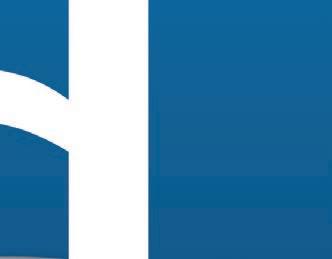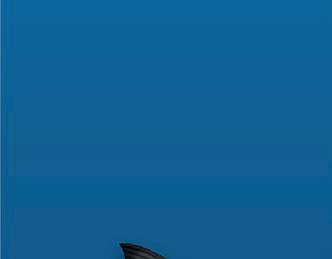F ish F armer


GO LARGE
Why farmers are opting for bigger pens
WOMEN IN AQUACULTURE




SEA POWER

Making boats and barges greener




Why farmers are opting for bigger pens
WOMEN IN AQUACULTURE




SEA POWER

Making boats and barges greener

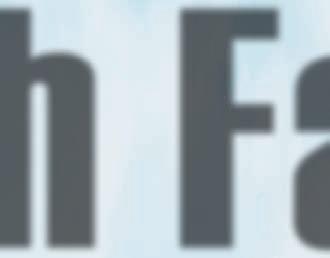
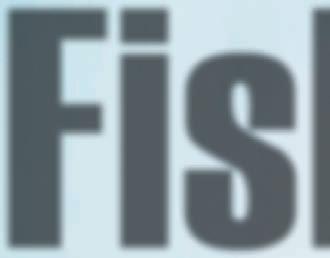
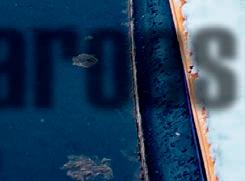
Lessons from an island nation
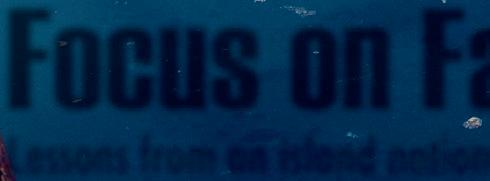
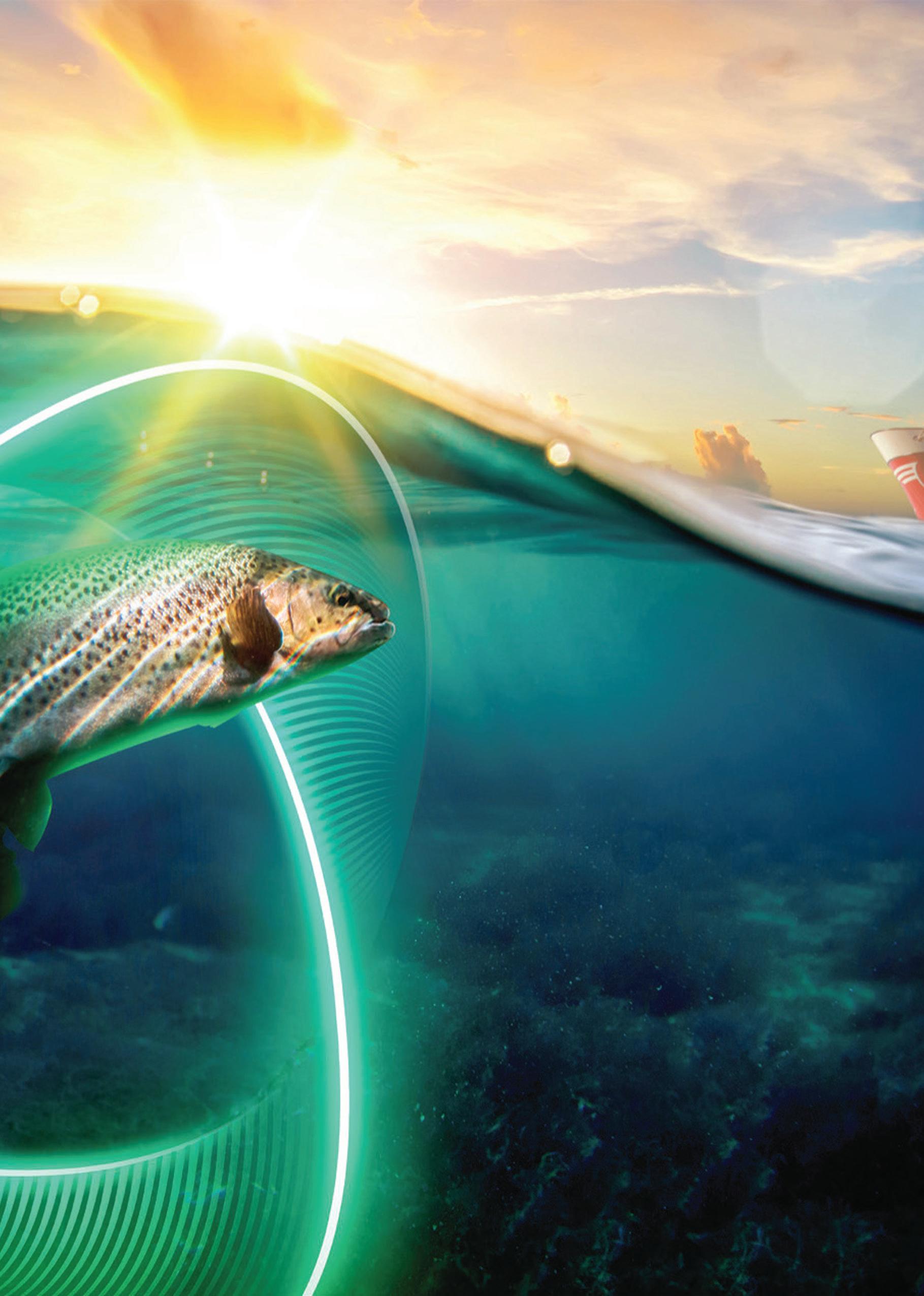
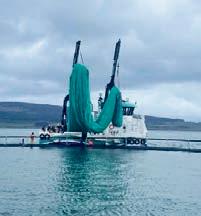

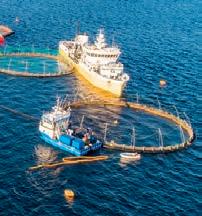

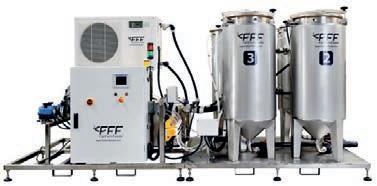

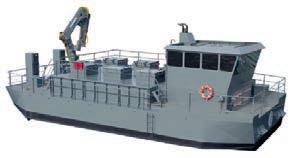

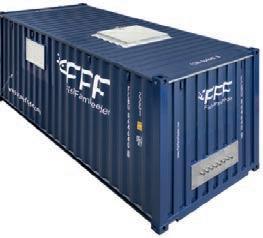
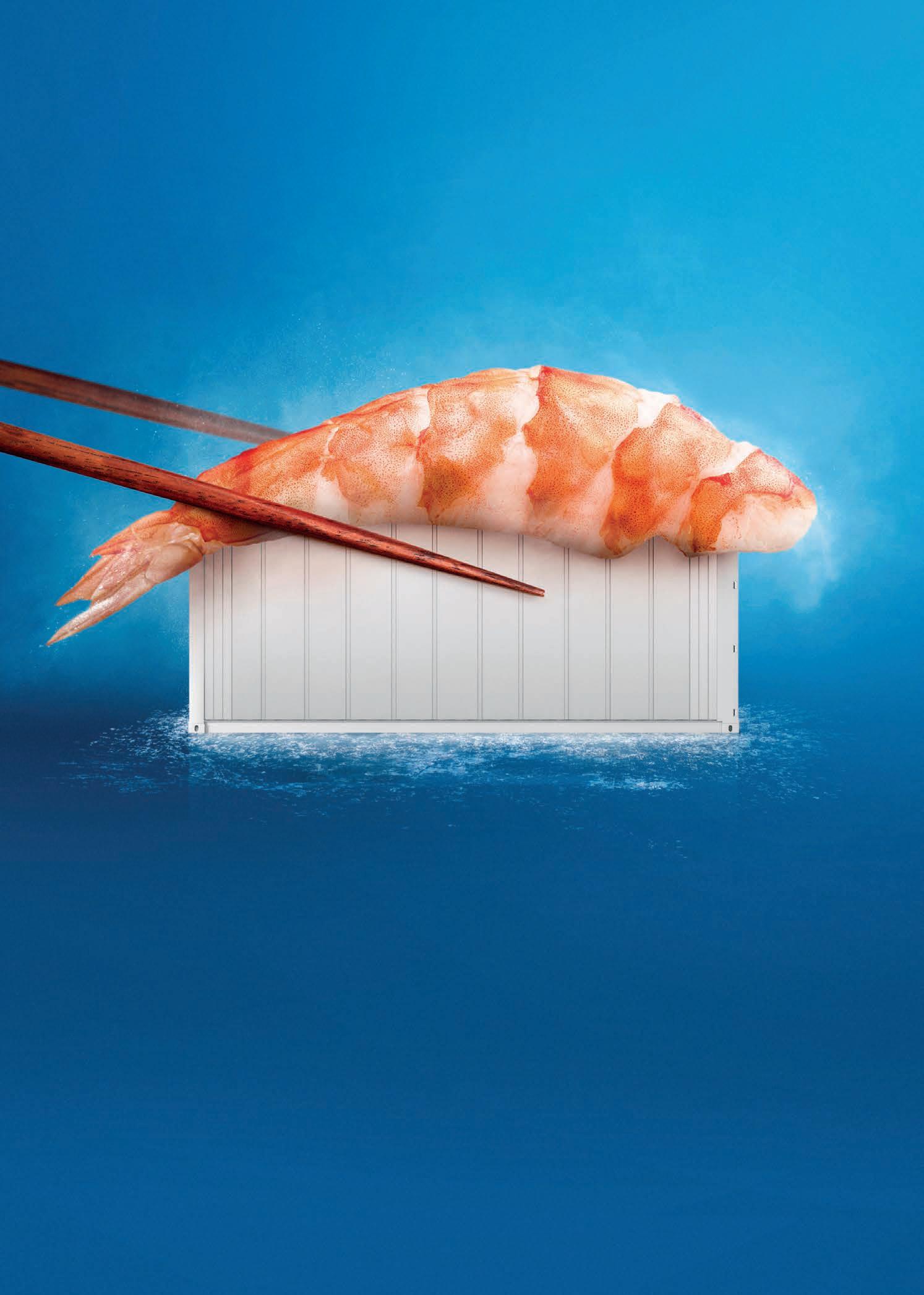
Difficulty in securing deep water intake for the plant was also a factor.
Gigha Halibut operates on the island of Gigha, off the Kintyre peninsula. The plant has a volume in excess of 10,000m3 with a pumping capacity of 5,000 litres per second. It is powered by local renewable energy and has a seafood processing unit. The Gigha farm was built as a land-based site for rearing salmon in 1986 and has been a focus for onshore aquaculture for nearly 40 years.
The company said: “The directors of HFF have taken the decision to no longer stock the fish farm on Gigha with juvenile halibut. The remaining halibut stock will be harvested out between now and March next year.”
The producers of an award-winning halibut farm on the west coast of Scotland have said that the current stock will not be replenished once it has been harvested.
Gigha Halibut, which was founded 15 years ago, gathered a number of celebrity commendations and awards.
Despite this, the directors of Gigha’s parent company, Holt Fish Farms (HFF), say a number of factors have made the enterprise no longer viable. Chief among the problems have been rising energy costs for the landbased recirculating aquaculture systems (RAS) farm and biological challenges arising from climate change.
The statement added: “We hope this may not be the end of fish farming on the site and the directors are evaluating various alternative species and uses that may be more suited to the changing conditions around Gigha.”
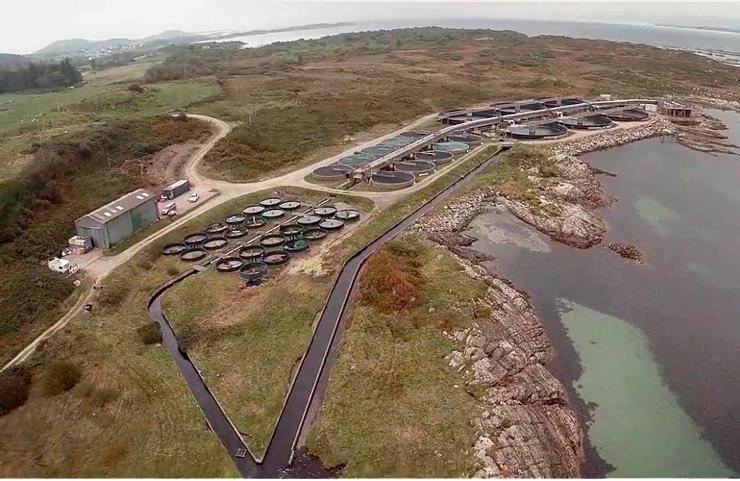
The associated Otter Ferry Seafish marine hatchery on Loch Fyne will continue to produce halibut juveniles for customers elsewhere and will seek to identify potential sites suitable for halibut farming elsewhere in Scotland.
Alastair Barge, Managing Director at Otter Ferry, said: “It’s very sad indeed, with the effort that’s gone into it and the position the product commanded because of its quality and provenance.”
HFF is promoting the site as a unique “bluefield” opportunity for a fish farmer looking to rear another species on Gigha.
MOWI Scotland has acquired Dawnfresh Farming almost a year after Dawnfresh’s parent company was placed in administration.
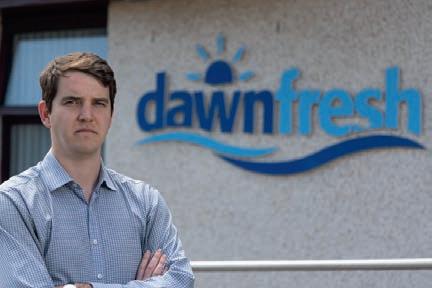
Documents filed at Companies House on 9 February announced that Mowi Scotland now has “significant control”, meaning that Mowi now owns at least 75% of the target company’s share capital.
The documents also confirmed the appointment of Ben Hadfield, Chief Operating Officer, Farming, Mowi Scotland, Ireland and Faroes, as a director of Dawnfresh Farming as of 7 February; and also the appointment of Piotr Kamil Kapinos as a director. Kapinos is a director at Mowi subsidiaries Dorset Cleanerfish Limited and Anglesey Aquaculture Limited. Scott Nolan, Sales and Operations Director (UK, Ireland & Faroes) with Mowi has also been named as a director.
As of 7 February, the directorships of Raleigh
Salvesen, Darren Allan, John Christopher Young and Alastair
Salvesen were terminated. Charges believed to relate to mortgages on vessels have also been paid off since the beginning of February.
Dawnfresh Seafoods was placed in the hands of administrators FRP Advisory on 1 March 2022. FRP immediately sold Dawnfresh’s Arbroath processing facility to Lossie Seafoods Limited, part of the Associated Seafoods Limited (ASL) group, and in June it was announced that Thistle Seafoods had agreed a deal to acquire the former Dawnfresh plant at Uddingston, near Glasgow.
Dawnfresh Farming operates seven fish farms and hatcheries across Northern Ireland and Scotland. The company raises freshwater trout at Tervine and Braevallich on Loch Awe and Loch Earn, and loch trout (sea trout) at Loch Etive. Dawnfresh is the largest trout producer in the UK, and the largest supplier worldwide of Scottish loch trout.
Dawnfresh Farming’s last accounts, for the year to 27 March 2022, recorded a net profit of £2.24m and the administrators have always expressed confidence that they would find a buyer for the business. Given the difficulty in gaining consent for new or expanded fish farms in Scotland, it is believed that there was a great deal of interest among Dawnfresh’s competitors – but it appears that Mowi had the deepest pockets.
Bring confidence to your net cleaning job, with the most reliable pump on the market.


NLB’s high-pressure water jet pumps are proven reliable for offshore and onshore net cleaning. Engineered specifically for the aquaculture market, they withstand the harsh conditions of open seas, foul weather, and salt corrosion, all while delivering the same performance and durability NLB has been recognized for since 1971. Our units also offer a compatible interface with the industry’s leading head cleaning systems.
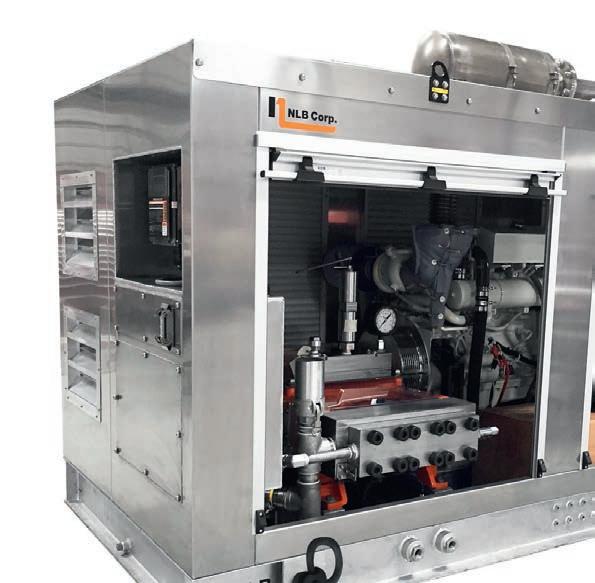
NLB will go the extra mile to make the switch easy for you. Contact us today to discuss your options!


LEADERS from the fields of aquaculture, technology and finance will be sharing their insights at the Blue Food Innovation Summit in London this May.
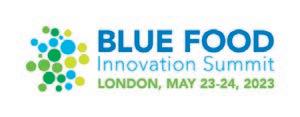
Taking place on 23–24 May at the Hilton London Tower Bridge, the summit brings together groundbreaking companies from around the globe to discuss forwardthinking approaches to aquatic
food production, including sustainable aquafeed, seaweed, fish health and welfare, and digital platforms for smallholder farmers.
Speakers include, to highlight just a few: Amy Novogratz, Managing Partner, Aqua-Spark; Jennifer Bushman, CMo, Kvarøy Arctic; ohad Maiman, founder and former CEo, The Kingfish Company; Melanie Siggs, Director of Strategic Engagements, Global Seafood Alliance; and Thor Talseth, Group CEo, Avramar. For details, see: www.bluefoodinnovation.com
TWo senior directors at trade body Salmon Scotland have left the organisation. Last month, Salmon Scotland said Hamish Macdonell, Strategic Engagement Director, and Lindsay Pollack, Aquaculture Sustainability Lead, were both leaving “to explore new opportunities” and thanked them for their contribution.
Macdonell joined Salmon Scotland in 2018. He was formerly Scottish Political Editor with The Times between 2016 and 2018, and also previously worked on The Scotsman as Political Editor. He was a regular columnist with Fish Farmer magazine.
Pollock had been with Salmon Scotland since 2021 and was previously Sustainability Manager with feed company Cargill.
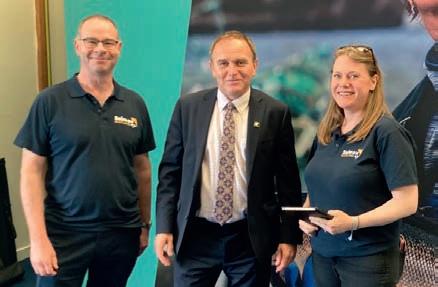
Left: Hamish Macdonell with George Eustice, UK Secretary of State for Rural Affairs (centre) and Lindsay Pollock

BAKKAFROST Scotland has confirmed it is to continue sponsoring the Western Isles Island Games Association (WIIGA) as the squad prepares to travel to Guernsey for the 2023 NatWest International Island Games in July.
WIIGA is celebrating its 25th anniversary this year. Run with the support of volunteers from across the sporting community, it works in partnership with local sports clubs throughout the Western Isles and provides invaluable support to elite athletes to enable them to compete in the event against 23 other islands from across the world every two years.This year’s competition expects 3,000 participants and a further 2,000 island visitors to attend.
MARINE biologist Professor Elizabeth Cottier-Cook has been presented with an Outstanding Contribution award by Women in Scottish Aquaculture (WiSA) in recognition of her teaching in aquaculture and her research contribution to the global seaweed industry.
There were also awards for individuals at Mowi, Bakkafrost and Heriot-Watt University.
Professor Cottier-Cook of the Scottish Association for Marine Science (SAMS), a partner of the University of the Highlands and Islands (UHI), received her award in recognition of her teaching in aquaculture and her research contribution to the global seaweed industry.
She played a key role in establishing the Erasmus Mundus Joint Master’s Degree in Aquaculture, Environment and Society (ACES-STAR), which enables international students to learn at centres in Oban, Crete and Nantes.
Professor Cottier-Cook has also been principal investigator on the five-year Global Seaweed STAR programme, which has combined UK expertise in taxonomy, genetics and disease management with the knowledge and practical experience of seaweed farming in Africa and Asia.
Professor Cottier-Cook said: “It was such a surprise to be told I had won the Outstanding Contribution Award, and I am extremely honoured. It is important to celebrate the success of women in any STEM field.
“There is an increasing number of women working in aquaculture and it is interesting to note that in the eight years of our ACES Joint Master’s Degree, women have made up roughly two-thirds of our students."

Also in the awards, Ingrid Kelling, Chair of the Marine Alliance for Science and Technology for Scotland (MASTS) and Assistant Professor at Heriot-Watt University, was named Academic Champion of the Year.
Donald Waring, Learning and Development Manager at Mowi, was named Ally of the Year.
Charlotte Bolton, Freshwater Optimiser at Bakkafrost Scotland, was also named Rising Star of the Year, while Connie Pattillo, Western Isles Area Manager for Mowi, was the winner of the Role Model of the Year award.
The WiSA network – which was founded by the Sustainable Aquaculture Innovation Centre (SAIC) on International Women’s Day 2019 – represents all areas of the sector from producers and the supply chain to academia, and continues to champion the diverse range of career opportunities for women in aquaculture.
LOCH Long Salmon (LLS) is to appeal against the decision to turn down the company’s application to build Scotland’s first semi-closed fish farm.
The proposed farm at Beinn Reithe, near Arrochar, fell within the Loch Lomond and The Trossachs National Park, and the Park’s board rejected the company’s planning application in October last year.
Announcing the appeal, the company said: “Loch Long Salmon [is] disappointed that officers and the board of Loch Lomond and The Trossachs National Park opposed the plans and believe the decision was fundamentally flawed, and based on fear and a misunderstanding of the technology and its potential to transform the Scottish aquaculture sector.”
LLS is a joint venture between Simply
Blue Aquaculture,Trimara Services and Golden Acre Foods.
The project was supported by a crossparty group of councillors, MSPs and the local MP.
Campaigning group AFFtheClyde was one of those arguing against the proposal for the fish farm at Beinn Reithe.

Hilary Worton of AFFtheClyde, whose members are made up of residents from around Loch Long, said: “One would not expect planning departments, councillors or board members to be expert in the specific subject of any given planning application, but one would expect them to take heed of expert opinion in that particular field, which, on this occasion, The National Park has done. In so doing it found that while this new technology certainly goes a long way to tackling the sea lice problem, it presents other potential dangers.”
AFFtheClyde is sceptical of claims that the proposed semi-closed technology – which would protect the salmon from sea lice and predators with an impermeable membrane and pump water from lower depths – has been “tried and tested”.
► Powerful waterbased antifouling that offers excellent protection against fouling
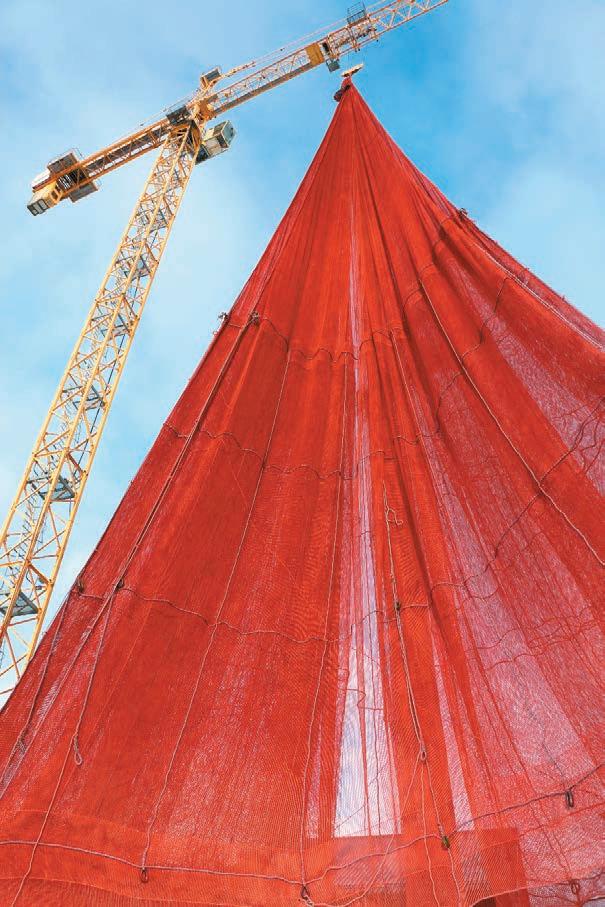
► Safe for the fish and for the environment
► Protects against UV radiation
► Controlled leaking of the active ingredient
► Contains no microplastics
► Based on 35 years of experience
THE annual contribution made by the aquaculture sector in Scotland to the national economy soared over the past decade, according to the latest Scottish government statistics.
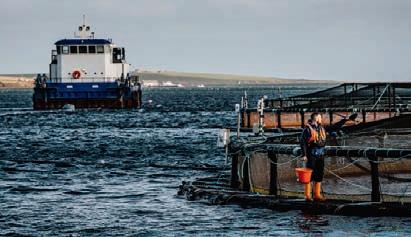
Scotland's Marine Economic Statistics 2020, which has just been published, shows that gross value added (GVA) by the aquaculture sector rose from £206m in 2011 to £362m in 2020, up by 76%.
Employment in the sector also increased by nearly a third over the same period.
Trade body Salmon Scotland said the research showed that farm-raised salmon “generates vital wealth for the country”.
Farming accounted for 9.4% of the Scottish marine economy in 2020, compared with 7.3% for sea fishing at £284m.
Overall, between 2011 and 2020, Scotland's fish farming sector contributed £3.3bn in GVA to the Scottish economy.



RESEARCHERS at Scotland’s Rural College (SRUC) have been awarded almost £39,000 to develop new seafood skills training courses in partnership with salmon producer Scottish Sea Farms. The project will develop and pilot three types of courses with seafood technicians, veterinary professionals and SRUC students. Technician training piloted with Scottish Sea Farms and continuing professional development (CPD) courses offered to vets will include topics such as higher-level data skills, fish health and gill health.
Undergraduate skills development will be offered to SRUC students –particularly those studying Rural Animal
Health and Animal Science – through work placement activities.
The money was awarded from the UK government’s £100m UK Seafood Fund, which aims to support the long-term future and sustainability of the fisheries and seafood sector. The aim of the project is to improve the skills and knowledge of technicians and veterinary professionals currently working in, or interested in diversifying into, the seafood sector. It will also highlight career opportunities available to students. It will maximise the use of SRUC’s virtual learning environment to ensure course materials are accessible to
workers in remote coastal communities and will improve links between aquaculture veterinary sector businesses in these areas.
Dr Mary Thomson,Vice-Principal, Skills and Lifelong Learning, at SRUC said: “This is a fantastic opportunity to support the sector with upskilling, which can improve business productivity.”
Ronnie Soutar, Head of Veterinary Services at Scottish Sea Farms, commented: “The health of our fish and the development of the people who care for them are central to everything we do at Scottish Sea Farms, and this new collaboration with SRUC will support both – namely, by providing current and emerging generations with opportunities to gain practical experience and, in turn, grow their skills and understanding.”


BAKKAFROST Scotland has said it intends to submit a planning application for a RAS facility at the Hunterston Port site in Ayrshire.
The recirculating aquaculture systems (RAS) plant would be the second in Scotland for the Faroes-owned salmon producer, which is already in the process of constructing a RAS site at Applecross on the west coast of Scotland.
Hunterston is one of Scotland’s largest deep water ports and formerly imported coal for power stations, but it is now a derelict brownfield site that has been earmarked for development as Hunterston Port and Resource Centre (PARC) by its owners, Peel Ports Group.

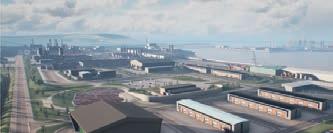
A Bakkafrost spokesperson said: “Bakkafrost Scotland can confirm it is in the early stages of a planning application process in relation to a proposed RAS facility and has lodged a planning application notice

(PAN) with North Ayrshire Council for the development at Hunterston PARC on the Clyde coast in Ayrshire.”
The company will be setting out its plans at public exhibitions on Wednesday 1 March at Fairlie Village Hall, near Largs, and on Thursday 30 March at West Kilbride Village Hall. Information will also be posted online.
The new RAS facility is expected to create around 35 specialist jobs and support the wider supply chain. Bakkafrost will use this and the Applecross facility to grow smolts for longer and to a larger size in freshwater before they are released into net pens at sea. Hunterston PARC has been granted special development status in the Scottish government’s National Development Plan, giving it priority as a site for investment in renewable energy, aquaculture, research and development, and the circular economy.
Anti-salmon farming campaigner Don Staniford has objected that the site will be

close to the Hunterston B nuclear power station, which was shut down in January last year and is currently in the process of being decommissioned. He described the combination of fish farming and nuclear energy as “a marriage made in hell”. Bakkafrost has stressed, however:
“RAS is a land-based biosecure closed system. Our system uses freshwater from local sustainable land-based water sources, is highly energy efficient and will convert all waste produced to a renewable product.”
THE combined fishing and fish farming group Lerøy Seafood has announced lower operating profits for the final quarter of 2022. However, revenues for the period were up from NOK 6,519m (£508m) in Q4 2021 to NOK 7,114m (£580m) this time.
Rising costs meant the operating profit, or EBIT, for Q4 2022 was NOK 800m (£65m) against NOK 902m (£73m) a year earlier.
Lerøy said that price inflation for almost all input factors over the past year had impacted on group costs.


Losses from associates and the joint venture, in which Norskott Havbruk/Scottish Sea Farms owns the majority stake, were NOK -113m (-£9.06m) in Q4 2022, compared with NOK -10m in Q4 2021 (-£08m).The quarterly report states: “It has been an extremely difficult quarter for Norskott Havbruk, with challenging biology."
The operation had an operating loss of NOK 122,312 (around £9,500) against NOK 10,709 (£870) in Q4 2021.
CEO Henning Beltestad said: “The seafood market in 2022 was very strong. At the same time, like other industries, we experienced pressure on costs.
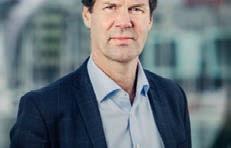
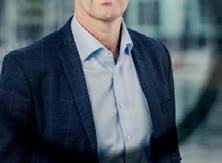

“The other thing that has marked the year is the proposal for ground rent tax, where we are already seeing strong negative effects on investments along the coast of Norway in particular. This is very unfortunate for Norway as an aquaculture nation, and for the industry and everyone who works in it.”
The Lerøy report said a seasonal increase in harvest volume in Norway in the second half of 2022 meant lower prices for salmon and trout than in the first half. It went on: “This affected the group’s revenue for Q4, although the high harvest volume continued to generate good earnings for the Farming segment despite lower margins.
“As expected, lower whitefish quotas (cod, haddock and saithe) led to lower catch volumes and earnings compared with the same period in 2021.”
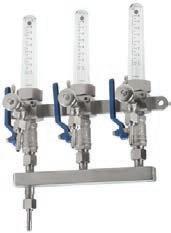

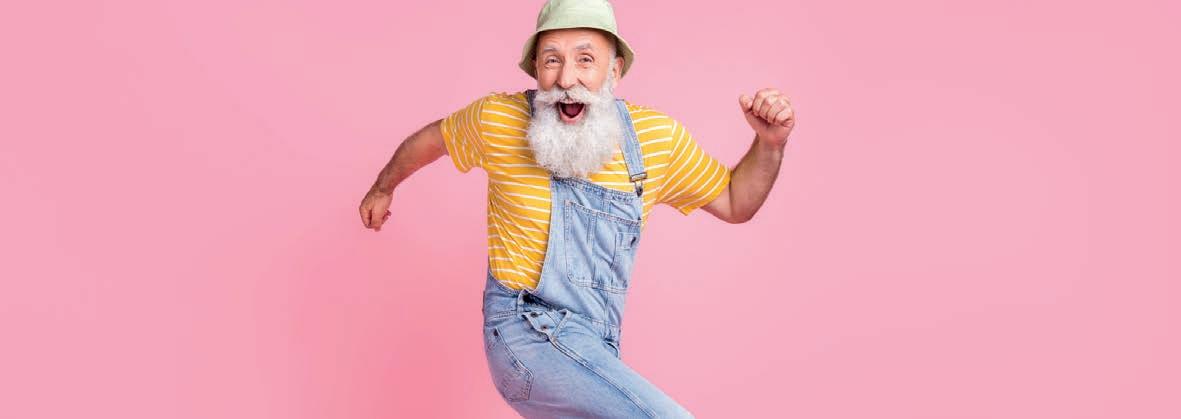

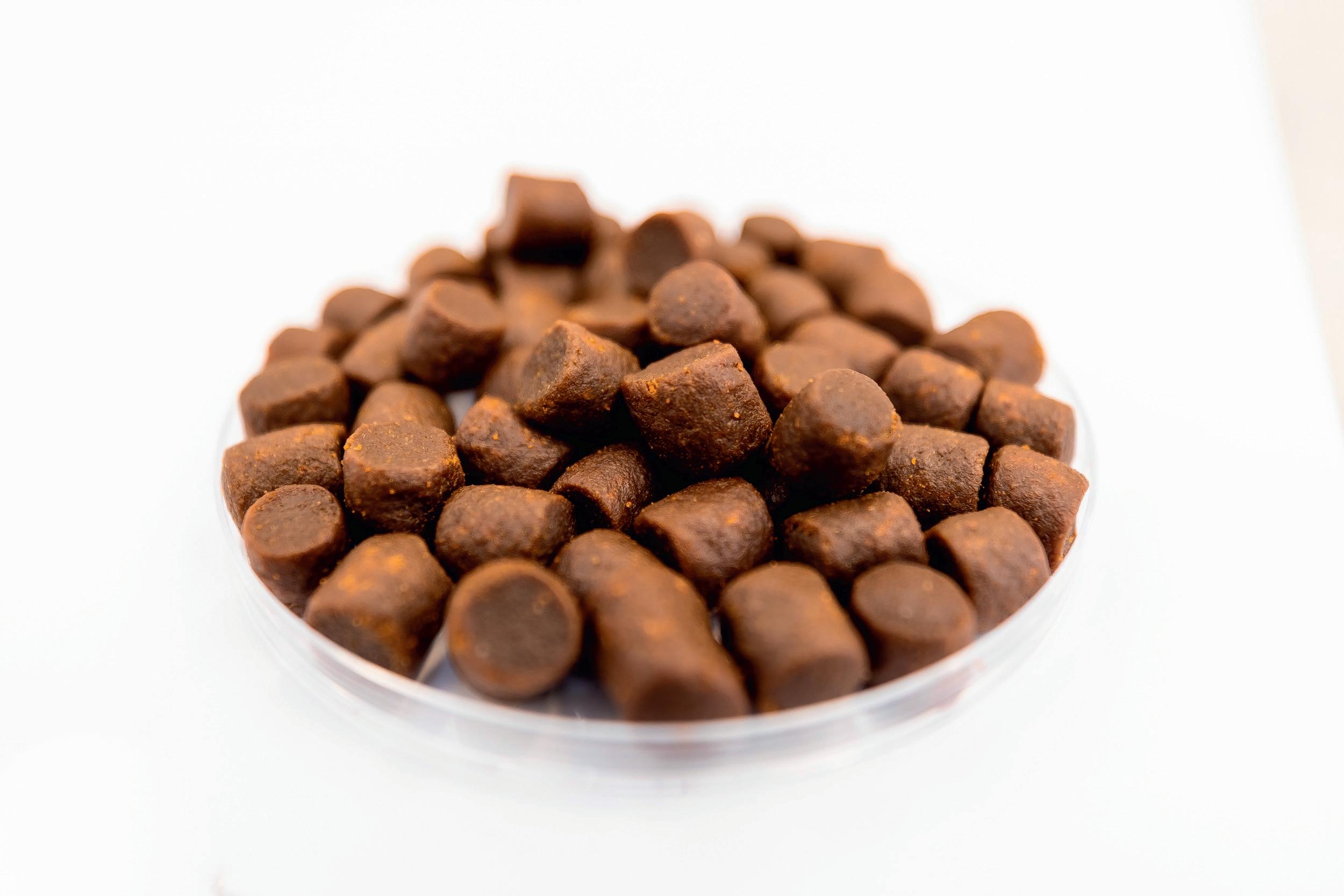
Mowi’s feed mill in Kyleakin on the Isle of Skye produces feed for salmon and trout at all lifecycle stages and for fresh and seawater environments.
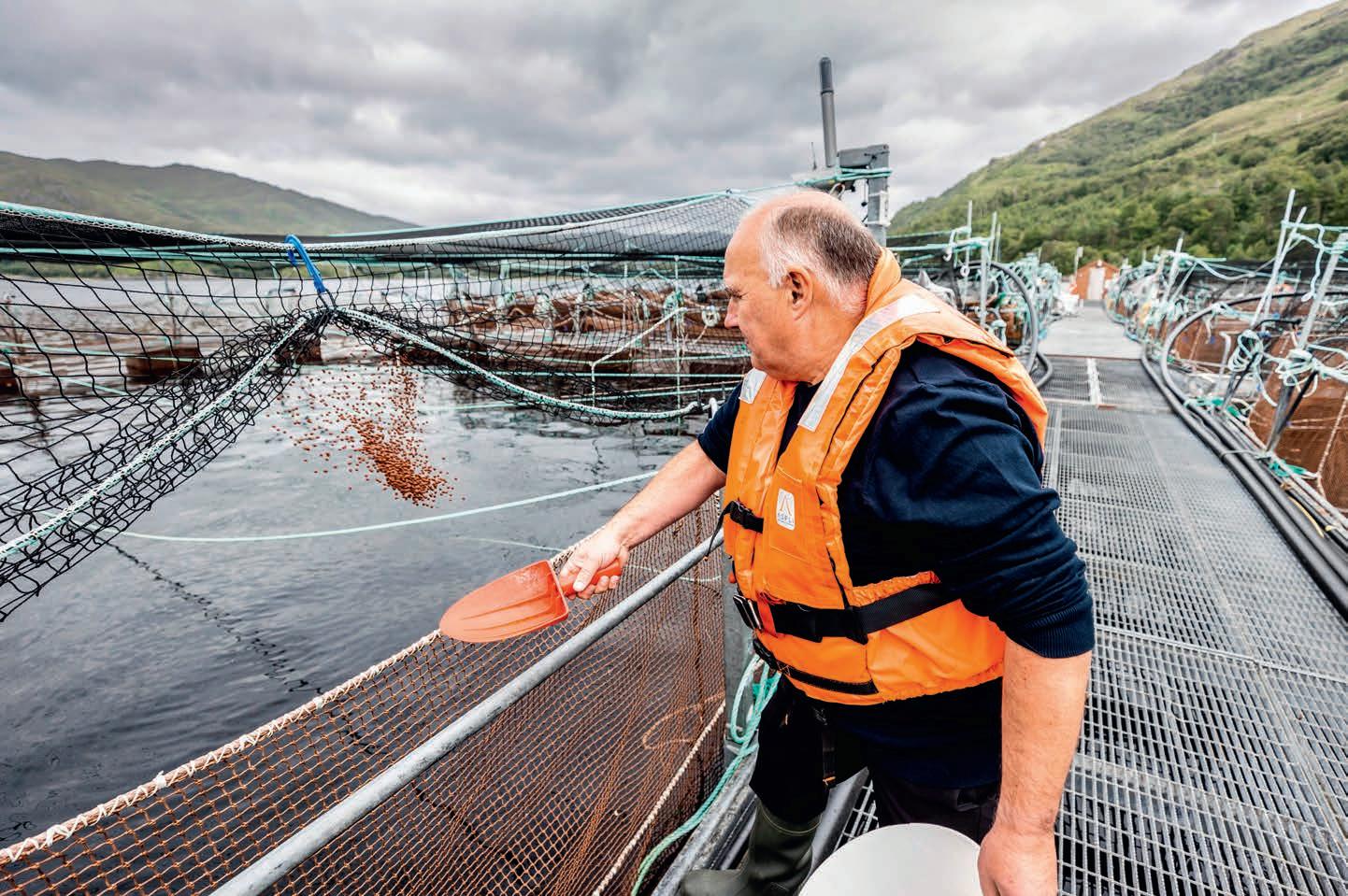
R&D is central to everything we do at Mowi Feed and ongoing field trials inform our approach to optimising raw materials, growth rates and animal robustness.

We have a robust policy on sustainability and all ingredients used in fish feed are traceable. Mowi also holds certifications for feed production according to the GlobalGAP CFM, Label Rouge and organic (Naturland and Soil Association) standards and we are already working towards gaining accreditation to the forthcoming ASC Fish Feed Standard. Mowi is regularly audited by many of the major European retailers and comply with the quality standards prescribed by a wide diversity of retail outlets.

We offer bulk deliveries using our own vessels and we can deliver in bags by sea or road transport. To




expanded operations, and achieved significant growth in the final quarter and last year.”
He added: “We are entering 2023 in a strong financial position and as a proud contributor to the Icelandic economy and society.”
The fourth-quarter operational EBIT or profit was €9.3m (£8.3m) against €3.65m (£3.3m) in the same period in 2021.
The group’s operational EBIT or profit for 2022 amounted to €6.15m (£5.5m) compared with €7.3m (£6.5m) in 2021. In per-kilo terms, it more than trebled from €0.65 to €2.24 (£2) for the year.
The group’s harvest last year increased by 40% to 16,138 tonnes and from 4,272 tonnes to 6,008 tonnes during the final quarter.
ICELANDIC Salmon, the parent company of Arnarlax, has announced a big increase in its 2022 final-quarter operating income, which was up by almost €16m year on year to €51.7m (£46m).
For 2022 as a whole, income rose to
€157.6m (£140.4m) against €90.8m (£80.9m) in 2021, an increase of 74%.
Norwegian group SalMar owns both Icelandic Salmon and Arnarlax.
Björn Hembre, CEO of Icelandic Salmon and Arnarlax, said: “We are starting to reap the benefits of our
The report said the group had maintained cost control with regard to harvesting and reduced costs between the third and fourth quarters of 2022. Costs are expected to increase in this year, the company said, as a result of increased prices of raw materials.
NORWAY’S Måsøval Eiendom has entered into a strategic partnership with the family-owned Icelandic fishing company Ísfélag Vestmannaeyja to run Måsøval’s Iceland-based salmon operation, Ice Fish Farm. A separate holding company, Austur, has been created to manage the joint ownership.

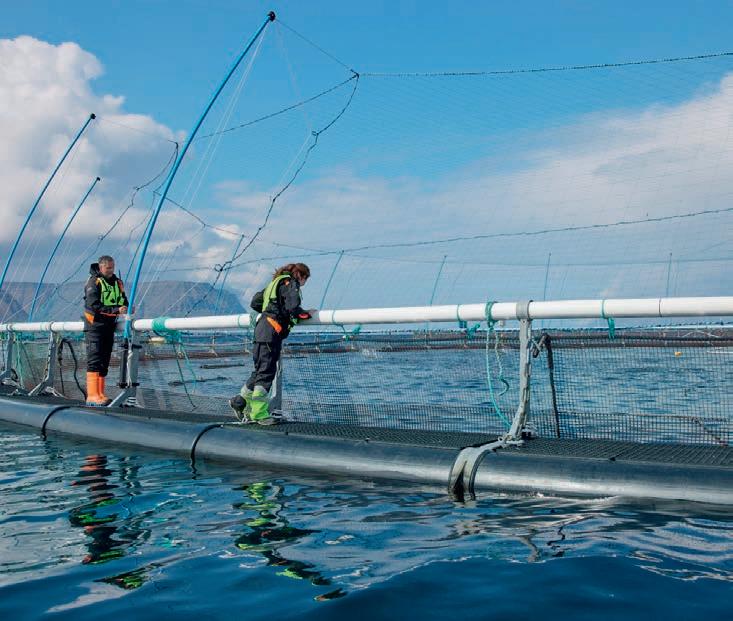
Last November, Fish Farmer reported that Måsøval, the main shareholder in Ice Fish Farm, was seeking a suitable partner for the business.
Norway-based Måsøval Eiendom said in a market statement: “To facilitate the transaction and the partnership, Måsøval Eiendom has established Austur Holding AS (“Austur”) for the sole purpose of holding shares in Ice Fish Farm.
“Austur will at closing of the agreement i) own all 51,361,866 shares in Ice Fish Farm, formerly held by
Måsøval Eiendom, and ii) hold the shareholder loans provided by Måsøval Eiendom to Ice Fish Farm.”
Lars Måsøval, Chairman of Måsøval Eiendom, said: “Ísfélag Vestmannaeyja will broaden and strengthen the shareholder base of Ice Fish Farm and be a valuable stakeholder that we believe will contribute to our future success on the Icelandic east coast”.
Also last month, Ice Fish Farm reached a long-term agreement with four banks to secure a loan of €156.2m (£138m) to help take the business forward.
The new financing includes a €60m (£52.6m) term loan facility for the refinancing of certain existing indebtedness of the group, €20m (£17.5m) capex facility for financing of new equipment, upgrades to facilities, investments in barges, vessels and other assets, and up to €70m (£61.4m) as a revolving credit facility.

NORWEGIAN company Smart Salmon plans to build an 8,000-tonne land-based salmon farm in Brittany, France.
The Smart Salmon recirculating aquaculture system (RAS) facility will be near the small north-west town of Guingamp, although local media is reporting some opposition to the plan. Israeli firm AquaMaof will supply the technology.
The company said: “After many years of escalating work, it is a pleasure to inform that Smart Salmon recently has delivered the application for land-based salmon farming in Brittany, France.
“AquaMaof together with Alde Aqua [and] Cesia among others, have been of utmost importance in the application process.”
The application includes more than 1,000 pages in addition to detailed 3D models of all parts of the planned facility.

Smart Salmon is planning to produce the fish all the way from eggs to consumer-friendly packages of fresh fillet.
The company said: “Smart Salmon is excited regarding the plans for salmon production in France, but we recognise some resistance.
“We are respecting the opponents’ views, but we believe that most of the opposition is due to inaccurate information, even though Smart Salmon has had a strong focus on informing the public and all stakeholders.
“Our facility will produce some of the most environmentally friendly animal proteins in the world and this is backed by our ESG report released earlier this week.”
SALMON farmer Cermaq has teamed up with specialist producer Folla Alger AS on an innovative farm site that combines salmon and kelp farming.
The sea site is located in Steigen municipality, in the Nordland region of Norway. It is designed as a traditional salmon farming facility with 24 cages, but with special solutions for growing kelp in the middle cages and salmon in the outermost cages on each side. Folla Alger is collaborating with Cermaq on the salmon farming at the sea site, while research institute SINTEF Ocean is producing the first kelp delivery for stocking at sea.

Silje Forbord, Research Manager at SINTEF Ocean, said: “Combined operation can provide good area utilisation by producing several species within the same area. This area is already set aside for salmon, and by growing kelp on the same site in addition, we hope to be able to contribute to increasing value creation. This setup allows us to use the nutrients released by the salmon in a sensible way by producing kelp, which can in turn be used as a raw material in new feed.
“We know that we can get up to 50% better kelp growth by cultivating it together with farmed fish. Now we will also look at whether there are more advantages to combined operation, says Forbord.”
Folla Alger was set up as a company specifically to explore integrated kelp and salmon production. The company’s Chairman, Tarald Sivertsen, commented: “Fish farming and kelp farming are both industries for the future, and will be important contributors to the green shift.”
Some of the nutrients released from salmon net pens are water soluble, the project partners said. These nutrients will fertilise the kelp and lead to increased carbon sequestration as the kelp grows. With the help of photosynthesis, the kelp utilises the sunlight, grows and binds carbon from the sea. The project will look at how salmon and kelp farming can mutually benefit each other.
It will also explore how salmon might benefit from being reared in an environment where kelp is growing – essentially, integrated multitrophic aquaculture (IMTA) production.
Folla Alger has been granted research and development licences from the Directorate of Fisheries to carry out the project. SINTEF Ocean is responsible for the research, which will be carried out in close collaboration with Norwegian University of Science and Technology (NTNU) and Nord University.
Smart Salmon is also planning to build a large post-smolt, landbased farm in Smørhamn, in Bremanger, Norway, with the aim of supplying post-smolts to marine fish farms.







FRESH salmon prices hit a new record in week 9 of this year, with the price of salmon going up for a third week in succession, according to Statistics Norway.



Just when many people thought they might be due for a downward correction, they shot up by 6.2% to NOK 119.48 a kilo (£9.45).
Some buyers are describing the current market situation as being “quite crazy”. The industry’s main worry is that the high headline figures will provide more ammunition to those who want to impose higher taxes on the industry.
It is often forgotten that production costs, particularly in relation to feed, have also risen
sharply and now average more than NOK 50 a kilo (£3.96).
The prices being quoted by Statistics Norway is for quality fish of around 5–6kg, but there is also a sub-market of winter wound-damaged fish selling for considerably less.



The NOK 119.48 figure is 42% higher than the same week a year ago and almost 90% up on week 9 in 2021. In week 9, Norwegian salmon farmers exported 15,004 tonnes of fish, slightly up on week 8.
But overall export volumes appear to be on the way down, with overseas sales last month 41,000 tonnes lower than in February 2022.
GEIR Olav Melingen has been named as the next head of Benchmark Genetics. He is set to take up the post on 1 June when the current incumbent, Jan-Emil Johannessen, retires.
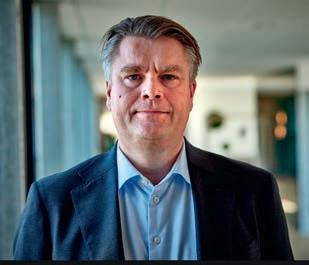
Benchmark Genetics is the genetics and breeding division of the Benchmark aquaculture biotechnology group. Melingen is currently Benchmark Genetics’ Commercial Director, Salmon, and he is a former CEO of Fishguard, part of the MSD group. He was also previously CEO of the Bergen Aquarium.

Meanwhile, Benedikt Hálfdanarson,has been appointed as General Manager of Benchmark Genetics Iceland HF, after his predecessor, Jonas Jonasson, stepped down. Hálfdanarson was previously General Manager at Vaki Aquaculture Systems.
THE Gadus group, one of Norway’s up-and-coming cod farming companies, has changed its name. It is now called Ode, which it says reflects a new chapter and new direction for the business.



CEO Ola Kvalheim said: “We have made the choice to reposition the entire company to focus on the international consumer market, while also showing that we are proud of what we have created so far and that we operate aquaculture.”
INTERNATIONAL pump and pumping solutions business
DESMI has named Morten Axel Petersen as its next Group CFO. An experienced executive, he joins from Danish wireless tech business RTX AS, where he was Group Chief Finance and Strategy Officer. Petersen’s predecessor as CFO at DESMI, Jan Thaarup, had been in post since 2001. He is leaving to pursue other interests, but retains a 25% share in the company.
NORDIC Halibut saw its losses mount during the final quarter of last year, but the company said its investment programme was on track and prices achieved so far had been good.
The Q4 operating loss increased from NOK 5.1m (£420,000) in Q4 2021 to NOK 13.3m (around £1.1m) this time. Operating income during the quarter was up slightly to NOK 32.3m (£2.6m).
Nordic Halibut is one of a new generation of Norwegian halibut and cod whitefish farmers , most of which are at an early growth stage so have yet to produce meaningful profits.
The company’s growth plan has production targets of 4.500 tonnes (HOG or heads on gutted) in 2026 and 9,000 tonnes (HOG) by 2030.
Nordic Halibut expects to put around a million juveniles to sea this year, enabling an eventual run rate of 4,500 tonnes of halibut (HOG).
The company said the buildup phase and other factors had led to increased expenses, but the volume ramp-up and planned growth towards 2026 and 2030 would have a significant impact on production costs and results.
The production ramp-up has been advancing according to plan with an all-time high figure of 700,800 fish put to sea during 2022 –equivalent to a harvest volume of 3,500 tonnes in 2025.
With promising biological performance throughout production, however, the company was still confident that the scale effect when target volumes are reached would be significant.
It added: “To reach this production target, Nordic Halibut will build a new land-based facility at Tingvoll, Norway, that will produce 1.25 million juveniles annually from 2027 – enabling production of 9,000 tonnes HOG halibut from 2030.
“The approval of the zoning plan during February 2023 and the overall project progression in 2022 and 2023 strengthens current timeline estimates for facility completion.”
The company exceeded its 2022 revenue target by 7%, ending at NOK 80m (£6.43m). Revenue in Q4 2022 ended at NOK 32m (£2.57m), up 4% year on year on lower harvest volumes and higher price achievement
Nordic Halibut saw improved average sales prices during Q4 2022 with the achieved price for fresh, whole halibut ending at 165 NOK/kg HOG (£13.26, an increase of 17% year on year).
The company has issued a guidance harvest volume of 1,200 tonnes for 2023, equivalent to 1,080 tonnes HOG.
NORWEGIAN cod farmer Norcod has reported 2022 fourth-quarter sales of NOK 51.48m (£4.1m), almost the same as for Q4 2021.
The operating loss before fair-value adjustment for the quarter totalled NOK 32.3m (£2.5m).The operating loss for 2022, again before fair-value adjustment, was NOK 123.1m (£9.8m)
Norcod said it had been able to initiate a second harvest and that it was receiving consistently good feedback regarding product quality.
It also reported a new generation of fry approaching the growth phase and good traction with existing customers.
The other good news, it reported, is that purchasing prices for feed stabilised during the period.The company expects that feed prices have peaked and a slow reduction is expected in the coming periods.
“Increasing prices of fuel and power continue to present challenges to Norcod and industry in general,” it added, however.
Norcod said the 2022 generation, stocked at the production site Forså and Jamnungen, was expected to provide an estimated harvest volume of 11,000 tonnes (whole fish equivalent) market ready in 2023/24.
In February, the Norwegian Directorate of Fisheries ordered Norcod to slaughter the contents of two out of five cages at one of its sites in Nordland after the discovery that some fish had reached sexual maturity early.
• Fish Cage Nets
– Nylon & HDPE
• Predator Solutions
• Net Service Plant
• Treatment Tarpaulins
• Lice Skirts
• Supplier of LiFT-UP
• Wrasse Hides
SALMAR has reached an agreement to sell the Norway Royal Salmon (NRS) sales operation to Dutch salmon and whitefish company Visscher Seafood.
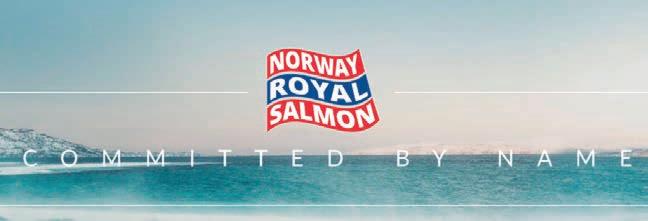
The Norwegian salmon giant took over NRS as part of its acquisition of NTS group last year, of which NRS was a subsidiary. SalMar is now preparing to integrate its new businesses into the existing group operational structure.
It would appear that the NRS sales office, based in Trondheim, is now surplus to
Smarter, stronger, more economical drum filters
requirements.
Visscher Seafood has listed a number of goals over the next two years and these include a customer base on four continents with 50% of its turnover coming from overseas markets.
It also expects its brand portfolio to exceed €10m (£8.8m) annually and to be listed in retail chains in five countries, with two-thirds of its seafood MSC, ASC or organic certified by 2025.

Visscher Seafood also holds a stake in Scottish salmon farmer Organic Sea Harvest.
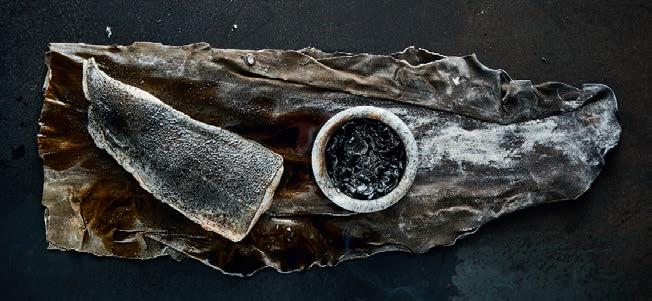
The Hydrotech Drum Filter Value series focuses on reduced maintenance, increased component quality and simplified operation – all to give your plant maximum filtration performance at a minimum operational cost.
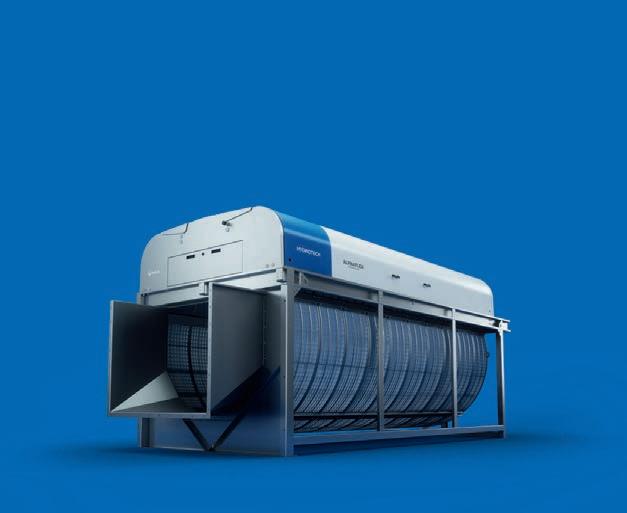
Contact us! Call
(0)40 42 95 30

aquaculture and specialises in functional feeding solutions that are suitable for northern conditions.The joint venture partners said the acquisition would complete Finnforel’s sustainable circular-economy fish-farming chain while enhancing aquaculture producers’ access to Alltech’s nutritional technologies.
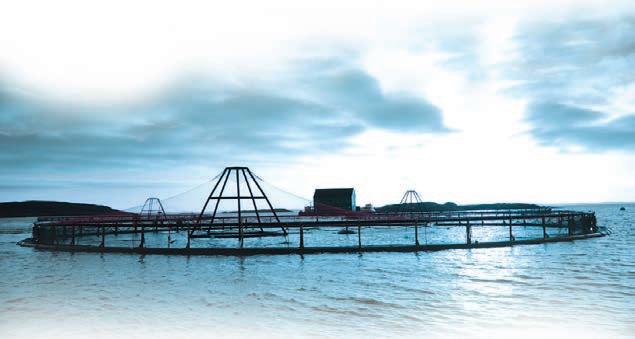
Finnforel produces rainbow trout in land-based recirculating aquaculture systems (RAS) and its strategy is to control the entire production chain from eggs to harvest and processing. Acquisition of the Raisioaqua site is seen as the last link in that chain.
Pekka Viljakainen, Chairman of the board of Finnforel Oy, said: “I believe that Finnforel’s well-honed model, which works without antibiotics or environmental emissions, can support a significant part of this market.”
INTERNATIONAL feed producer Alltech has teamed up with Finnish fish farmer Finnforel to buy the Raisioaqua fish feed production facility from Finnish company Raisio. The acquiring parties, which also include Finnish company Heinio, paid €7m (£6.1m) in the form of a share deal.
Pekka Kuusniemi, CEO of Raisio, said: “Raisioaqua Ltd is the only Finnish fish feed manufacturer, and its production also plays a vital role in Finland’s fish farming and security of supply.Therefore, it is great that we found a good new home and buyer for the business – one whose business has a place for Raisioaqua’s fish feeds and who will continue to operate the factory in Raisio. Raisioaqua has performed well in the challenging market environment of 2022.”
Raisioaqua manufactures environmentally friendly feed for
He added: “At the heart of Finnforel’s strategy are so-called gigafactories specialised in sustainable aquaculture. In these aquaculture gigafactories, the entire production chain is in our own hands, from the parent fish and the eggs they produce to the consumer products.”
Ronald Faber, CEO of Alltech Coppens, Alltech’s aquafeed arm, said: “Finnforel and Alltech Coppens have been working together for several years on sustainable aquaculture practices. This joint acquisition reflects the ambition of both companies, our shared values and the strength of our partnership.”
Jussi Mekkonen, CEO of Finnforel Oy, said: “We have another new aquaculture facility that will be completed in spring 2023, after which we will be able to produce the eggs used in fish farming.Then, the entire fish-farming chain will be ready to be exported to the world.”
SALMAR’S results for the final quarter of 2022 reflect its new position as the world’s second largest Atlantic salmon farmer, after acquiring the NTS group.
Group-wide Q4 operating revenues totalled just over NOK 6.4bn (£525m) against NOK 4.67bn (£383m) 12 month earlier.
The operating EBIT or profit came to just over NOK 1bn (£82.5m) up from NOK 890m (£72m) for Q4 2021.
SalMar said the final quarter last year marked the end of an eventful year for the group, which saw SalMar winning a tough bidding war for NTS (and the NTS subsidiaries Norway Royal Salmon and SalmoNor) against Mowi, the world’s biggest salmon farmer.
However, SalMar’s results were affected by biological issues in central Norway and Scotland.
Norskott Havbruk (Scottish Sea Farms), which is owned jointly between SalMar and the Lerøy group, had a very weak result in the period because of its biological challenges. Even though the harvest at Scottish Sea Farms (SSF) increased from 4,900 tonnes in Q4 2021 to 7,300 tonnes this time, and operating revenue rose from NOK 344m (£28m) to NOK 693m (56m), the biological issues saw operating loss or EBIT increase from NOK 29m (£2.3m) to NOK 128m (£10.4m) between October and December last year.
SSF had a harvest volume of 7,300 tonnes of salmon in the quarter. By comparison, the company harvested 4,900 tonnes in the corresponding period last year.
Norskott Havbruk harvested 7,300 tonnes in the quarter compared with 4,900 tonnes in the fourth quarter of 2021.
Norskott Havbruk generated operating revenues of NOK 693m (£54.1m) in the fourth quarter 2022, compared with NOK 344m (£26.8m) in the fourth quarter last year.
The increase is due to more volume harvested. EBIT per kg gutted weight was a loss of NOK 17.46 (£1.36) in the period. This is up from a loss of NOK 5.84 (£0.45) per kg in the same period last year.
SalMar CEO Frode Arntsen said SalMar was considering strategic alternatives for ownership of its wellboat and aquaculture support business, Frøy ASA, with strong interest from several parties.

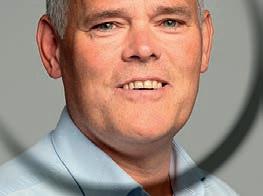

On the group performance, he said: “As a result of the acquisition of NTS, Norway Royal Salmon (NRS) and SalmoNor, which has given us more than 500 new colleagues and a strengthened operational structure along our entire value chain, SalMar has grown to become the world’s second largest salmon producer.
“We have thus created an even stronger platform for further growth in SalMar. We will continue to deliver healthy and sustainable salmon, and always strive for further improvements in our industry at sea and on land.”
THE impressive start to the new year for Norway’s seafood exports continued during February, the latest figures show, with values rising despite a fall in volume.
In value terms, seafood exports rose by 14% to NOK 12.8bn (just over £1bn) with salmon again the main driver. However, overall volumes were down by 17% to 207,000 tonnes and the rise in value has been attributed to foreign exchange factors.

Norwegian Seafood Council CEO Christian Chramer said: “We have to go back to 2006 to find a February with a lower export volume.”
He explained that a weaker Norwegian Krone was the main factor behind the increase in value.

The country’s salmon farmers exported 81,645 tonnes worth NOK 8.8bn (£704m).Thanks to continuing high prices, the value increased by NOK 1.2bn (£95m), but the volume was down by 8%.
The US, Poland and France were again the largest markets with the US showing a huge value increase of 77% or NOK 432m (£34.5m) and a volume increase of 41% to 6,604 tonnes.
Norwegian Seafood Council analyst Paul T. Aandahl said: “The good development in the US is the result of several factors. Demand growth in combination with a strong currency are the most important drivers.
“In addition, there has been a weak development over time in salmon production in other supplier nations.”











GRIEG Seafood ended 2022 with a record-breaking performance although biological issues took a chunk out of the final quarter’s profits.
The company reported operational profit or EBIT of NOK 1,739m (£142m) for last year against NOK 442m (£36m) in 2021.
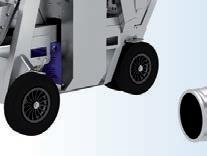

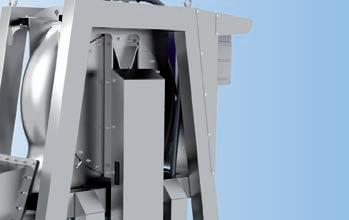

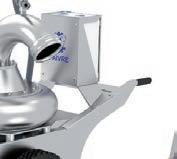


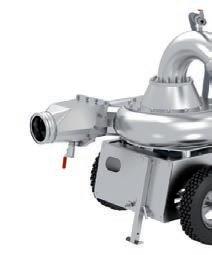
The EBIT for the fourth quarter, however, fell from NOK 265m (£21m) in Q4 2021 to NOK 156m (£12.7m) for Q4 last year, on a 2,500 tonne lower harvest of 21,186 tonnes.
CEO Andreas Kvame said: “2022 was a record-breaking year for Grieg Seafood. In our 30-year-long history, we have never achieved a higher operational EBIT, seen a stronger market or harvested higher volumes in our existing farming regions... during the fourth quarter, we experienced challenging biological

conditions in our Norwegian regions, particularly in Finnmark.

“Mitigating measures have been taken and the underlying biology is improving. In BC, production was good during the quarter with stable survival. The Newfoundland region is developing according to plan.”
The company said it expected a harvest of 82,000 tonnes this year.

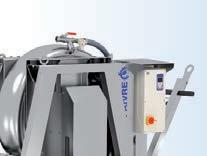











of giving anti-salmon farm campaigners news of the decision before informing the industry and those First Nation members who are likely to be affected.
Brian Kingzett, the Association’s Executive Director, said: “The Federal government continues to demonstrate a lack of care for rural coastal communities and continues to put the interests of activists above the people who grow Canada’s food. It is unacceptable that activist groups had advance notice, before licence holders and community leaders.
MOWI has signalled it is ready to take legal action if the Canadian government goes ahead with its threat not to renew salmon farming licences around the Discovery Islands in British Columbia.

Fisheries Minister Joyce Murray said last month that the licences held by larger companies in the region, also known as the Laich-kwil-tach and Klahoose First Nations territories, will not be renewed.

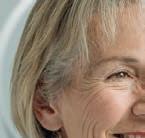
Canada’s Federal Court last year ordered that the decision by Murray’s predecessor, Bernadette Jordan, to rescind all finfish farming licences in the Discovery Islands region should be set aside and the question should be reconsidered. Murray has decided, following this process, to reaffirm the original order.

She said: “The state of wild Pacific salmon is dire and we must do what we can to ensure their survival.This was a difficult but necessary decision. By taking an enhanced precautionary approach in the Discovery Islands area, the government of Canada will help ensure the wellbeing of wild Pacific salmon for our children and grandchildren.”
A statement from the Canadian government said: “The Discovery Islands area is a key migratory route for wild Pacific Salmon, where narrow passages bring migrating juvenile salmon into close contact with salmon farms.
“Recent science indicates that there is uncertainty with respect to the risks




posed by Atlantic salmon aquaculture farms to wild Pacific salmon in the Discovery Islands area, as well as to the cumulative effect of any farm-related impacts on this iconic species.”
Farmers ‘disappointed’
Mowi Canada West issued a statement, saying it was very disappointed at the decision, describing it as a further blow to exports and BC’s coastal communities. The statement continued: “We had hoped today’s announcement by the government of Canada would correct the flawed previous decision and begin the path to recovery and certainty.
“We are very disappointed that Minister Murray has decided not to issue any salmon aquaculture licences in the Laichkwil-tach territory,” said Dr Diane Morrison, Managing Director at Mowi Canada West.
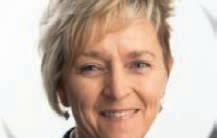
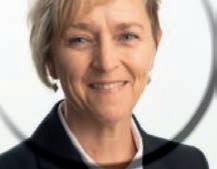
“Our company, along with the Wei Wai Kum and We Wai Kai First Nations, had provided the Minister a very reasonable path forward that would help Canada achieve its stated vision for sustainable aquaculture and advance its Blue Economy Strategy. She has regrettably chosen not to accept this opportunity.”
The statement concluded: “The company is now reviewing the decision and is considering its legal options.”
The British Columbia Salmon Farmers Association has accused the government
“The decision to not issue licences to salmon farms in the Discovery Islands area is devastating for all coastal communities who rely on the aquaculture sector... thanks to this wilfully uninformed decision announced earlier today, these communities will continue to experience negative socio-economic impacts [due to] an outcome that was based on politics rather than science.”
The Coalition of First Nations for Finfish Stewardship had previously set out a proposal for the possible reintroduction of some fish farms in Laich-kwil-tach waters, to be led and overseen by the Nations and their stewardship programmes.These sites would have operated in partnership with Mowi Canada West, Cermaq Canada and Grieg Seafood BC.
Dallas Smith, spokesperson for the Coalition, said: “Today’s decision unfortunately feels beyond procedural unfairness after many months of meetings with the Minister, her department and DFO staff.
“The Wei Wai Kum and We Wai Kai First Nations sent a thoughtful proposal to DFO in November to reissue some licences in their core territories.They put forward a cautionary approach to explore how and if finfish farming could be part of their Nations’ overall vision to manage their marine space.This decision to deny all licences in their territories has sent the Nations back to the drawing board. ”
However, Bob Chamberlin, spokesperson for the First Nations Wild Salmon Alliance, tweeted in a message to Joyce Murray: “I have spoken with many #FirstNation Chiefs across BC about your decision and they are all very happy and supportive for
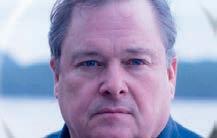
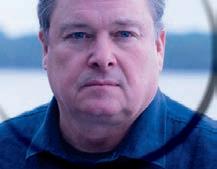

SINGAPORE-based fish farmer the Barramundi Group has found a strategic partner for its Australian business, following a search it announced late last year.
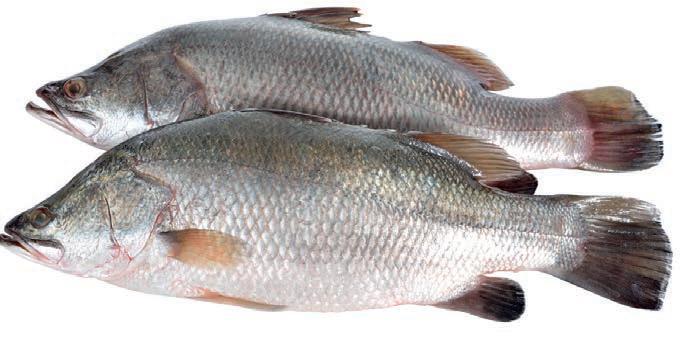
Barramundi signed a share sale agreement with Wild Ocean Australia (WOA), in what it said marked “a significant and strategic milestone”.
WOA will take 75% of the equity of Barramundi’s Australian subsidiary, Marine Produce Australia (MPA), while Barramundi takes up 34% of WOA’s shares.
The deal also involves Barramundi’s CFO Helen Chow moving to MPA, while Jessie Lai takes her place as CFO at Barramundi Group.
WOA is expected to play “a strategic role” in driving the Australian business and operations, as well as co-leading the application for the 13 lease sites with the Australian State and Federal government and agencies. WOA already operates a fish processing business in Darwin, Australia, as well as the Darwin Fish Market retail outlet.
Barramundi Group CEO James Kwan said: “This is indeed a significant milestone, as Barramundi Group’s 34% stake in Wild Ocean allows the Company to retain an effective 50.5% economic interest in MPA. It allows us to have a meaningful participation in the value creation generated from our application of these 13 new lease sites.
“Apart from strengthening MPA’s position as Australia’s only oceangrown barramundi producer, we are also excited that Wild Ocean’s
offerings from [its] Darwin Fish Market business will be made available to our premium customer network in Asia.”
Meanwhile, Barramundi has reported preliminary financial results for 2022. The group recorded revenue of SGD $35.2m (£21.8m) last year compared with SGD $32.7m (£20.3m) for 2021.
The group remained in the red, with slightly reduced losses of SGD $19.7m (£12.2m) compared with SGD $24.9m (£15.5) in 2021.
WATER quality control, fish slaughter practices and welfare for shrimp broodstocks are among the issues addressed in proposed changes to the Aquaculture Stewardship Council’s Farm Standard.
The ASC is consulting on two aspects of the Farm Standard –Water Quality and Fish Health and Welfare – as well as a new module for the Freshwater Trout Standard covering pike and perch.
The consultation runs between 1 March and 30 April 2023, and details can be found on the ASC website at www.asc-aqua.org/ programme-improvements/aligned-standard
The key issue for the Water Quality Standard is eutrophication,
or the progressive and excessive enrichment of water with nutrients (such as nitrogen or phosphorous), which can lead to harmful algal blooms, reduction of dissolved oxygen and fish mortality.
The new Water Quality proposal, which will be included in the ASC Farm Standard, requires farms to monitor water quality to prevent eutrophication by identifying when a water body is starting to show signs of upward trophic status changes.
There are two main proposals for Fish Health and Welfare, which cover slaughter,and a tentative indicator to address shrimp eyestalk ablation.
The slaughter proposals set out more clearly the requirements for audit of slaughter practices, both on and off the farm being audited.
The proposal on eyestalk ablation attempts to deal with what is a widespread practice to induce rapid maturation and spawning through hormonal manipulation in female shrimp. It is a process that leads to suffering and stress, the ASC says.
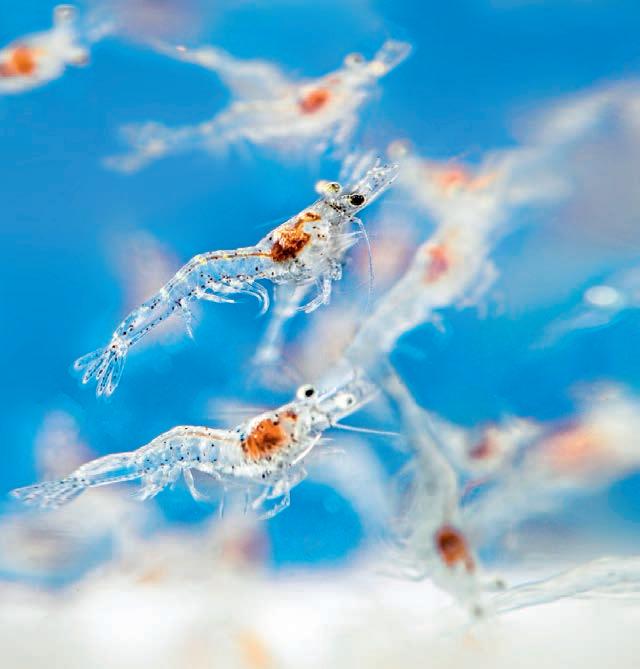
The ASC says recent research, however, suggests that “ablationfree” production is possible in Pacific white shrimp (Litopenaeus vannamei). The current proposal thus only covers the Pacific white shrimp and no other species – e.g. black tiger shrimp(Penaeus monodon) – due to lack of research on the specific species.
A proposed indicator for Pacific white shrimp will require farms to source all nauplii (the crustacean’s first stage of larvae), larvae or post-larvae from “ablation-free” female broodstock within certain timelines.
The ASC pike-perch provisions are intended to function as a module to the ASC Freshwater Trout Standard. It will be applicable exclusively to recirculating aquaculture systems (RAS) and pond systems. The module will be structured based on seven principles covering compliance with laws and local regulations, conservation of habitat and biodiversity, minimising negative effects on water resources, risks of diseases transmission, responsible use of environmental resources, social responsibility, and requirements for fingerlings and egg suppliers.
The module will be launched in October 2023 and will be effective in 2024.
A fish farming startup has obtained permits to raise up to 35,000 tonnes of salmon off the coast of Namibia at a high-energy site.
Benguela Blue Aqua Farming has partnered with aquaculture technology business Innovasea, which will supply its submersible SeaStation pens for the project and provide consultancy services to help secure the permits.
The farm will be located 8km offshore from the town of Lüderitz. While water conditions at the site are ideal for raising salmon, Innovasea said, strong surface currents and wave heights often in excess of two metres require the use of submersible pens that can be submerged to avoid most of the wave energy.
The Benguela current, which sweeps up and along the coast of southern Africa from the Cape of Good Hope to Angola, carries cold, nutrient-rich water from the southern Atlantic Ocean, but also creates challenging conditions.
Johannes Aldrian, Co-Founder and Executive Director of Benguela Blue Aqua Farming, said: “We are proud to be the first company to bring sustainable aquafarming to Namibia. The area has excellent water conditions and enormous potential, and we’re optimistic that Namibia’s stable governance will encourage other companies to follow our lead to help create a thriving fish farming industry.”
IN what is being heralded as one of the world’s largest fish farm projects, aquaculture development company
Pure Salmon has signed a £420m deal to build a huge recirculating aquaculture system (RAS) facility in Saudi Arabia.
Agreement was reached between the Saudi government, which is putting up around 1.9 billion Saudi riyals or NOK 5.2bn. However, the projected output in tonnage terms has so far not been mentioned.
Pure Salmon is owned by Singapore-based equity fund 8F Asset Management Ltd and has already planned to develop a number of such projects of this type around the world, although nothing quite on the Saudi scale.
Pure Salmon claims to be one of the fastest-growing Atlantic salmon companies globally. It said: “We are on course to build and operate multiple 10,000-tonnes-per-annum [pa] and 20,000-tonnes-pa vertically integrated aquaculture production and processing facilities using land-based RAS technology.”
The company has set its target on producing 260,000 tonnes of annual Atlantic salmon by 2025, with 140,000 tonnes pa already mapped out.
Stephane Farouze, Chairman and founder of Pure Salmon, said on LinkedIn: “Pure Salmon’s vision and values are fully aligned with the Saudi government’s Vision 2030, which focuses on food security, the diversification of the economy and the development of disruptive sustainable industries within the Kingdom.
The Kingdom of Saudi Arabia KSA) plans to expand the local aquaculture industry to reach 600,000 tonnes per year by 2030 and said it was proud to contribute to the realisation of this vision with this latest project.
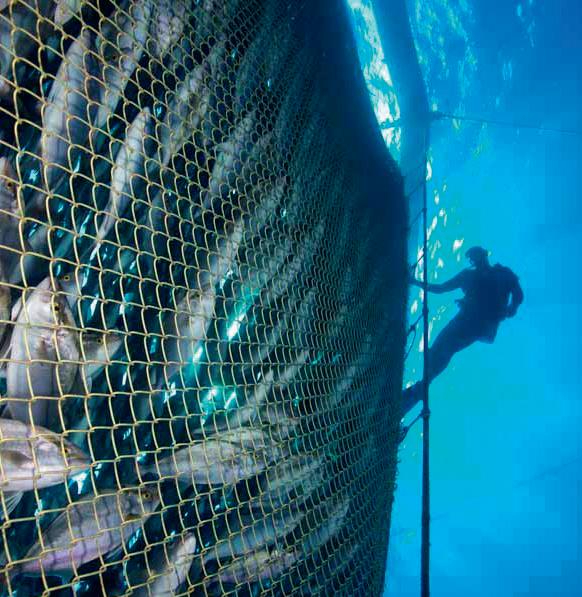
Pure Salmon Kaldnes said it would bring its cuttingedge RAS technology to the Kingdom of Saudi Arabia.
“This exciting project is not only poised to meet the needs of the local market but also has the potential to be a significant exporter, taking advantage of the Kingdom’s strategic location,” the ministry said in a post on LinkedIn.
It added: “This investment will create hundreds of direct and indirect skilled jobs and, through Pure Salmon Academy and in partnership with local educational institutions in the KSA, will groom and train next-generation aquaculture specialists.”
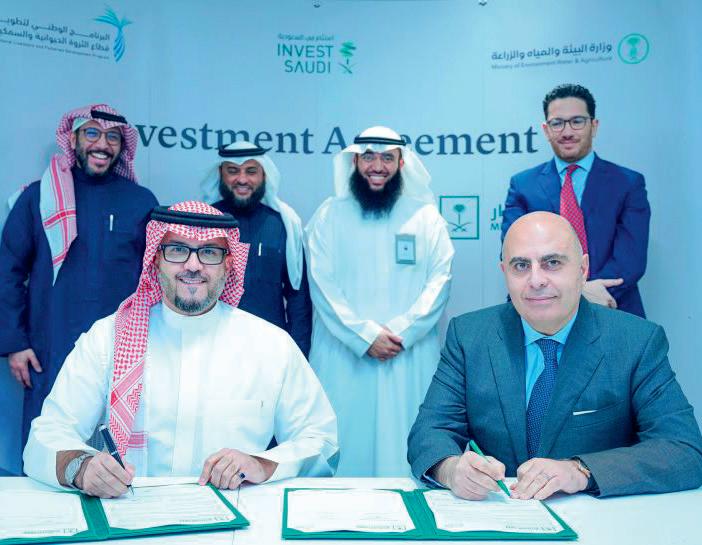
The farm is targeting the second quarter of 2024 to begin operations. Its first harvest is expected to be around 100 tonnes.
“We’re thrilled to be partnering with Benguela Blue Aqua Farming on this important project to bring open ocean aquaculture to southern Africa,” said Langley Gace, Innovasea’s Senior Vice-President of Business Development. “The company has a strong business vision and has worked closely with authorities in Namibia to develop a smart, realistic plan to safely raise healthy fish and create good-paying jobs for the local economy.”
Innovasea claims its SeaStation is “the world’s toughest fish pen” and has a proven track record of surviving hurricanes, typhoons and other significant storms unscathed over the last 28 years.
Benguela Blue Aqua is currently looking for additional investors to help fund the project in Namibia.
liquidity constraints. In an attempt to address its working capital requirements, the company has discussed carrying out a comprehensive financial restructuring with its secured lenders and a group of its largest bondholders.
The statement continued: “During this period, the company has also been granted certain waivers of payments of interest and instalments due under its super senior revolving credit facility and the loan facility to its subsidiary, Piscicultura Tierra Del Fuego SA.
“The discussions with the creditors are still continuing, but as the secured lenders have not been willing to extend such waivers, the company and Piscicultura are in default under the facilities agreements.
“The secured lenders have not yet declared any part of the facilities to be due for immediate payment, but they have reserved all rights to take action at any time without any further grace periods.”
THE large Chilean salmon company Nova Austral has admitted it is in debt default after grappling with various financial problems. So far, a plea for patience from bondholders has met with a cool response.
Although the company is based in Chile, its bonds are listed on the Oslo Stock Exchange. Nova Austral said in a Stock Exchange announcement that it was facing operational challenges and
It added: “The events of default under the company’s super senior revolving credit agreement have triggered a cross default under the bonds, and the company has informed Nordic Trustee AS in its capacity as bond trustee for the Bonds accordingly.”
Nova Austral said it would furnish further information to bondholders when it became available. The company is owned by Swedish private equity fund Altor and operates in southern Chile close to Chilean Antarctica, one of the world’s most remote salmon farming areas. Its fish is marketed on a global basis to retailers, hotels and restaurants.
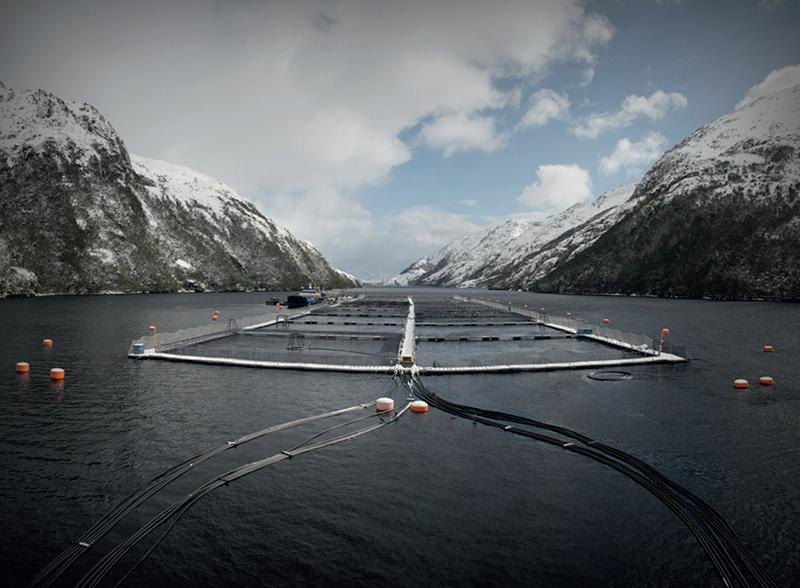
TWO former executives from Nordic Aquafarms are behind a plan to build a land-based salmon farm on the site of an old paper mill in Maine.
Erik Heim and Marianne Naess left Nordic Aquafarms last year to set up their own company, Xcelerate Aqua. The proposed fish farm at Millinocket, a small town in Penobscot County, Maine, is their first tangible investment.
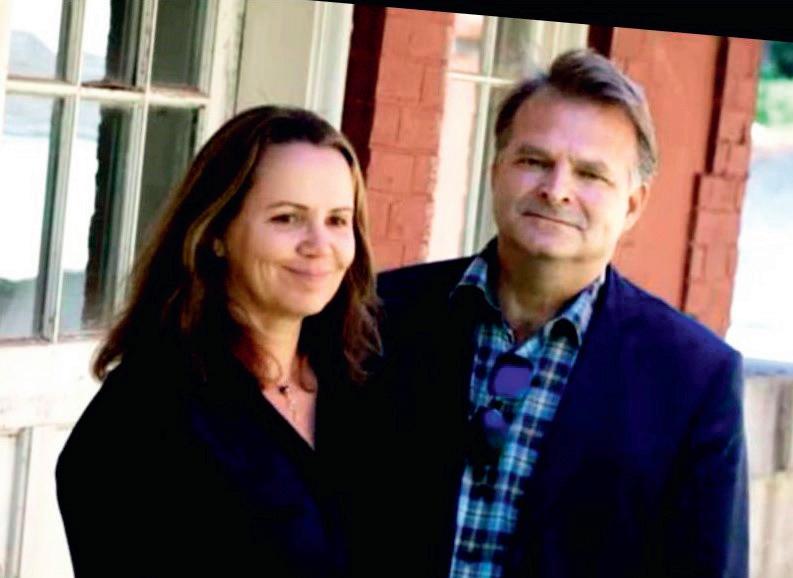
The farm project will be undertaken through Katahdin Salmon, a Portland-based company. Naess is CEO of Katahdin Salmon and Heim chairs the company. They will be working closely with Our Katahdin, a volunteer-driven, not-for-profit organisation that owns One North, the 1,400-acre, mixed-use industrial site in Millinocket, formerly known as the Great Northern Paper mill site.
Katahdin Salmon plans to develop a land-based recirculating aquaculture system (RAS) that will produce 5,000 metric tonnes of Atlantic salmon annually in the first operational phase, doubling to 10,000 metric tonnes in phase two of the buildout. The RAS facility will supply fresh Atlantic salmon to the north-eastern US. The project is expected to create 80 full-time local jobs at full production capacity.
The planned facility will utilise 100% renewable hydropower, which the developers say will make it the US’s greenest RAS aquaculture operation.
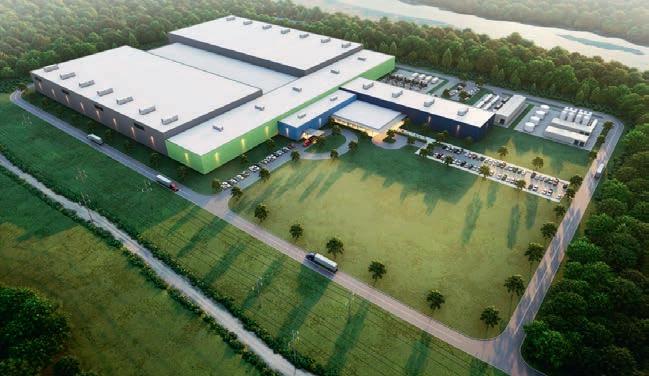
Maine Senators Susan Collins and Angus King said in a joint statement: “The arrival of Katahdin Salmon will be another exciting step toward the revitalisation of the former Great Northern Paper mill site.
“This state-of-the-art facility will raise Atlantic salmon in an environmentally sustainable way while creating dozens of new jobs. The real credit for this development goes to the people of the Katahdin region, who have worked tirelessly to strengthen the community and laid the foundation for future economic growth.”
Heather Johnson, Commissioner of the Maine Department of Economic and Community Development, commented: “This innovative project led by Katahdin Salmon will create good-paying jobs in the Katahdin region and we are pleased to see it move forward.
“The economic benefits of aquaculture extend beyond the coast. Land-based projects support our rural economies, harness the
potential of renewable energy, and support millions of dollars of economic value and thousands of jobs across the state.”
Mowi Scotland is to receive just over £2m from the UK Seafood Fund to buy equipment that will transform its salmon processing operations.
Executive of UHI Shetland, said: “We are thrilled to have been successful with our bid to the UK Seafood Fund, which was prepared in close collaboration with UHI West Highland and our partners in the seafood sector.
“This project will be run through our new Centre for Sustainable Seafood and will act as a catalyst to help provide a sustainable workforce for a sustainable seafood sector.”
THE UK Seafood Fund’s £2m investment in Mowi is part of a wider project to expand and modernise the company’s fish processing facility at Blar Mhor. The project aims to increase throughput from 65,000 tonnes to at least 95,000 tonnes per year, reduce the number of single-use polystyrene boxes by 40% by 2026 and introduce automation.

The award to Mowi is part of a much larger multi-million pound tranche of funding for a number of seafood and fishing companies from the UK government’s £100m Seafood Fund.
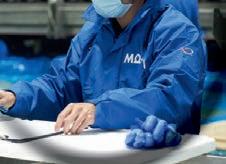
Included in this is a £2.4m grant for Grimsby salmon processor JCS Fish Ltd to develop a state-of-the-art 2,000sq m processing factory with integrated smokehouse. Family-owned JCS Fish has won several awards for its salmon and trout products in recent years.
The JCS Fish project will:
• expand JCS Fish Limited’s salmon
and trout processing capability from its current 10 tonnes to 20 tonnes per day;
• create an estimated 32 direct jobs and 80 indirect jobs in a deprived region;
• make energy savings in the region of 30% despite it being a larger site, equating to a 30–40% reduction in greenhouse gas emissions; and
• reduce the UK’s reliance on imported salmon.
The University of the Highlands and Islands (UHI) Shetland has been awarded £186,000 to develop new courses supporting innovation and the future sustainability of seafood. These will be aimed at those working or entering the aquaculture sector.
Jane Lewis, Principal and Chief
IN a major deal for the UK seafood industry, the Sykes Group has bought the assets of Norfolk-based company Big Prawn for an undisclosed figure.
Founded almost 30 years ago, Big Prawn is a major user of both farmed and wild shellfish, and a key supplier to the UK retail and food trade. It has won many awards over the years.
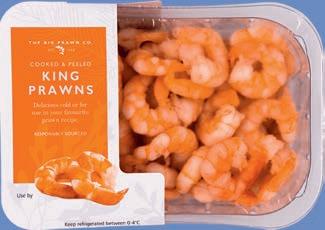
The main business of Sykes Seafood is located in north-west England (Liverpool and Manchester).
Sykes was founded more than 160 years ago and it is now one of the UK’s leading suppliers of frozen fish of all types to the retail and food service sectors.
Alan Dale, Group Chief Executive at Sykes Seafood, said the Big Prawn Co was a business it had long admired, adding it had a
In another project, the Sustainable Aquaculture Innovation Centre (SAIC) has been awarded £250,000 from the UK Seafood Fund to develop a training programme to help finfish farmers tackle harmful algal blooms (HABs).
UK Fisheries Minister Mark Spencer said: “The UK government is funding opportunities from the quayside to the sales counter suitable for young people, as well as those changing careers.
“It is absolutely vital we invest in our workforce so these important industries prosper for generations to come.”
Meanwhile, a degree and higher-level skills offer for aspiring managers in the seafood industry will be developed by the National Centre for Food Manufacturing at the University of Lincoln.
strong management team, efficient production facilities and an innovative product strategy.
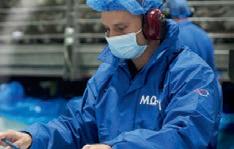
This would be supported by strong brands, and a sourcing strategy focused on quality and sustainable production.
The other main focus going forward would be on increased capacity, and building a strong relationship with its customer and supplier base.
Three years ago, Sykes bought Dutch shrimp firm Klaas Puul, so this latest acquisition will create a major force in shellfish in both the UK and Europe. The combined business will operate from six sites in Britain and mainland Europe.
Sykes also expanded seafood processing in Morocco in 2021 in order to cut down on shipping and transport time.
It is absolutely vital that we invest in our workforce ”Above: Blar Mhor new wing under construction. Right: Staff at Blar Mhor Mowi
ICELAND Seafood International Chief Executive Bjarni Ármannsson said 2022 had been a challenging year for the company, thanks to cost inflation and the impact of the war in the Ukraine.
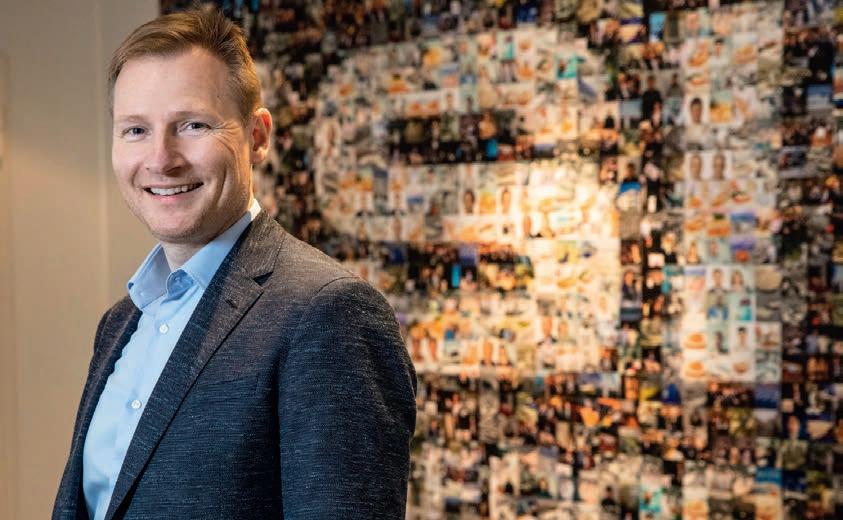
ISI’s normalised profit before tax for 2022 was €12.4m (£10.9m), down €7.1m from 2021. Net loss for the ISI group in full year 2022 (under International Financial Reporting Standards) was €9.9m (£8.7m) compared with €8.8m (£7.8m) profit in 2021.
This was on sales of €420.8m (£372.4m), up 11% from 2021. Net margin for the group was €46.3m (£40.8m), up €1.0m from 2021 but down €1.6m on like-for-like basis.
ISI’s portfolio includes extensive salmon interests in Spain and Ireland, as well as its loss-making UK subsidiary, Grimsby-based Icelandic Seafood UK. ISI put up the latter up for sale last year, but later withdrew after two offers collapsed, opting to keep the Grimsby operation for now. However, the sale option may be revisited later this year.
The loss from Iceland Seafood UK (IS UK) in 2022 was €18.2m (£16m).
Ármannsson told shareholders: “The year was characterised by the war in Ukraine, which caused disruptions in supply chains and excessive increase in input costs – which we struggled to push on to our customers, and in any case, with a time lag [ie price increases lagged behind cost increases].
“As input prices continued to increase, we were constantly pushing through insufficient price increases once they came through the
system. This vicious cycle cost us dearly.
“But Iceland Seafood is in it for the long term. We pride ourselves on being close to the market and [the fact] that our customers can rely on our ability to deliver our products at the quality standards required.
“We are now seeing cost of input factors stabilise, and in some cases decline, so we are now operating in a more normal environment. We continue our sustainability efforts, to measure and reduce our carbon footprint, and create the necessary balance with the nature going forward.”
He added: “Iceland Seafood had a
particularly rough period in our UK operations and in November we decided to put our valueadded assets in Grimsby [up] for sale.
“It was, then, the results of our evaluation in the beginning of February this year to continue the operation.
“We still intend to participate in consolidation in the industry in the UK, which is badly needed. Despite this, most of our other operations managed well in turbulent waters, a sign of the solid and stable foundation they are built on.”
chain,” said Iain Shone, GSA’s Director of Market Development, Europe. “BSP and BAP certification will enable Associated [Seafoods] to build trust with retailers and their customers who have the highest demands in seafood.”
SCOTTISH seafood processor
Associated Seafoods has been recognised as an example of best practice by the Global Seafood Alliance (GSA).
Associated Seafoods has achieved certification under the GSA’s Best Seafood Practices (BSP) and Best Aquaculture Practices (BAP) schemes.
Associated Seafoods sources seafood from both wild-capture fisheries and aquaculture. It is
the first seafood producer in the UK to be certified to GSA’s newest programme, BSP, which provides assurances that wild seafood has been harvested and processed in a responsible manner. GSA’s BAP certification provides assurances for farmed seafood.
Associated Seafoods was established in 2010 through the merger of Lossie Seafoods, a specialist in smoked fish, and Moray Seafoods, a leading shellfish
producer. Its plant employs more than 300, the majority of whom live in and around the traditional fishing community of Buckie. Much of the processing is undertaken by hand by a highly skilled team of filleters, curers and smokers. Associated Seafoods’ customers include Loblaw and Marks & Spencer.
“Associated Seafoods has demonstrated a real commitment to advancing responsible practices throughout the seafood supply
BSP is the world’s only thirdparty certification programme capable of linking responsible fisheries to certified vessels and processing plants. Associated Seafoods encourages vessels they source from to engage with GSA’s Responsible Fishing Vessel Standard, which ensures high standards of crew welfare, enabling those within the seafood supply chain to demonstrate their commitment to responsibly sourced seafood.
Associated Seafoods specialises in Scottish smoked salmon, scampi from Scottish langoustines, farmed halibut and long-line tuna. Last year the group acquired the former Dawnfresh Arbroath processing business, which trades as RR Spink & Sons.


Last Christmas, 27 of the 44 houses on Harbour Street in Plockton were empty.
The village made famous by the Hamish Macbeth TV series was somewhat “quieter than usual”, the local newspaper noted at the turn of the year.
Plockton, on the shores of Loch Carron, has a high number of holiday and second homes – something the local community council has repeatedly highlighted.
It’s a situation replicated in towns and villages across the Highlands and Islands. But the housing crisis in rural Scotland is not just down to the region’s popularity with second homeowners.
There is also a problem with vacant properties. According to research by www.money.co.uk, using Scottish government data, the Western Isles has the highest proportion of empty homes in the UK, at 13.3%. That’s 2,000 empty homes from a total of just 15,000 dwellings.
Alasdair Allan MSP for Na h-Eileanan an Iar (formerly known as the Western Isles) said in January that the isles are in the grip of a “real housing crisis” as the result of a complex mix of issues.
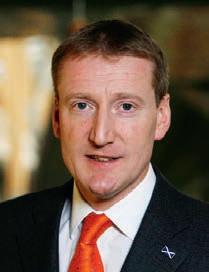
The research found that, in terms of empty homes, Argyll and Bute is not far behind, at 10.4%, followed by Orkney and Shetland, at 9.1%.
In fact, Scottish towns and villages occupy the top of the list – and you have to look down as far as 16th place before an English location –Blackpool – appears.
Last year, the Scottish Empty Homes Partnership and Salmon Scotland made a joint call for vacant properties to be brought back
in to use to tackle the rural housing crisis in Shetland.
We urged Shetland Islands Council and other local authorities to explore more ways to bring homes back in to use.
But as Allan rightly identified, this problem doesn’t tell the whole story either.
That’s because house price rises in rural and coastal communities have soared above the Scottish average.
Registers of Scotland data analysed by Salmon Scotland shows that while prices across Scotland rose by 89% in 2022 compared with the 2004 baseline, the increase was as high as 168% in some remote areas.
The figures were above the national average in Argyll and Bute, the Highlands, Orkney, Shetland and the Western Isles.
So we have a toxic mix of unaffordable homes and empty homes, while those that are available are snapped up by investors.
Why does this matter?
The impact of a lack of affordable housing cannot be underestimated – it means not being able to live near where you work, and it separates families and contributes to the depopulation of our island communities. And it’s holding these communities back.
In many remote parts of Scotland, salmon farms are vital to the future of local businesses and communities.
That’s why we are so determined to improve housing availability so that we can provide sustainable growth in the areas where we farm.
Already, our member companies are doing their bit. They have invested in providing
”We have a toxic mix of unaffordable homes and empty homes
The housing shortage is stopping the Highlands and Islands from becoming a “northern powerhouse”.
By Tavish Scott
accommodation to colleagues so that they can stay in, or move to, the area to perform their roles and contribute to the local economy all year round. Currently, there are over 61 properties either owned or rented by our farming companies, which between them provide accommodation for more than 130 colleagues in Eday in Orkney, in Tarbert on Harris, across Sutherland and the Uists to Mull, Ullapool and Applecross.
Scottish Sea Farms has helped to provide housing for colleagues for over 15 years. The company currently has 21 properties to assist with living in rural and remote parts of Scotland.




Bakkafrost Scotland has provided accommodation for some of its staff for many years.


The company owns 15 properties from Harris to Mull, with several properties in the Strathcarron area, and it currently provides accommodation for 32 employees and their families.

As well as providing their own staff accommodation, including on Muck and Rum, Mowi has been part of a 10-year battle to secure more homes on Colonsay.
The ground has recently been cut on a £2.4m development to build 24 homes funded by Mowi, Scottish Government Land Fund, Highlands and Islands Enterprise and Argyll & Bute Council, along with the hard work of the community including progressive and dedicated landowners and spearheaded by Colonsay Community Development Company.
Loch Duart has invested in Sutherland



and the Western Isles for over 20 years, while Wester Ross Salmon provides accommodation for up to 19 colleagues.
And Cooke Aquaculture owns seven properties that have provided accommodation for families and colleagues across sea and freshwater sites in Orkney, Shetland, Argyll and Bute, and the mainland for many years.
Salmon worker Norman Peace knows only too well the housing problems affecting island life.
Peace moved to Stronsay from Orkney’s Mainland with Cooke Aquaculture Scotland helping provide a four-bedroom house when he was promoted to a new role.

“The lack of housing affects a lot of the islands,” he says.
“Young people leave to go to university or get a job elsewhere. With the younger ones moving, most of the islands in Orkney are ageing.”
Salmon farmers also use rentals, B&Bs and hotels, which contribute to the local economy all year round.
So our member companies are really doing their best to tackle the housing crisis.
But we have an idea that will really tackle this emergency for other local people.
We want £10m of the money paid by salmon farmers in government rents to be ringfenced for direct investment in rural housing.
At present, millions of pounds paid by salmon farming companies go to the Crown Estate Scotland – the property company that manages the coastal seabed on behalf of the Scottish government.
We believe the money should be invested directly in coastal communities.
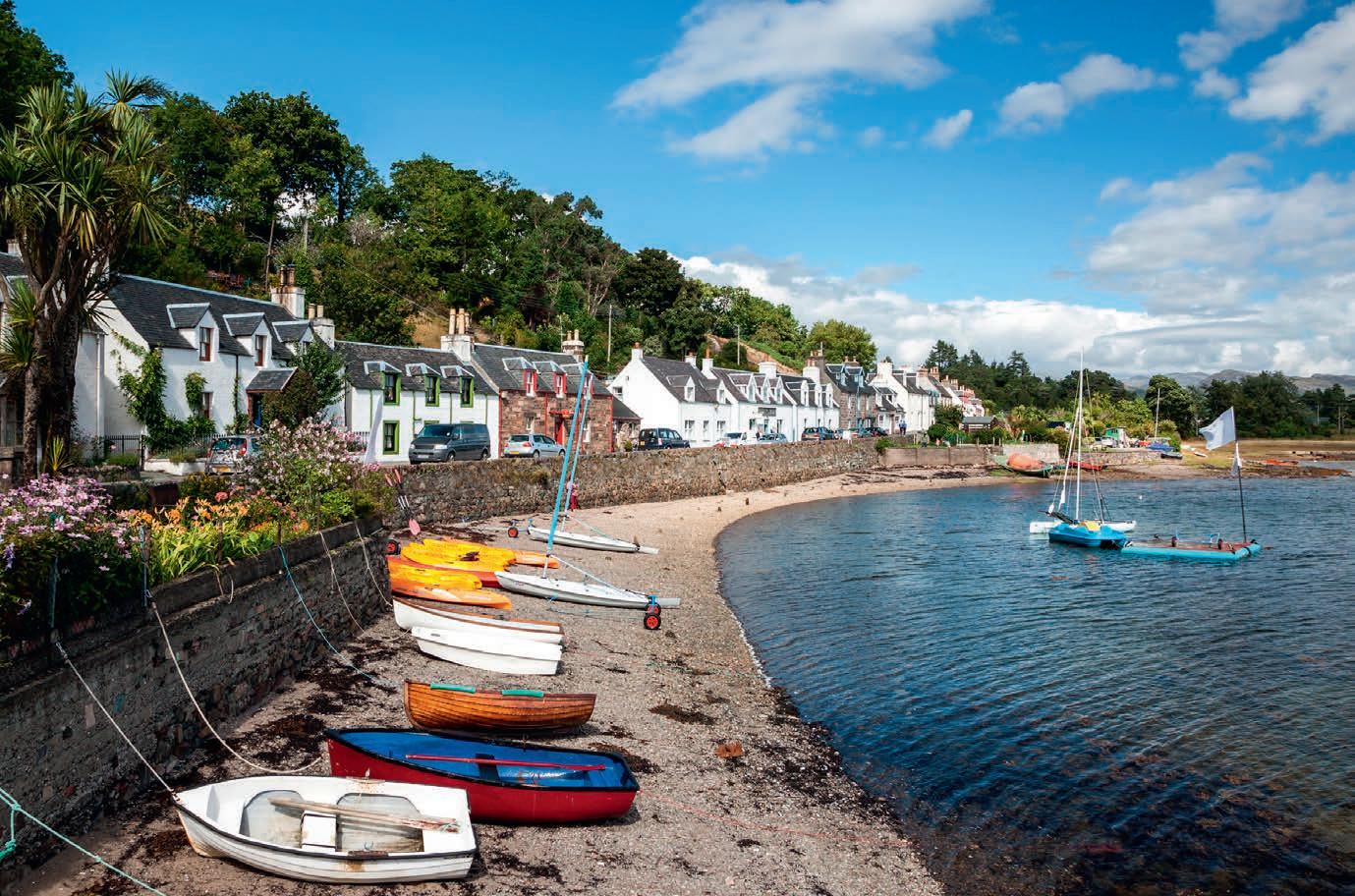
Last year’s independent review of aquaculture regulation in Scotland by Professor Russel Griggs recommended a new single licensing payment for the sector, which he said should “address community benefit as well”.
There should be no more delays.
We know that working families understand the contribution of aquaculture to our coastal communities.
Let’s harness the transformational impact of our sector to tackle the housing crisis and unlock the potential for the Highlands and Islands to become a real northern powerhouse.
Tavish Scott is Chief Executive, Salmon Scotland.

Since Century Marine Services Ltd has become increasingly interested in the UK aquaculture market, it has teamed up with Turkish Shipyard Med Marine as its exclusive broker to the UK aquaculture sector. Med Marine has delivered a vast number of vessels worldwide, from workboats and tugs to pilot boats and beyond for various types of operations. Its latest workboat design, the “MED-MPW” (pictured), is perfect for a variety of aquaculture tasks with a well-thought-out design for cost-effective operations. Standard designs go from 16m up to 32m. They are fully customisable to the client’s specification and are sold at a competitive price point.
www.centurymarineservices.com
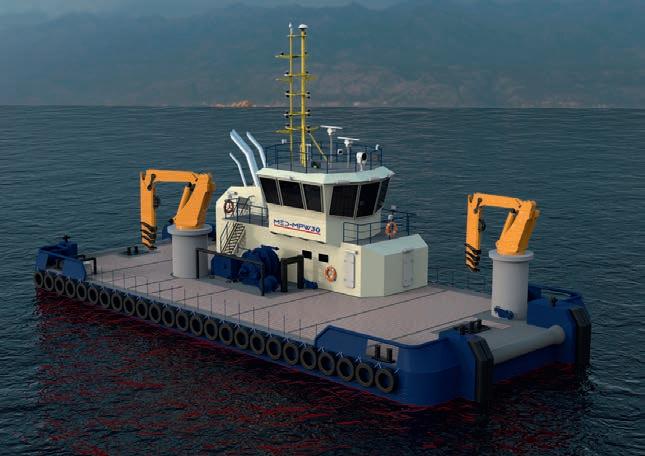
An order has been placed for the world’s first combined fishing and aquaculture vessel. Norwegian shipbuilder Larsnes Mek has signed a contract to build the boat for Myre Kystdrift AS, a seafood business based in Vesterålen, Nordland. When completed in late 2024, it will operate as a dual seine net vessel and a farmed fish harvest boat, making it the first of its kind. The vessel will be the shipyard’s build no. 73 and will have the design designation SC-51. The design is adapted from a model used for white fish, and also includes a bleeder line for salmon and trout, for the aquaculture industry.
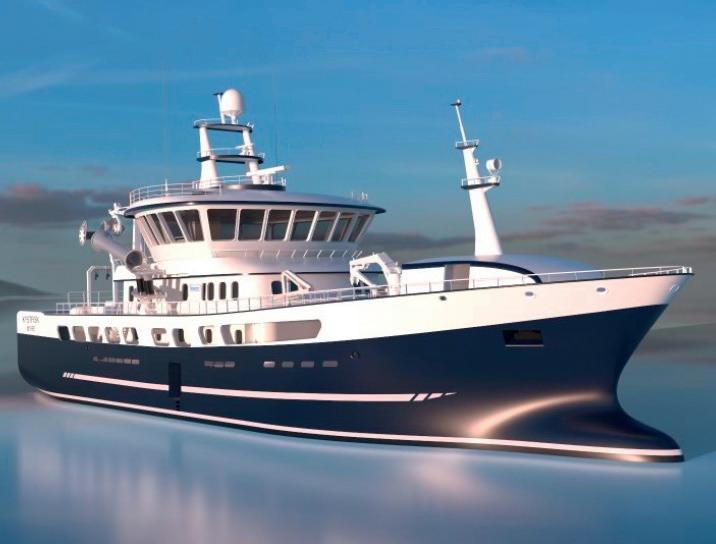
The all-new PRO-CAT 6000 is a unique twin-hull craft manufactured by Matrix Pontoons. It makes use of Matrix’s robust modular roto-moulded EPS foam-filled polyethylene pontoons.
This vessel has amazing stability and safe, unsinkable flotation with its 14 sectional pontoons making up the hulls. The large 12m² open deck features either Matrix’s waterproof, slip-resistant phenolic ply, or aluminium checker plate POA. For a small craft it boasts a large payload (recommended 2250kg CAT D Full RCD). The aluminium constructed top chassis, keel runners, protectors and surrounding SS rails make for a very low-maintenance craft. A full turnkey package (MAX60hp) and bespoke options are available.
www.matrixpontoons.co.uk


Icelandic fish farmer Háafell has signed a contract with Faroes-based JT electric to deliver a new-design feed barge to be situated in a remote and exposed area in northern Iceland.
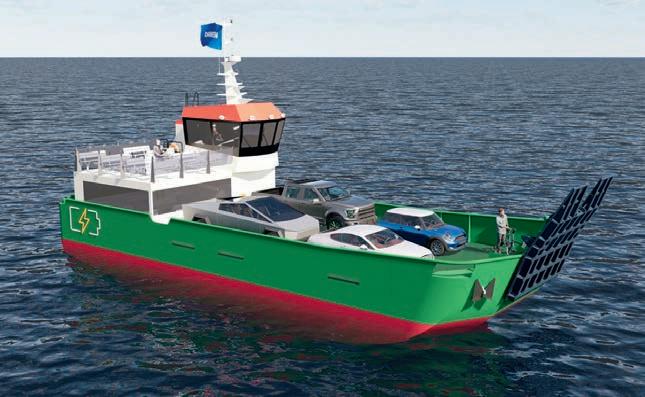
The feeding barge is custom designed to maximise fuel efficiency. A hybrid power supply supports all onboard systems, with generators running only two to four hours per day, improving efficiency reducing carbon emissions and noise pollution. Designed for the harsh environment of northern Iceland, the barge can withstand a significant wave height of up to 5.5m. The hull has double sides, and is equipped with six feeding lines and a capacity of 480 tonnes for salmon, and five tonnes for lumpfish. All systems onboard are fully automated and remotely controlled from shore. Háafell is a subsidiary of seafood group Hradfrystihusid-Gunnvor hf.
Devon-based Coastal Workboats Limited (CWL) is to receive £6m in funding from the government-backed UK SHORE scheme, which was set up to help the maritime sector reduce its carbon footprint through greener technology. The fund is helping to back a £9m project to deliver a UK-first demonstration of a fully electric workboat and onshore charging station. Coastal Workboats’ purpose-built Electric-Landing Utility Vessel (E-LUV) will initially be demonstrated for four weeks in Shetland in a workboat capacity, running an inter-island route between West Burrafirth and Papa Stour.

The grant also enables the continued expansion of CWL’s Scottish division, Coastal Workboats Scotland, which is building the E-LUV prototype at its new premises in the Scottish Marine Technology Park, on the Clyde.

Swedish manufacturer OXE Marine unveiled a revolutionary hybrid outboard at the Miami International Boat Show last month.
The OXE Hybrid 450 concept engine is based on OXE Marine’s fuel-efficient diesel outboard OXE300 with the existing rig equipped with a 400-volt electric motor connected to a lithium-ion battery. In combination with HVO100 biodiesel, the company says, the OXE Hybrid 450 can contribute to greatly reduced carbon dioxide emissions compared to a traditional gasoline-fuelled outboard. As the electric motor drives the power transmission directly, it can also be used as a generator to charge the battery during diesel operation.
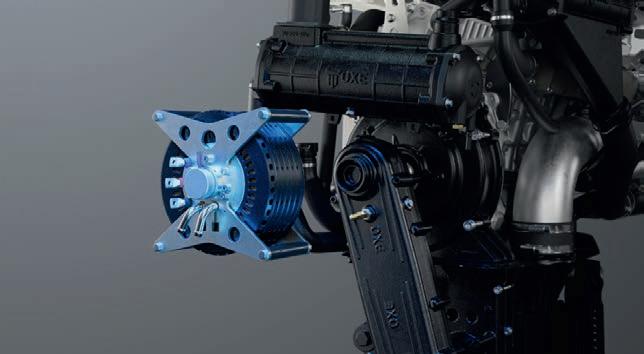
Bakkafrost has announced that the feed barge that sank after Storm Arwen on the west coast of Scotland has finally been recovered, with 3,000 tonnes of sludge removed for biogas. The barge has been towed away for a refit. Bakkafrost CFO Høgni Dahl Jakobsen says that no oil or feed escaped from the wreck during the operation. Costs associated with the recovery of the barge amounted to DKK 26m (£3.10m) in Q4 alone. The barge sank in November 2021 off Bakkafrost’s site near Portree, Skye, and its condition had been causing some concern in terms of its possible impact on the environment and residents’ safety.

Private equity investor CapMan Infra is investing an undisclosed sum to take a controlling stake in Napier, Norway’s leading harvest vessel operator.
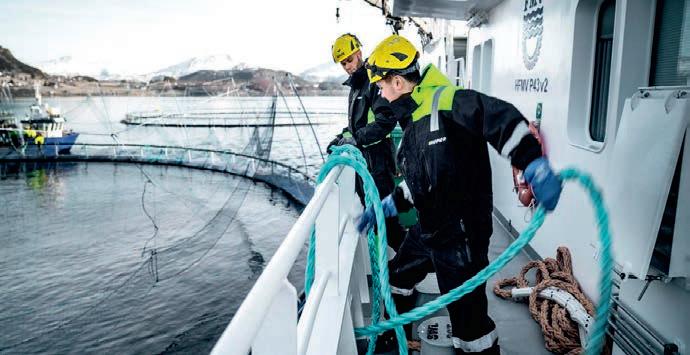
Napier has a fleet of six vessels and serves the world’s largest aquaculture companies. The company was established in 1995 and is the first harvest vessel specialised shipowner in the world, active in the segment since 2008. Headquartered in Bømlo, Norway, Napier employs approximately 75 people.
Napier is currently owned by the company’s key personnel, together with Amar Group and Kverva. Key personnel are reinvesting alongside new majority owner CapMan Infra.
Zero emissions applies to the aquaculture sector, just like any other part of the maritime industry.
By David RobinsonNo matter which part of the world’s maritime industry you look at, there is a strong strategic ambition based on a series of common objectives which focus on being more sustainable, reducing carbon footprints and achieving zero emissions.

Within this huge initiative there are a number of key target dates, such as 2030 and 2050, by which it is hoped the respective ambitions will be achieved. The aquaculture sector is just a part of this huge global effort, as any other part of the world maritime industry, be it cruise ships, commercial cargo vessels or yachts.
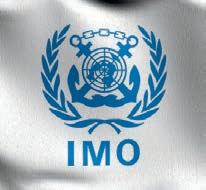
This massive drive to be more sustainable focuses on new fuels such as methanol, LNG (liquid natural gas), ammonia or hydrogen; new propulsion systems such as electric engines and the use of solar panels on-board craft to generate energy to contribute to reducing carbon footprints and cutting emission volumes.
Zero emissions is the current ultimate goal to reach and within each area of the wide span of global maritime activities, specific researches, trials and development are underway, new technologies are being evolved and relevant targets and, where possible, related timeframes are being set.
There is no doubt that to date much has already been achieved, but to meet the various upcoming deadlines such as 2030 and 2050
much more has to be achieved and refined. By way of a summary of all this development work Kitack Lim, SecretaryGeneral of the International Maritime Organisation (IMO), said in a comment marking International Women’s Day: “Shipping is going through a transformation, tackling climate change through decarbonisation and undergoing digitalisation and automation at a rapid rate.”
As to the aquaculture sector, considerable
We are at a point where we need to start thinking about transition to net zero
progress has been made by several operating and supplier companies keen to reduce their carbon footprint. This has, so far, involved building hybrid diesel-electric vessels, but other options such as hydrogenpowered or all-electric boats are possible. This move to be more sustainable relates to all of the main types of boats operated in the aquaculture business, including wellboats, feed barges or workboats/ support vessels. In the past all of these have been generally diesel-powered craft but to align with changes and being more environmentally-friendly in operational terms. This has meant the most recently boats have tended to be hybrids. Past issues of Fish Farmer have highlighted a number of such vessels including:
• Geraldine Mary – This 21m semi-hybrid powered workboat on long-term contract with Scottish Sea Farms was designed by Macduff Ship Design and built by MacDuff Shipyards;

• New 18.5m bespoke hybrid service vessel for aquaculture support services;

• Ronja Star - a hybrid wellboat delivered in late 2022 to Bakkafrost, and commissioned from Norwegian wellboat operator Sølvtrans – this is the largest vessel of its type in Scotland;




• SM95 hybrid feed barge – delivered to Cooke Aquaculture Scotland, running on a combination of diesel and electric power; and

Complementing the above is a market assessment by Moen Marin, the world’s largest supplier of electric and hybrid workboats for the aquaculture industry, which shows that the fleet of vessels serving this specialised market is becoming greener. For 2023, the company has stated that either hybrid or fully electric vessels will make up a higher proportion of the vessels it delivers than in 2022, when this category accounted for 80% of the company’s output.
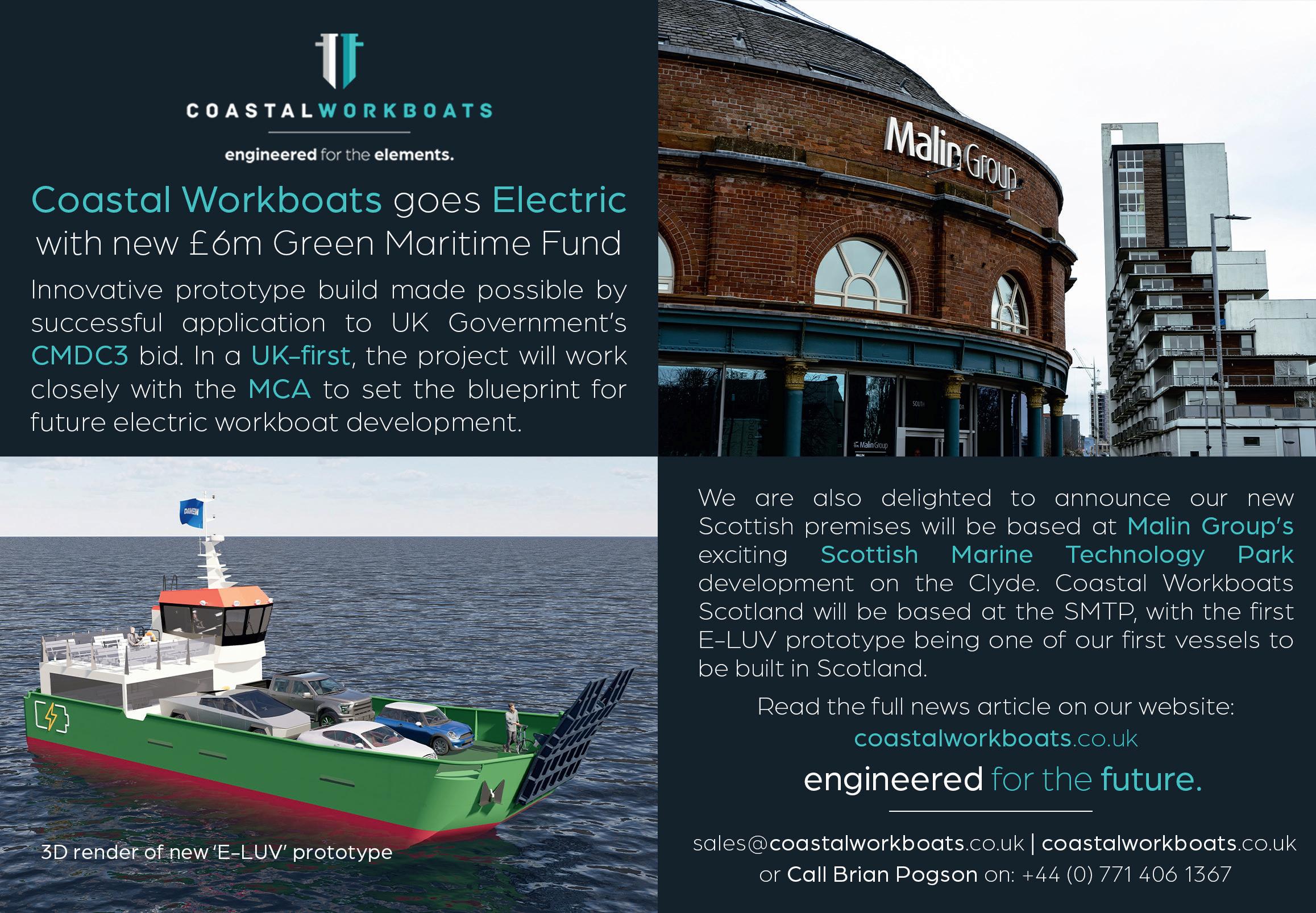
 Opposite: The Artemis Technologies electric workboat
Above: The Geraldine Mary
• Hybrid D-E feed storage barge – deployed by independent salmon farmer Loch Duart to help cut the company’s carbon emissions.
Opposite: The Artemis Technologies electric workboat
Above: The Geraldine Mary
• Hybrid D-E feed storage barge – deployed by independent salmon farmer Loch Duart to help cut the company’s carbon emissions.
Alongside this, the Norwegian Seafood Federation has suggested that the country’s aquaculture industry should become fully electric by 2030. This would reduce climate gas emissions by 360,000 tonnes annually, which is comparable to emissions from 180,000 cars. Reducing CO2 emissions is one part of going green and Moen Marin are convinced that electrification will also help businesses cut costs and save money.
Ian Ellis, Managing Director of MacDuff Ship Design Ltd, told Fish Farmer: “We are at a point where we need to start thinking about transition to net zero. In general terms, if you start thinking about a boat today it is likely 2024-2025 before you will see it, depending on yard and equipment.
He explains: “This means that we are already a long way towards the proposed 50% carbon reduction target of 2030. It is also worth noting that it is likely that many of these boats built today will still be in service come the net zero dates proposed by governments, with these being a maximum of 2050 and many being closer than this.”
He elaborates: “The biggest issue is working out the most suitable options for the vessel’s operation, and giving flexibility. Many of the alternative fuels are not available and require significant changes to the vessel layout for storage. There is limited regulation for many and availability is limited and likely to remain so in many of the more rural areas where aquaculture happens for a long time to come.
“At present,” he remarks, “the transition in most cases looks like
a hybrid vessel with some battery capacity which can be charged by shore power or by generators. As technology moves forward the infrastructure for electric propulsion is on-board the vessel and it becomes a matter of how and how much power is made and stored.”
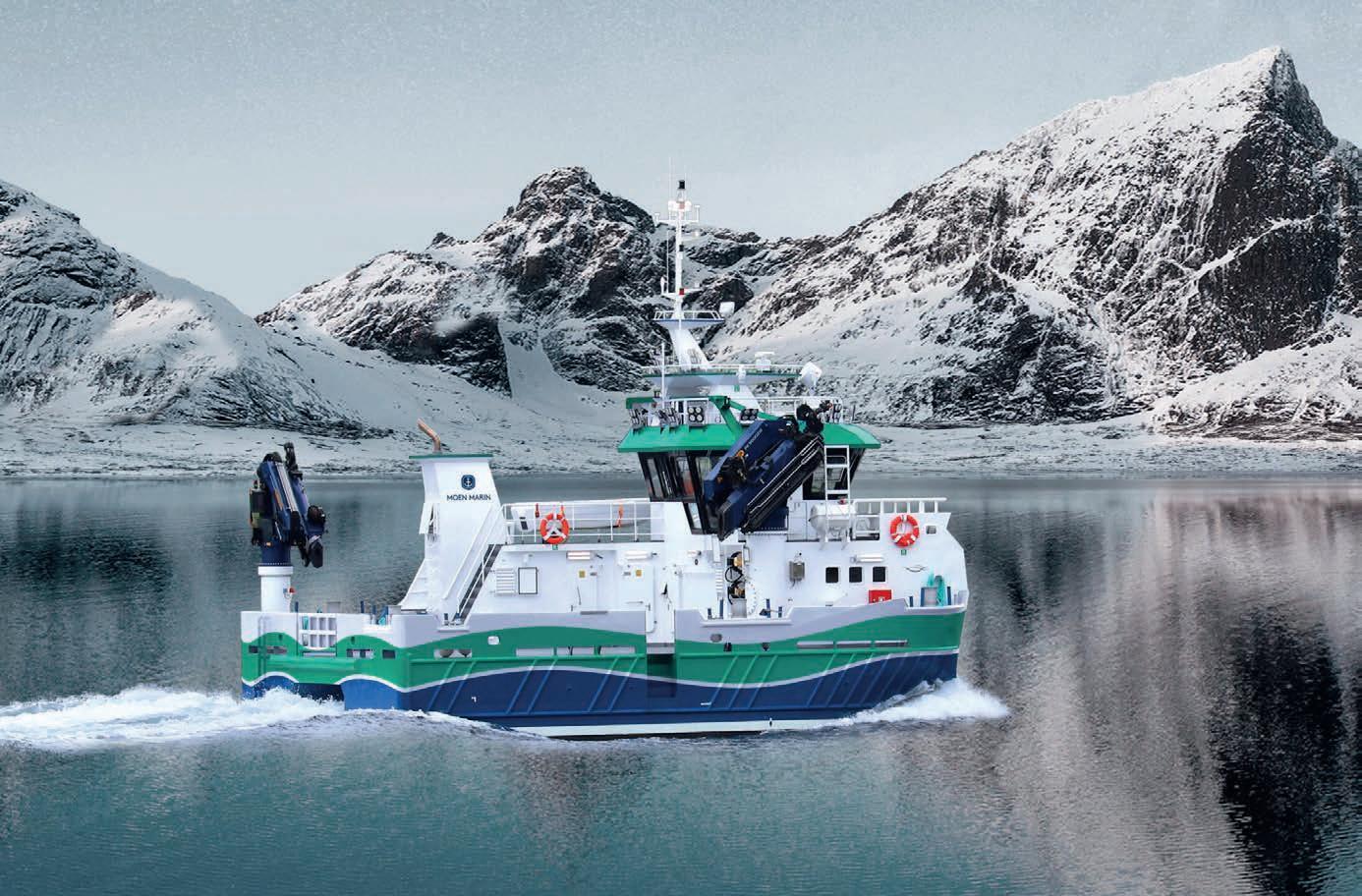

Ellis comments: “At present we are working on a number of vessels for the aquaculture sector and many have some battery capacity, from simple systems to allow the vessel to be engine-free overnight to vessels with electric drives and capability to operate for hours without charge. It is likely that the fish farms will be linked to some form of power generation with potential for plug in on-site in the future. As noted, we are working on a number of vessels which are all site working vessels but we know of other delicing vessels that are also set up with some hybrid technology.”
“I would envisage,” he adds, “the use of cleaner engines and diesel electric setups where the engines can be run at optimal efficiency. The use of battery technology and potential for electric winches to regenerate power all helping with reducing power consumption and emissions. At this time it is difficult to see the use of other fuel types on these smaller vessels.”
He concludes: “There is an increased cost but there is also potential for savings in operational costs, potential for higher sales prices for net zero product and going forward it is likely that the operating costs
Shipping is going through a transformation ”
for diesel vessels and the cost of diesel will only increase.”



The other key aspect of the move to more sustainability is that there is a sharing of knowledge, technology and expertise across a number of marine areas and other industries such as automotive,


The UK government recently announced a £60m tranche of funding, under the UK SHORE programme, to support the development of green marine technology and systems. This is part of an on-going £210m funding of this specialised area. This announcement was made during a visit to Artemis Technologies based in Belfast. Using technologies adapted from the worlds of high-performance yacht racing, motorsports and aerospace, Artemis is developing vessels that effectively “fly” above the water’s surface. The vessels produce zero emissions when foiling and offer energy savings of up to 90% resulting in significantly lower operating and maintenance costs. These include a “flying” workboat that might have applications in aquaculture.
Also benefitting from this UK government funding was award winning Devon-based Coastal Workboats Limited (CWL) which received under the UK SHORE programme. CWL was awarded more than £6m to support a £9m project that will deliver a UK-first demonstration of a fully-electric workboat and charging station. Based in Devon and Scotland, CWL used the funding to expand and in developing its purpose-built Electric-Landing Utility Vessel (E-LUV). This is a flexible workboat vessel which can be used in the aquaculture market and other sectors. CWL is working with the Dutch shipbuilder and designer Damen group on this project.
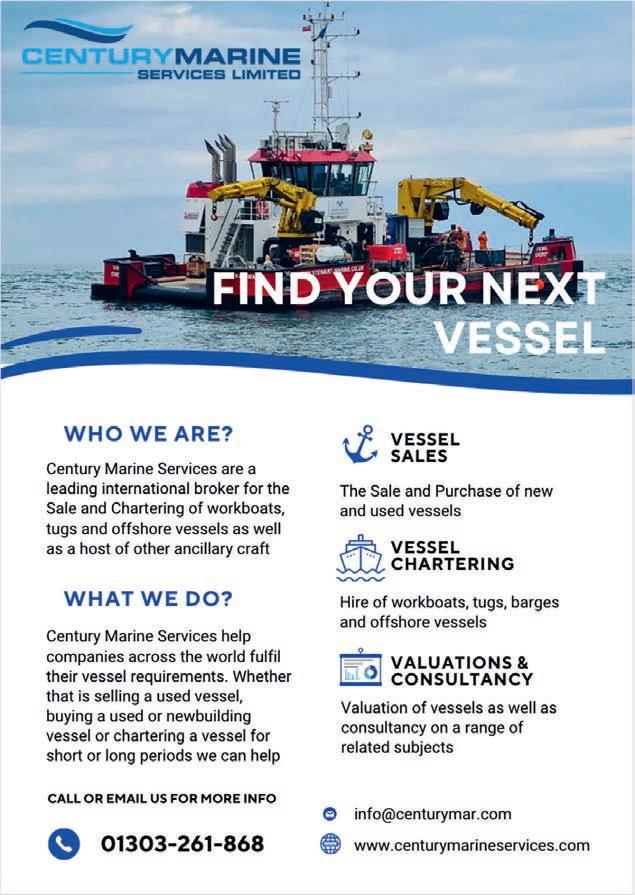
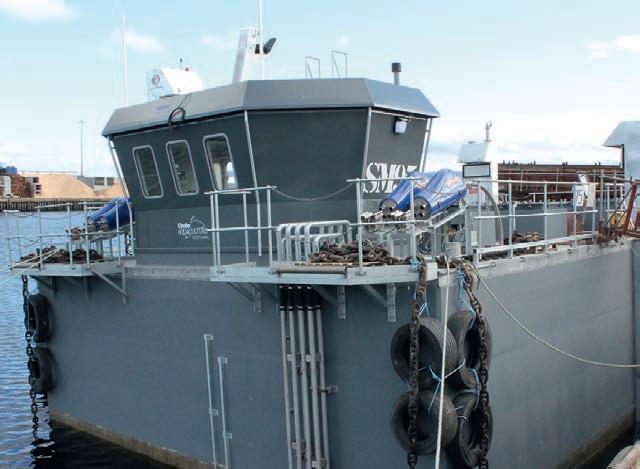
As another example from a complementary marine sector the Port of Singapore, which has 1,600 harbour service craft, has a netzero emission target that after 2030 all such craft will be electrically powered or use alternatives such hydrogen.
The maritime sector is facing significant challenges in the race to achieve net zero, but it is clear that the range of vessels serving aquaculture will look very different in the years to come.
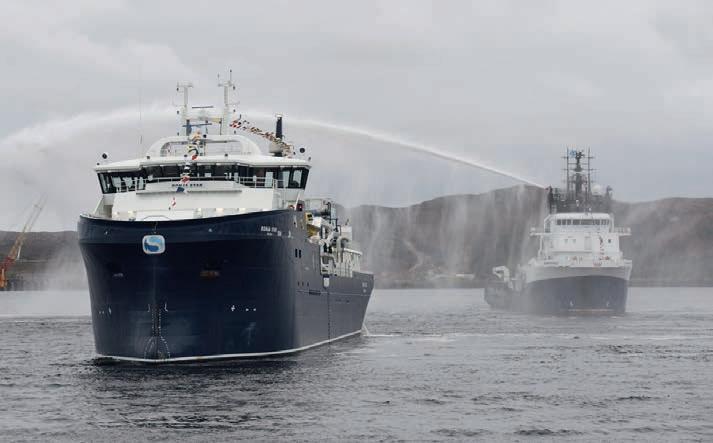
Dr Martin Jaffa responds to last month’s article from the Coastal Communities Network

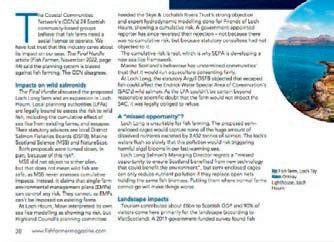


Ihope that John Aitchison of the Coastal Communities Network realises how fortunate he is that Fish Farmer magazine afforded him two pages to expound his views on salmon farming (“Local voices must have the last say”, Fish Farmer, February 2023, page 38).

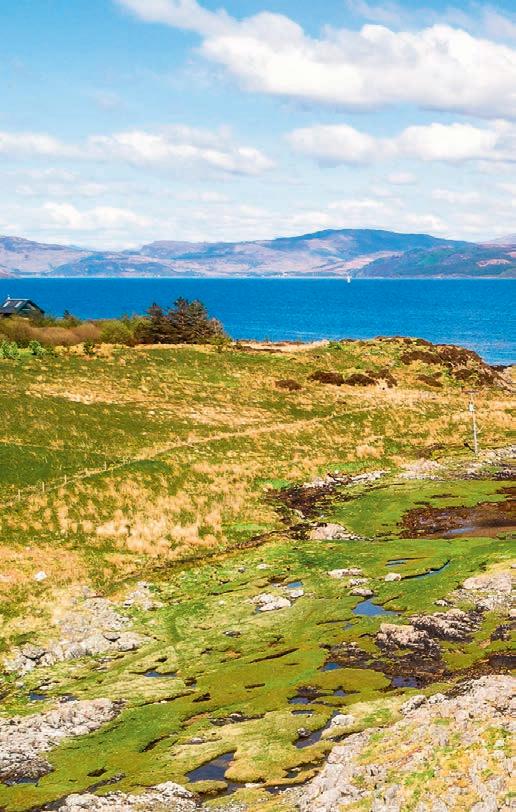
The angling press won’t even acknowledge any correspondence let alone publish a letter or an article in defence of salmon farming. The wild fisheries sector can maintain its anti-farming narrative because no one gets to hear the other side of the debate.
Even Aitchison’s Coastal Communities Network (CCN) refused me the opportunity to speak to its aquaculture group (or better named anti-aquaculture group) because it doesn’t want to hear anything that might undermine its narrative. One of Aitchison’s colleagues in the aquaculture group even wrote to me saying: “We don’t have anything to gain by debating with you, so we don’t.”
The CCN is only interested in the removal of salmon farms from the Scottish coast, so hearing that salmon farms do not have the impacts that it claims will not help their cause.
Aitchison says in his contribution to Fish Farmer that the CCN has lost trust that the salmon farming industry cares about its impact on Scottish seas. This loss of trust is simply because the salmon farming industry won’t agree with Aitchison and the CCN about the impact it has on the environment.

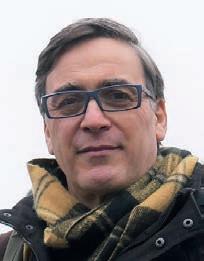
More importantly, Aitchison and the CCN aren’t willing to listen to why the industry disagrees with them. Perhaps, if Aitchison was more willing to discuss the issues, then he could rebuild that trust. However, while he believes that the salmon industry should accept the environmental gospel according to him and the CCN without question or debate, then there will never be any trust.
Aitchison makes a number of points in his contribution, but I was drawn first to his final words. He writes that “open-net fish farms create some jobs in coastal communities, but at too high a cost”.
He adds that there would also be jobs if the farms were “designed, operated, and sited to do no harm” and therein lies the rub – Aitchison and the CCN make claims of harm, but appear unable to provide any evidence of such harm. Over the years, I have repeatedly asked to be shown examples of where the salmon farming industry has caused harm, giving salmon farming critics the opportunity to highlight their cause and yet they remain silent.
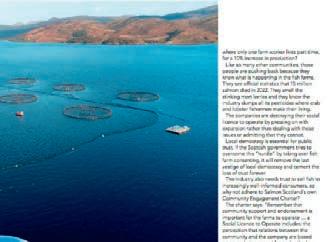
Top: Ornsay Lighthouse, Loch Hourn
Above: The John Aitchison ar�cle
Instead, all we see are pictures of trucks carrying salmon mortalities spilling their load, or of a sunken feed barge, as if these are supposed to represent the damage caused by salmon farming.
In his piece, Aitchison refers to the planning saga over Loch Hourn and gives this as an example of the impact of salmon farms on wild salmon. His claims are based mainly on the modelling of risk and not what has actually happened to wild salmon in the waters around the farm and Loch Hourn. It is clear from examination of the data that the decline of wild salmon around Loch Hourn has nothing to do with the salmon farm.
Aitchison says that the government reporter reversed the original planning decision simply because the statutory consultees had not objected (maybe Aitchison should ask why) and not because
the reporter was provided with the evidence that the salmon farm was not responsible for the declines in wild fish.
Staying with Loch Hourn, Aitchison discusses social licence and points out that the farming company had said development decisions should be evidence-based. He then asks: why then were the concerns of so many people in the community disregarded? He highlights that only one farm worker lives in the community and then only part time, suggesting that the farm has contributed little to local life.
If only one person from the farm lives in the local community, it would be interesting
to know the makeup of the community, especially if they work or whether they are retired. Of interest too would be whether they are local or have moved to the area.

One of the possible reasons that only one farm worker lives locally is that house prices are largely out of the reach of local families, due to demand from those wishing to move to the west coast as a primary residence or second home. One of the people complaining about the recovered feed barge at Kishorn who had a house nearby was a professor from the University of Aberdeen, someone unlikely to be participating in the daily commute to work.
In relation to planning, Aitchison says local democracy is essential for public trust. What he seems to be saying is that local people should have the right to veto anything they don’t like. If this is the case, then why should Aitchison and his fellow NIMBYs have such exclusive rights. Why not extend that principle to everyone in Britain? Just because I live in a city, should I not be able to veto road improvement schemes, new hospitals, schools and even retail parks? In fact, that pub at the end of the road can be a bit noisy, so I should have the right through local democracy to close it down.
Unfortunately, while Aitchison has formed a group with the name Coastal Communities Network, it doesn’t actually represent local communities, but rather just a minority of very vocal salmon farm critics. The reality is that many people have chosen to move to the west coast from elsewhere. If they don’t approve of local business,
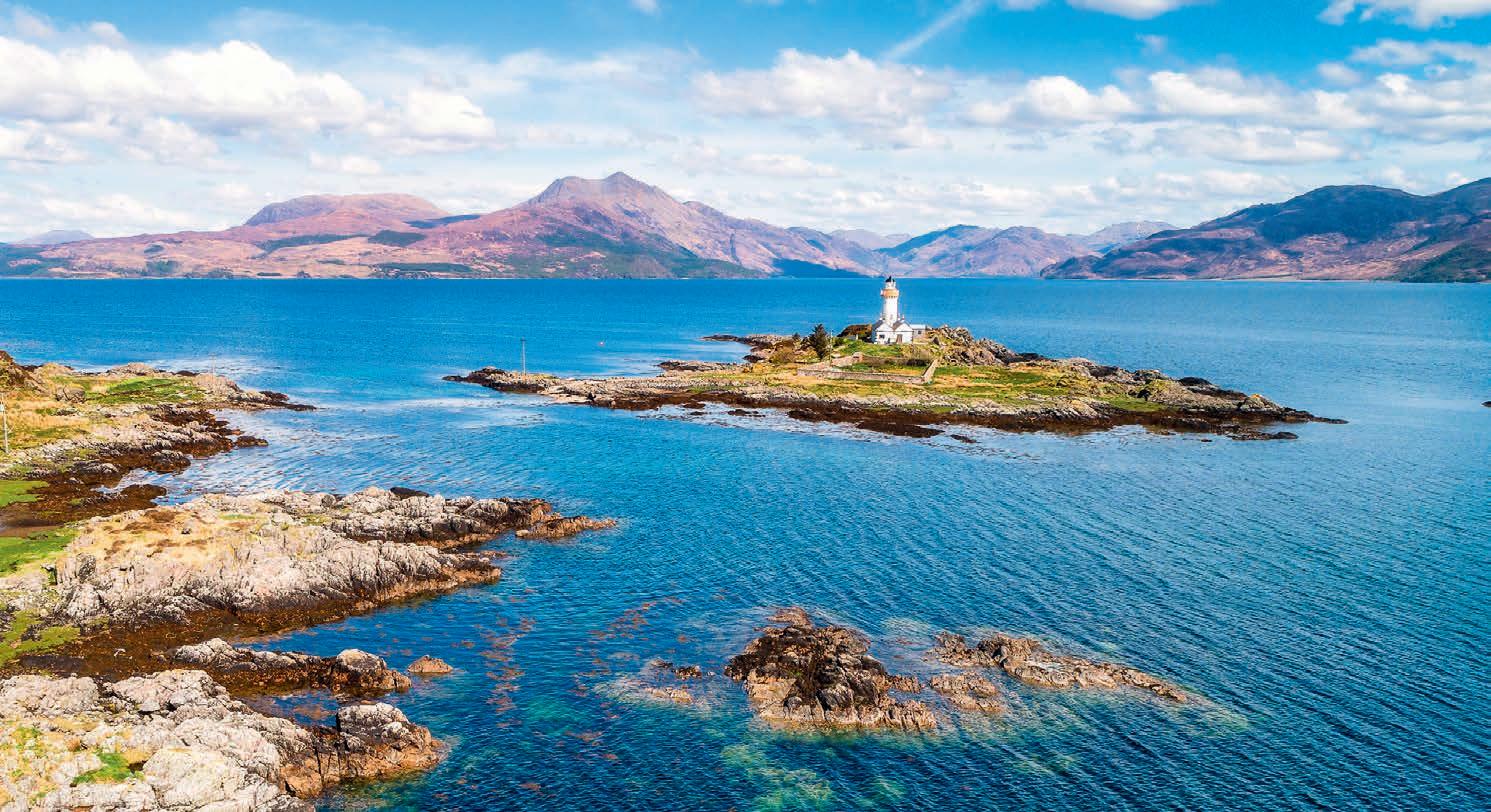
I have repeatedly asked to be shown examples of where the salmon farming industry has caused harm
 By Vince McDonagh and Robert Outram
By Vince McDonagh and Robert Outram
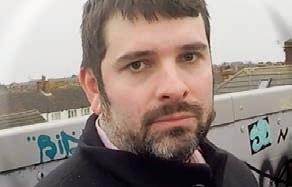
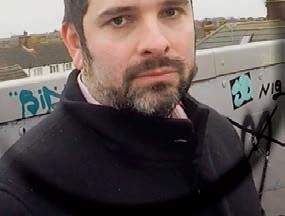
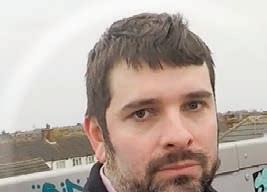
Grimsby, once home to the world’s largest fishing fleet, could be about to go into the salmon farming business.
In December, a London-based company, Aquacultured Seafood, submitted a screening application to the local authority, North East Lincolnshire Council, as the first stage in seeking permission to build a 5,000-tonne recirculating aquaculture system (RAS) salmon facility, to include a processing factory, on former dockside railway sidings. The proposed site is about 400 yards from Blundell Park, the home ground of Grimsby Town Football Club.



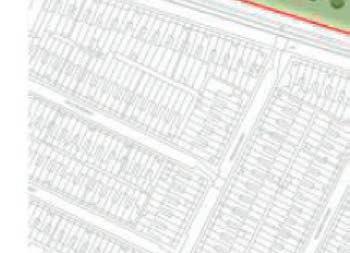


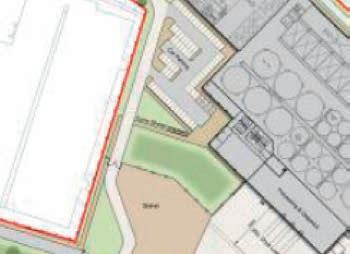
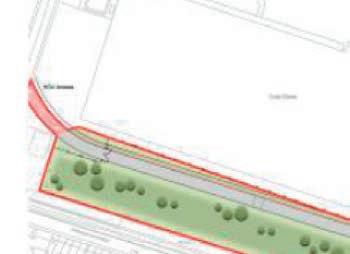
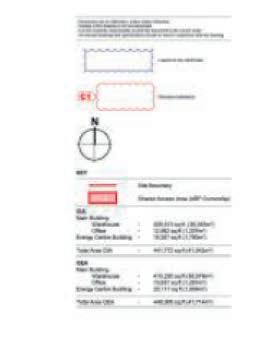
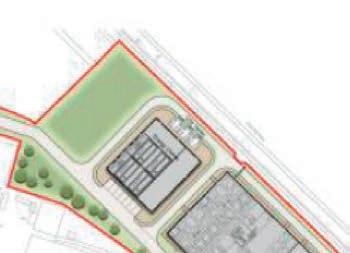

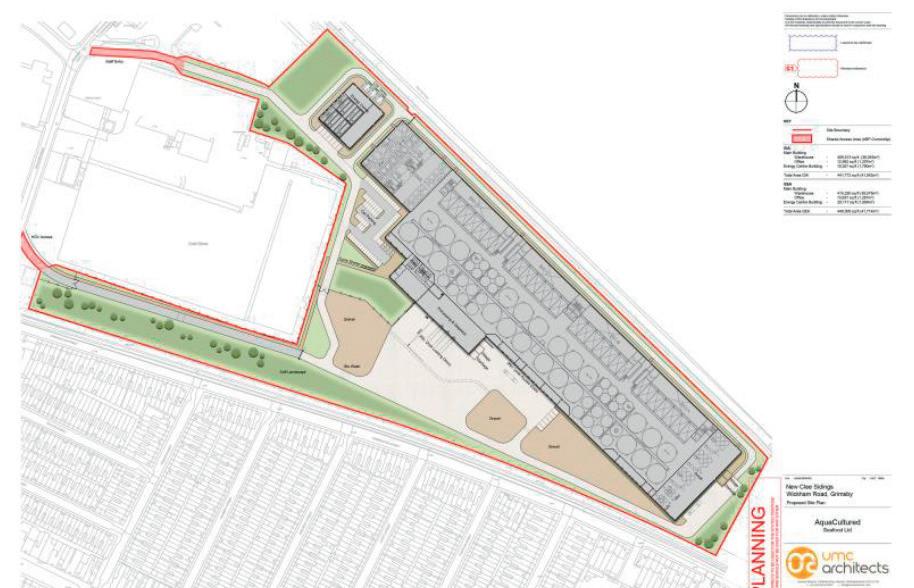


The plant would occupy around 40,000 square metres. The proposed development includes a marine RAS with both freshwater and saltwater tanks. The larger saltwater tanks would enable the salmon to grow to 4–5kg in size. The facility would also house associated systems such as a water treatment plant, a fish
processing line and a feed storage unit. Its freshwater would come from the boreholes that already supply the Associated British Ports (ABP) infrastructure in the port of Grimsby, while saltwater would be drawn from a new borehole providing saline groundwater from underlying chalk and/or limestone aquifers.
The company says that up to 1,000m3/day of effluent will be generated from the aquaculture process, adding that this will be treated to a very high standard using the best-quality water filtration technology developed by Israeli-based RAS specialist AquaMaof.
The projected investment total is around £75m and, if approved, the company says it could create up to 100 jobs, particularly in processing.
Despite losing its 300-strong fishing fleet in the 1970s, when countries were granted 200-mile fishing limits, the town can
still boast the country’s largest seafood processing hub.
However, most of the aquaculture expertise would have to be brought in from outside the area, probably Scotland, which is home to the UK’s salmon farming industry.
The project would propel Grimsby into the potentially prosperous world of aquaculture for the first time.
Anderson returns to aquaculture?
So far, little is publicly known about Aquacultured Seafoods except that it was incorporated in September 2020.
However, records at Companies House show that former Scottish Salmon Company CEO Craig Anderson joined the company as “a person with significant control” last November. Anderson resigned from SSC in 2019 when Bakkafrost took control of the company. He also sold his shares, worth more than £1m, to Bakkafrost.

Another director is Michael Berthet, Managing Director of consultants Aquaesea Limited and a board member of the Global Aquaculture Alliance.
Anderson is still resident in Scotland, but most of the other directors and main shareholders live around London and South East England.
The enquiry seeking a screening opinion was submitted by Montagu Evans, a London firm of chartered surveyors, in early December. In February, the local authority’s officers advised that a formal Environmental Impact Assessment (EIA) would not be required “as it is unlikely to have significant effects on the environment by virtue of factors such as its nature, size or location”.
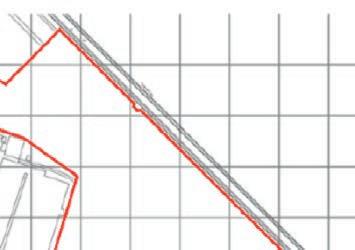
The local authority will still seek the opinion of bodies such as the Environment Agency and Natural England, however.
The site is very close to the Grimsby Seafood Village, which includes several seafood production plants, including those of Young’s, and large cold stores.”
Aquacultured says the development has support from local businesses and politicians.
However, the proposal could run into opposition from residents living on the other side of the main Grimsby to Cleethorpes railway line from the proposed farm.
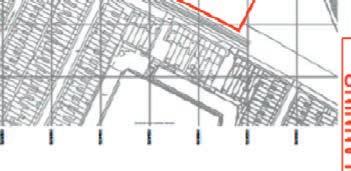
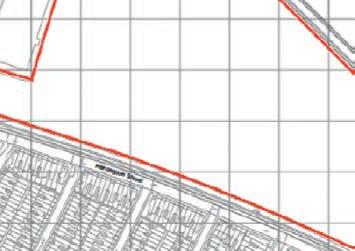
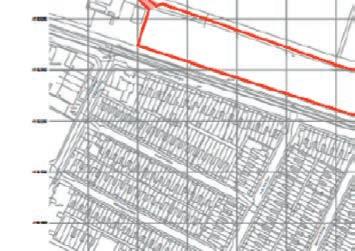
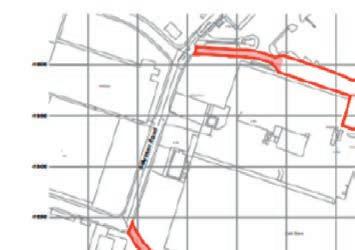
Arch anti-fish farm campaigner Don Staniford travelled to Grimsby in February to mark his opposition to the project, claiming that it “had inspired a community backlash by brave residents” who, he says, have formed a protest group.

Those opposing the RAS farm project say that it would present a nuisance for neighbouring households and remove an area that has become a haven for wildlife including birds and deer, as well as being too close to the Humber Estuary to the north, which is designated as a RAMSAR Site, Site of Special Scientific Interest (SSSI), Special Area of Conservation (SAC) and Special Protection Area (SPA).
Local reaction to the plan has been mixed following publication of the news in the Grimsby Telegraph
Some have welcomed it as a much-needed economic boost for the town, with one reader commenting: “Given the number of jobs that have been lost, or put under threat post-Brexit, in the fish processing industry you might have thought that the people of this area would have been overjoyed that a fish-related production industry is being proposed.
“But, no, with typical local negativity, all the small-minded arguments must be mustered against it whilst lamenting the economic decline of the area and the concomitant social problems that come with it.”

Another described it as “a brilliant idea”, while others felt the proposed site was not in the right place.
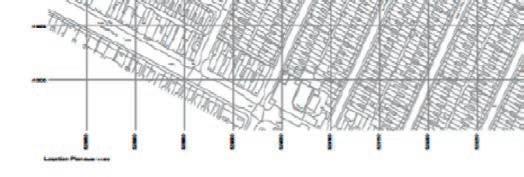
Councillor Matthew Patrick (Labour), representative for the neighbouring district of Heneage and Leader of the Opposition on North East Lincolnshire Council, told Fish Farmer: “There is concern over the proximity to housing and how safe the facility will be in terms of effluent, and on the effect on tourism in the area [although it is an industrial site, the proposed location is close to the popular Cleethorpes Beach].
“But I’ve got to keep an open mind. I work within the fish industry myself – although I don’t have a conflict of interest – and I’m aware Grimsby processes a lot of farmed salmon, so I can see there’s an argument we could produce it here.”
Patrick said he would like to see an environmental impact assessment for the project – or an explanation as to why an EIA is deemed not to be required.
He also believes the company should offer to meet local residents as part of the process. As he put it: “It’s always best if organisations can get round the table with local people.”
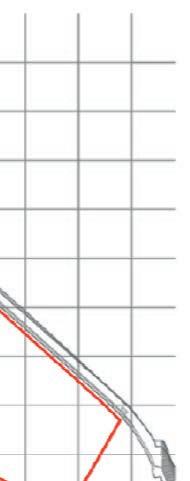
Aquacultured says the development has support from local businesses and politiciansOpposite from top: Grimsby fish farm plan; Councillor Ma�hew Patrick Above: The site layout, showing Grimsby Town FC’s stadium Left: Residents opposing the site Photo: Don Staniford
In their report on salmon mortalities in Norway, researchers have found a complex mix of factors behind the stark numbers.
At first reading, the news that 58 million salmon in Norwegian cages died prematurely last year or were in such poor condition they were registered as discards would seem alarming.
With around 450 million salmon currently in cages, that figure represents one fish in seven failing to make it to harvest.
A further 2.9 million farmed trout also died prematurely or were discarded during 2022.
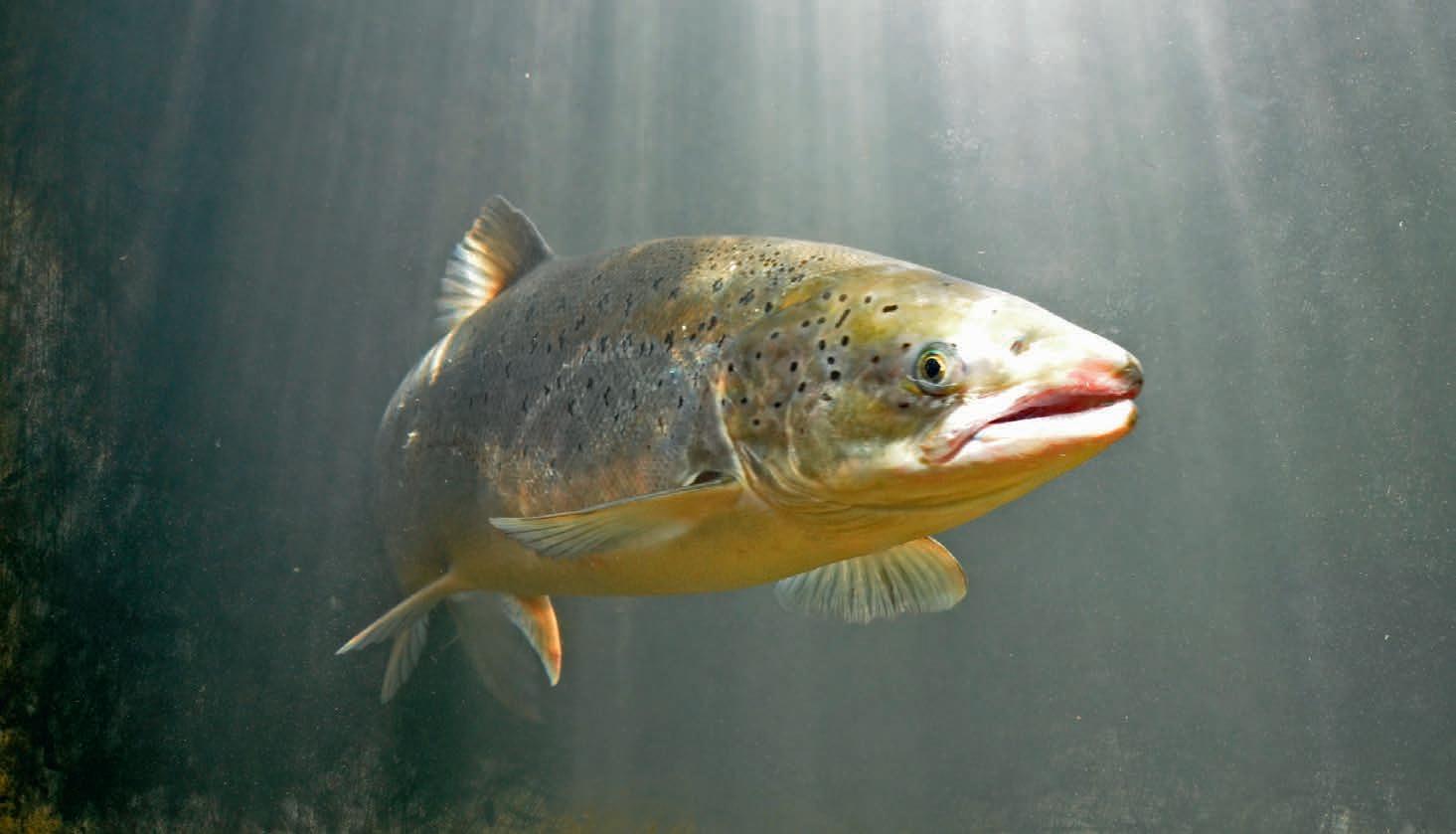
But the Norwegian Institute of Marine Research (HI), whose data is responsible for the report, suggests there is no one cause and no single easy solution.
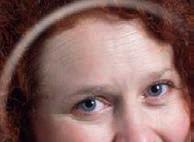
There are large regional variations. West Norway was the hardest region hit, with a mortality rate of over 25% compared with a national average of around 15%.
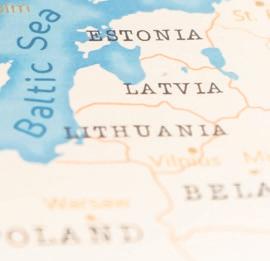
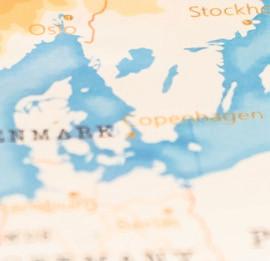


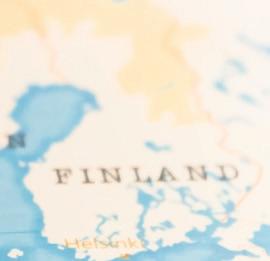

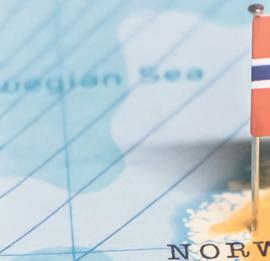
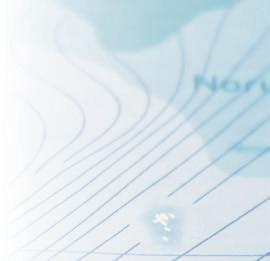
Fish farms further north where the water is colder had a better record on fish welfare.
The report identifies a number of factors adversely affecting fish health, from water quality and the spread of diseases to stress-inducing treatments, for sea lice and other threats, which can pose a threat to survivability themselves.
HI researcher Lars Helge Stien says that although the 2022 figure
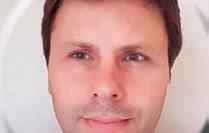
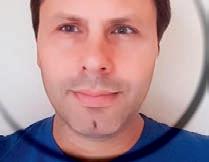



 By Vince McDonagh
By Vince McDonagh
is a million higher than 2021, there has been no significant change because the number of farmed salmon released into the sea has also increased.
Fellow researcher Ellen Sofie Grefsrud argues that the country is currently not where it wants to be. The farmed fish mortality rate should be 10% or below before everyone can be satisfied, she says.

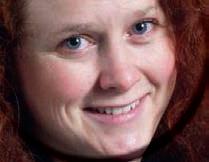
Stien adds: “Mortality statistics do not give an answer as to what a possible increase or decrease in mortality is due to, but the data is nevertheless a good ‘temperature gauge’ for how things are in salmon farming and where we should focus our research.”

With this year’s report, the Institute has taken the first steps towards compiling the risk assessments
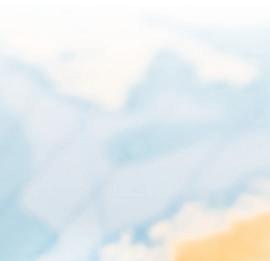
for animal welfare and the environmental impacts of fish farming for each production area, along with the impact on wild salmon.
“This provides an easily accessible overview of the overall risk picture in the production areas, and the reader can form a picture of how animal welfare and the environmental impacts in Norwegian aquaculture vary between the different geographical areas
The report adds: “Today’s farmed salmon are basically well adapted to life in cages all along the coast, but disease, de-lice operations and the water environment help to increase the risk of mortality in farmed salmon at sea.

“Mortality is a rough welfare indicator, but it is reasonable to assume that fish that die have experienced poor welfare before they died and that high mortality is a sign of poor welfare.
“Based on the production mortality, a clear picture is drawn that there is a high risk linked to poor animal welfare for farmed salmon in the sea in production areas 1–5 (from the Swedish border to Hustadvika).
“Here, production mortality in the entire period between 2018 and 2020 has been above the national average of 15% and in production areas 2–4 (Ryfylke to Stadt in the south) the mortality has been between 23% and 27%.”
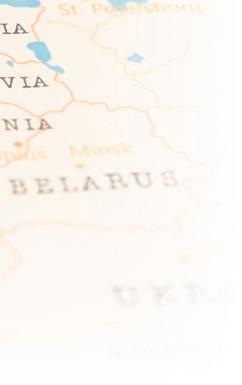
HI believes one of the explanations for this is that the fish in Western Norway have had more salmon lice and disease problems, and tolerate de-licing less well than those further north. Regular de-licing

is seen as vital, however, to keep infection pressures down.
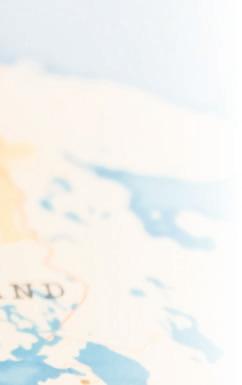
The report says the impact on wild salmon includes both genetic changes as a result of crossbreeding with escaped farmed fish and the effects of lice on migrating postsmolt salmon and grazing sea trout.
Wild fish have also been affected by incidents of infectious salmon anaemia (ISA) and pancreatic disease as a result of infection from farmed fish.
The threat to wild fish shows no signs of going away. The report has found that as many as six of the Norwegian production areas are considered to have a high risk of further genetic changes in wild salmon brought about by escapes. This is based on the fact that major escape incidents
from salmon farming are continuing to occur. Combined with the salmon’s innate behaviour, it will be likely, the report says, that some of this escaped farmed salmon will find its way into one or more of around 440 salmon rivers and interbreed with the wild salmon in the rivers.
Stien says the HI team do not have access to all the data they would like, adding that there is great potential for more systematic reporting of the actual causes of death.
FROM Helgeland to further north, the Institute of Marine Research team have found that the volume of salmon lice detected in the farms is increasing. This may eventually have consequences for both wild fish and farmed fish.
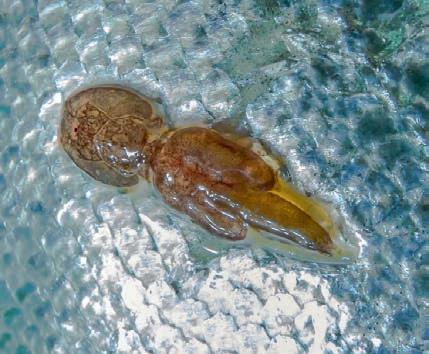

Researcher Ørjan Karlsen points out that risk assessment is about long-term trends, so it can take time before the biggest changes are seen, and it is also not certain that forecasting will be accurate.
He says: “So far, we have only seen a small increase. What happens in the future depends on several things – if developments are taken into account now, the trend can reverse.”
It is reasonable to assume that fish that die have experienced poor welfare before they died






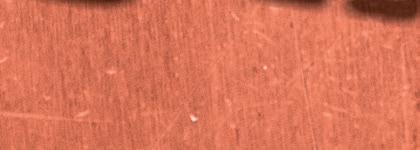










Copper is indirectly creating serious environmental concerns for fish farms along the Norwegian coast, according to the country’s Institute of Marine Research.

Salmon farmers have long used copper at their facilities for controlling lice and for other reasons. However, a strong focus on reducing copper emissions has led to an increase in the use of alternative environmental toxins, about which much is still unknown.
Institute researcher Bjørn Einar Grøsvik is both concerned about the traditional use of copper and also the increased use of new, substitute biocides.


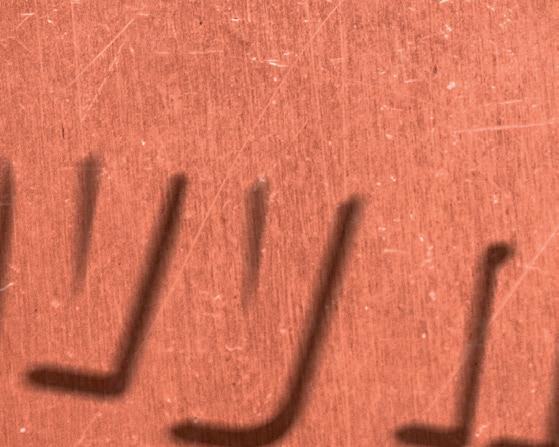





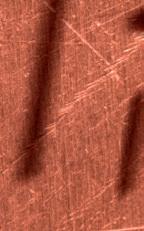



Fish farmers use copper and other antifouling agents because small organisms start to grow on the nets when they have been in the sea for a while.
Added to this, mussels and sea urchins can cause problems for
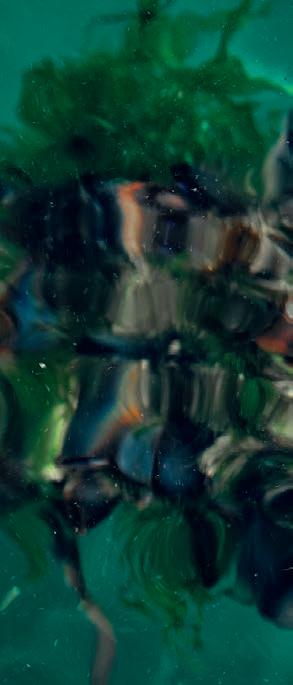
organisms have grown large enough, they can restrict the flow of water through the cage.
Another problem is that organisms growing on the nets can make for more tempting food for cleaner fish deployed in cages, meaning they eat fewer lice. Grøsvik says: “Copper is toxic to these organisms and has therefore been used as an antifouling agent for many years, but this also leads to the release of copper into the environment.”
The discharges are now so large that the Institute expects a negative impact on sea life around fish farming facilities. The IMR
Top: Biofouling: mussels on an anchor chain
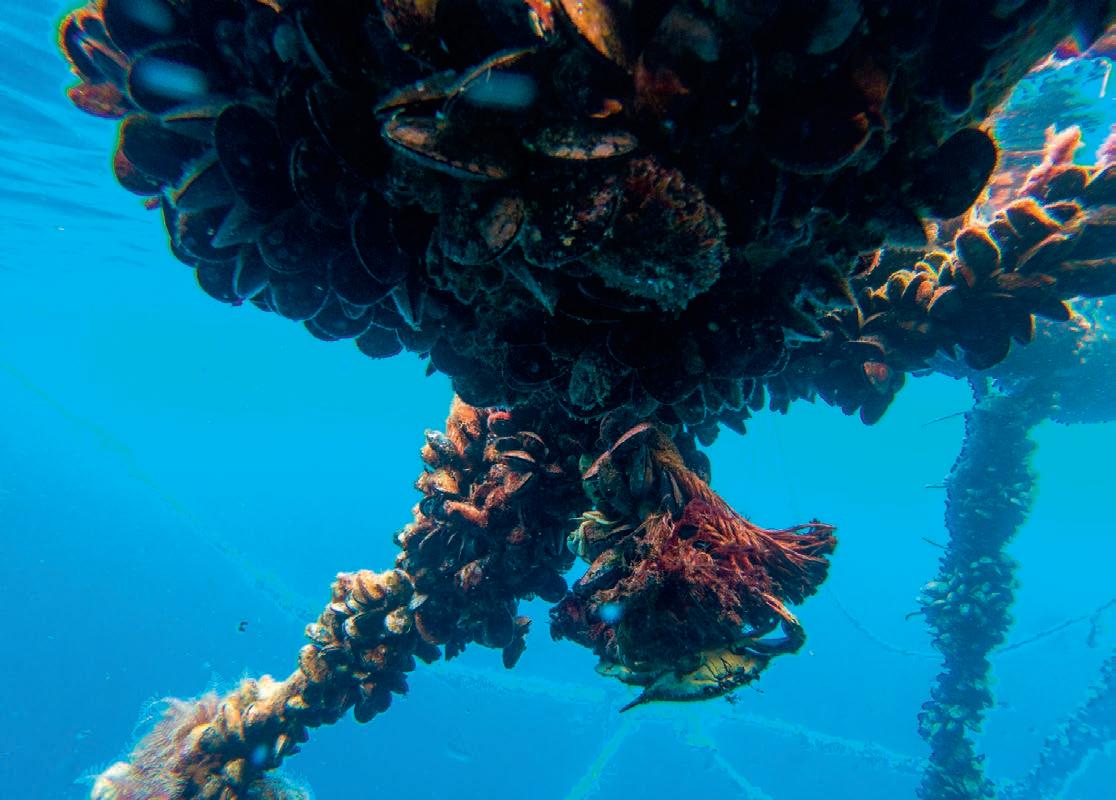
Above left Fish farm structure with heavy fouling and a green crab
Above: Bjørn Einar Grøsvik

Opposite: Copper is a versa�le material, but it is also hazardous to marine life

The alternatives to copper are also scary
Vince McDonagh
is currently looking at what this is doing to mussels, for example, Grøsvik says.
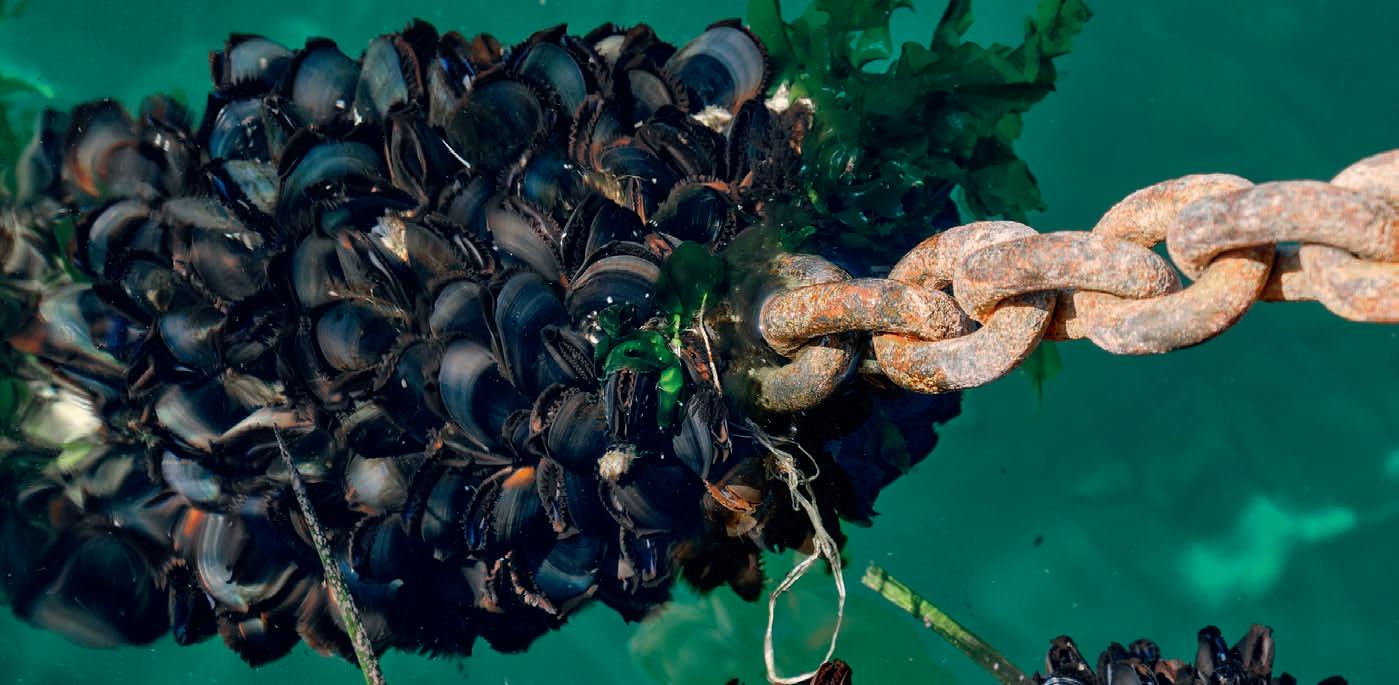
Not all farms use copper, of course. But where they do, an impregnated circular cage with a diameter of, say, 50 metres can contain up to 400 kilograms of copper.
Grøsvik explains: “Some of the copper ‘bleeds’ out continuously, while the largest emissions occur when the groove is flushed clean: on the first flush, in the worst case, as much as 80 kilograms can be flushed loose.”
“Since a breeding facility consists of several circular cages, flushing can cause several such pulses each time such treatment is done. This copper is either distributed in the water column or sinks to the bottom.
“We currently do not know how large a proportion sinks and how much is dissolved in the water column.”
But Grøsvik also suggests that flushing with a powerful water jet is where much of the problem exists.
He stresses: “Every time a copper-impregnated cage is flushed, there is a powerful pulse of discharge. We should avoid such pulses.”
The copper can accumulate over time, causing the seabed under and around fish farms to contain high concentrations of metal. Too high a copper content means that the number of species living under the facilities is reduced.
Grøsvik adds: “The benthic (seabed) fauna constitutes an important ecosystem service, and it is important to maintain this in order to be able to operate in localities in the long term.”
In recent years, there has been more focus on the problems with copper, which is why other substances have also been used. But alternative biocides are probably not the answer.
For example, over the past six years, aquaculture has made increasing use of substitutes such as tralopyril and zinc pyrithione –which is also used in medicated shampoo in the US, although has recently been banned for cosmetic applications in the European Union.
“The knowledge about the environmental effects of the new substances is also limited. The alternatives to copper are also scary,” says Grøsvik.
He points out that tralopyril (which is increasingly used in antifouling paints for ships and boats) is an environmental poison. Grøsvik is concerned both about the environmental effects in general, but also about what gets into the salmon that are to be eaten.
He says: “It is important that the risks associated with the use of these substances are assessed so that the agents that will replace
copper do not become new environmental challenges. Here, too, one should document any spread of flushing.”
The Institute suggests people may ask why this problem has not been investigated before.
Grøsvik says: “It has not been so easy to get information from the industry about the substances used, adding that these substances must have been approved by the Norwegian Environment Agency.”
The Institute says it has compiled knowledge about the use of copper as a growth inhibitor in the Norwegian farming industry, comparing how much comes from feed waste and faeces, with limit values from feed, coastal water and sediment.
In high enough concentrations, copper can both cause damage to sensitive species and cause harmful long-term effects in the aquatic environment, it claims.
• Copper is a naturally occurring heavy metal in nature, but is toxic if the concentration of copper compounds becomes too high.
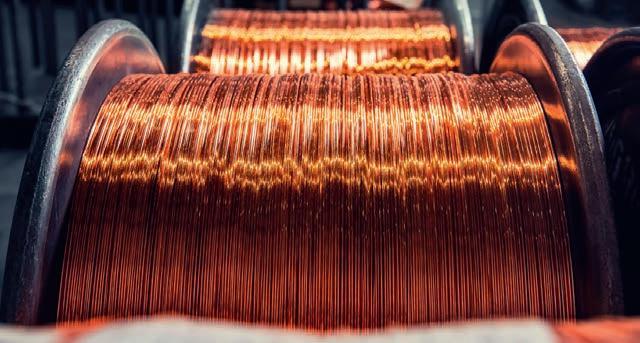

• It is used as an antifouling agent on nets in fish farming.
• Since 2017, substitute substances such as tralopyril and zinc pyrithione have increased in use, but knowledge of environmental effects is limited.
• Norwegian fish farming facilities are required to monitor the bottom directly below the facility and in the surrounding area.
• If excessively high levels of copper are measured in the sediments below the facility, this will result in a reduction in the number of species that can live there, which in turn will lead to a reduction in the turnover of organic waste. In the extreme, this can lead to the site becoming unusable for further operation.
Green-lipped mussels are a nutraceutical success story for New Zealand’s farmers. Could blue mussels do the same for the UK?

Much has been written over the past year or so about developing alternative markets for mussels to enable the UK industry to expand and fulfil its potential. In theory, growing mussels for use in pharmaceutical or nutraceutical applications, for example, is a good idea, but researchers fail to take into account the practicalities and economics of expanding the industry. I guess their job is to explore a potential destination, not to map out the route!
At the University of Cambridge, Dr David Willer’s research group has been working with Nomad Foods, which owns frozen food brands including Birds Eye, Findus and Iglo, investigating the opportunities and challenges of integrating bivalve aquaculture into global food systems. One aim is to develop a range of consumer-friendly products such as fishcakes and fish fingers, using mussels to replace some of the core fish ingredients. Any such development will require large volumes of mussel meat produced at a price that competes with mussels grown in
By Nicki Holmyard



Chile, which in 2018 farmed 365,595 tonnes, putting it in second place behind China’s 903,361 tonnes. In the same year, the UK produced 14,800 tonnes and that figure has not changed much in the past five years.

However, increasing mussel production is part of industry organisation Scotland Food and Drink’s ambition to double Scotland’s food production by 2030. It is also highlighted in the English Aquaculture Strategy.
Crown Estate Scotland, mindful of the need to open up markets ahead of any planned increase in production, commissioned a study from consultancy SAOS Ltd in 2021 that looked at “alternative markets for farmed Scottish shellfish and associated requirements”. The study complemented a separate investigation into the technical feasibility of developing larger-scale mussel farms off Scotland’s east coast, which is currently not farmed.
“Nutra/pharmaceutical use was one of the alternative bivalve market prospects we asked the SAOS research consortium to consider and this was prompted by information in the Ecosystem Services review commissioned from Seafood Safety Assessment Ltd in 2019,” Alex Adrian, Aquaculture Operations Manager for Crown Estate Scotland told Fish Farmer
The hope is that alternative markets might offer scope to add value to shellfish that is substandard for use as a food product, due to issues such as biofouling. The possibility also exists to extract collagen from mussel byssus threads and research on this is already being undertaken in Chile.
“The review outlined that ‘bivalves produce a variety of bioactive peptides, proteins and metabolites, which could assist with the development of innovative pharmaceuticals and nutraceutical foods. ... One well-established and successful example of the use of shellfish as an innovative food product is mussel powder, developed in New Zealand using green-lipped mussels (Perna canaliculus), and marketed as an anti-inflammatory, high-nutrientcontent food additive’,” Adrian said.
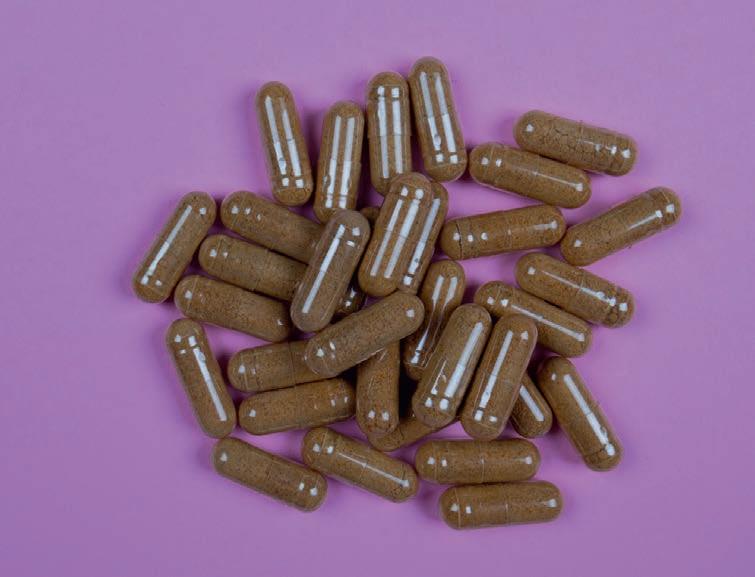
He is also encouraged by recent work focused on extracting value from more planet-friendly aquaculture, with interest in seaweed farming adding critical mass to the prospects for developing restorative aquaculture using algae and bivalves.

“Mussels are the most recognised source of nutraceutical/ pharmaceutical extracts thanks to decades of activity by the New Zealand greenlipped mussel industry, and there is a strong consumer association between green-lipped mussels and joint health,” the authors said.
There is also a growing market for dietary supplements containing green-lipped mussels to support joint health in both humans and animals.
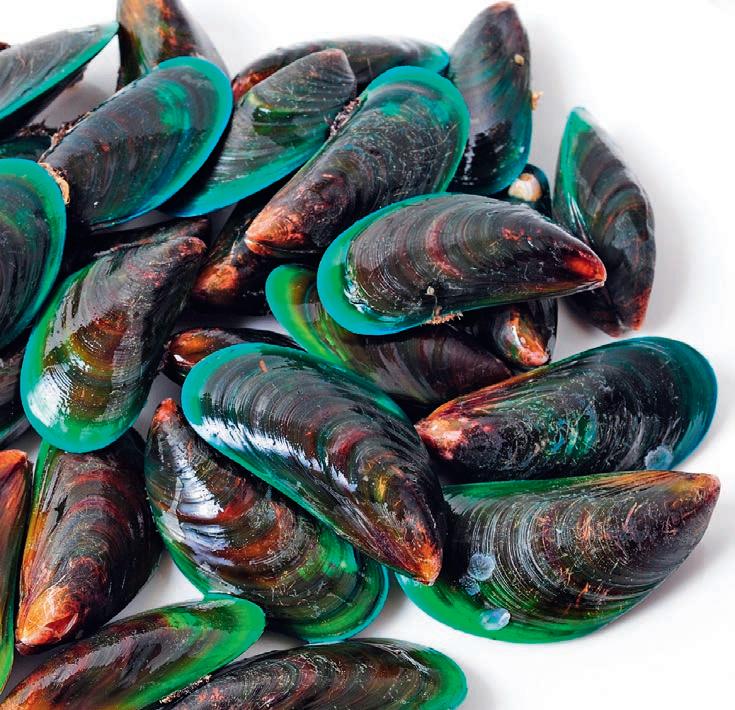
Interestingly, the report points out that the number of pet food products launched with mussels as an ingredient has increased steadily over the past few years, particularly in Asia and Europe. The recent move by owners to “humanise” their pets by incorporating them into more and more aspects of their own daily lives, such as holidays, exercise, nutrition and healthcare, has led companies to introduce products and services to capitalise on the trend. Pet food manufacturers have followed suit by introducing trends from the human food industry into their products.
The first association between greenlipped mussels and bone health was made in the 1970s, following observation that
New Zealand’s Mãori population, who eat a diet rich in mussels, suffered from fewer joint disease problems such as arthritis.
With such first-class credentials, it’s no wonder that New Zealand’s Marine Farming Association (MFA) is pushing for mussels to be classed as a “superfood,” although there is no agreed definition for this term. There is no register of superfoods and they are not regulated under the Food Standards Code. The EU is also unhappy about using the term superfood and since 2011 has banned its use on food labels unless it is supported by scientific evidence.
“If we could convince both New Zealanders and our international markets that mussels are a superfood, that would be fantastic,” Ned Wells, MFA General Manager told local independent news outlet Stuff
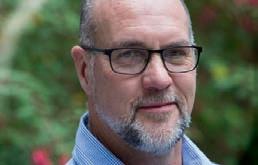
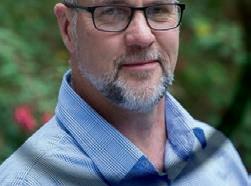
The New Zealand mussel industry produces between 80,000 and 90,000 tonnes per year, 4% of which are turned into mussel powder and 12% into in omega-3-rich oil, according to Aquaculture New Zealand.
One of the best-known companies in the field is Maclab, founded in 1973 by Jim and Bill Broadbent, who pioneered the green-lipped mussel nutraceutical market,using high-pressure processing (HPP) technology. Today the company farms and procures green-lipped mussels for manufacture into high-quality mussel powder, which is sold to partner Pharmalink International for further processing into marine oils including Lyprinol and Antinol.
In the UK, the predominant species is the blue mussel (Mytilus edulis), whose properties are not so well researched. The SAOS study confirmed that the nutritional profile of blue mussels is similar to green-lipped mussels and that they are a good source of omega-3 EPA/DHA, and potential anti-inflammatory, anti-viral, antioxidant and antihypertensive agents, plus high-quality protein, vitamins and minerals. However, further research is needed to ascertain whether blue mussels offer similar benefits for joint and other health issues.
The report outlines the different processing methods used in New Zealand and also identifies that a lack of extraction facilities in the UK is currently a significant barrier to developing a viable bivalve nutra/pharmaceutical industry.
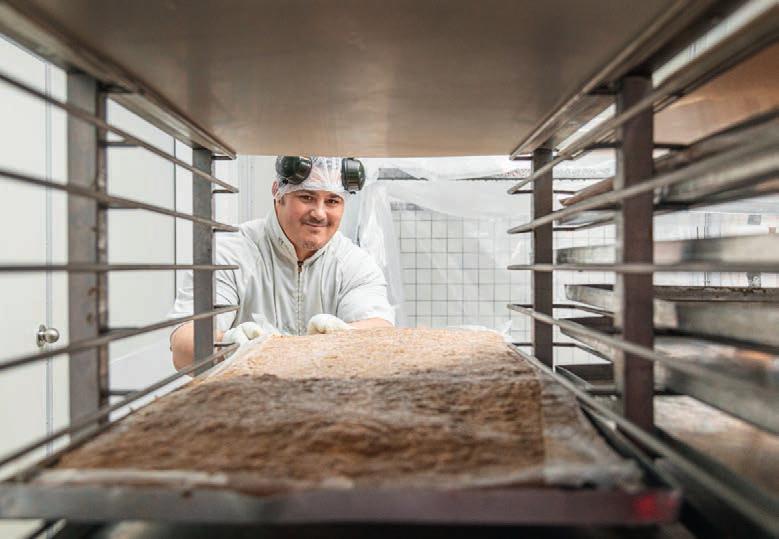
It also set out a six-point plan for success, which includes considering the sector as a value-added industry in its own right, rather than as an add-on; integrating supply chains from farm to final product; investing significant amounts in long-term research; investing in techniques capable of extracting the highestquality compounds; collaborating on research, marketing and communications; and having a strong industry body to providing a focus for development, communications and funding.


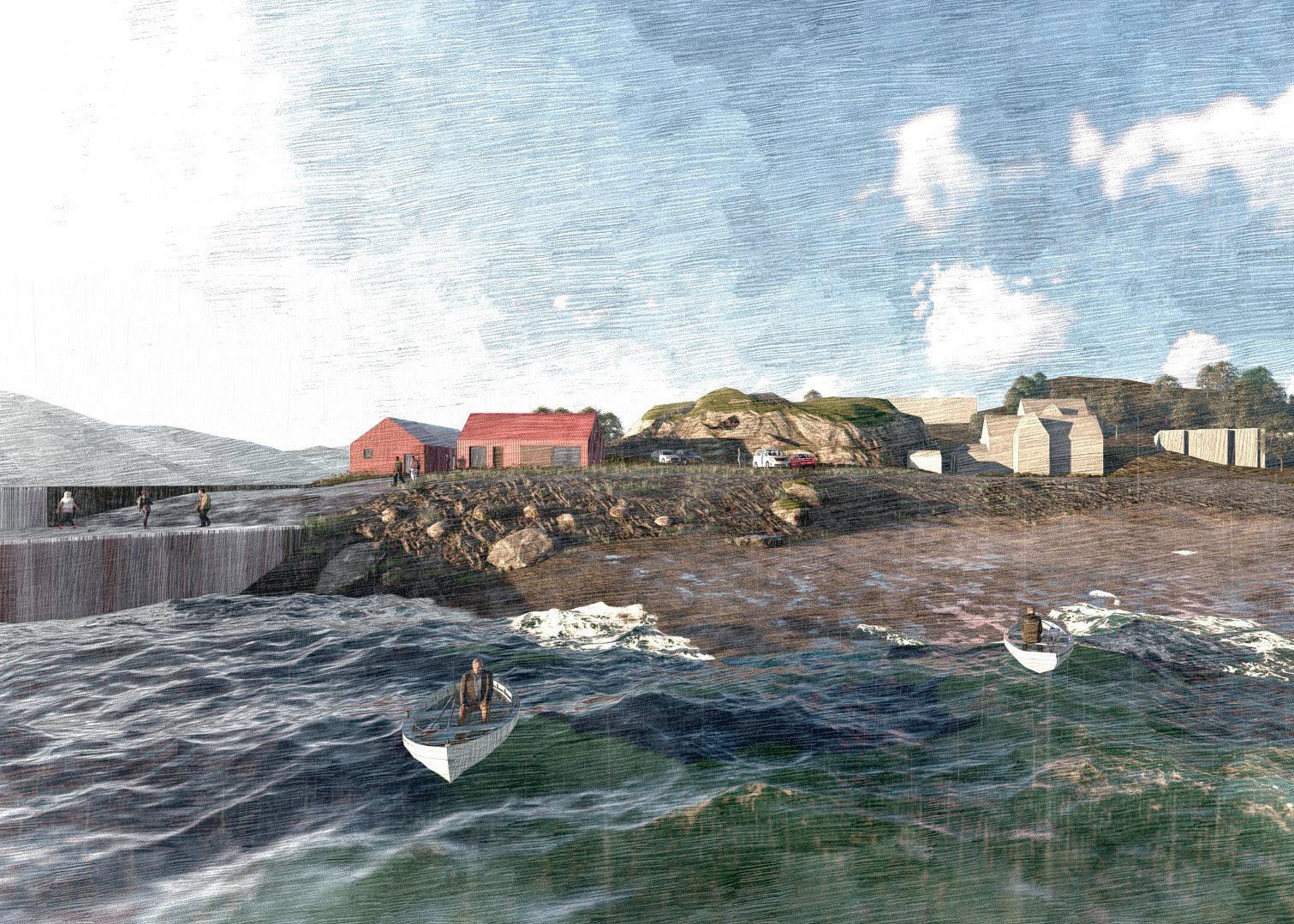 By Sandy Neil
By Sandy Neil
Fish farming firm Mowi Scotland has unveiled a plan to redevelop “one of Scotland’s less visited treasures”: Carradale Harbour on the Mull of Kintyre.
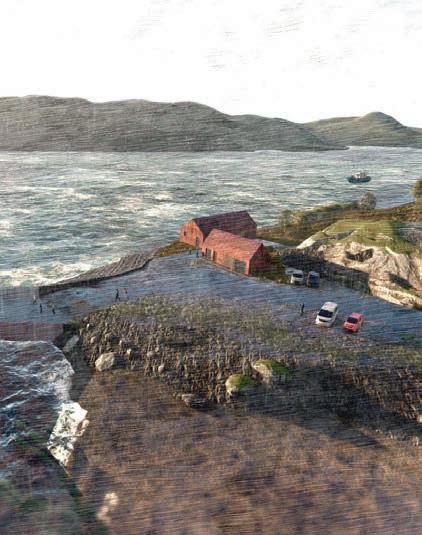

“Carradale Harbour is an iconic location, and has seen a diverse range of activity and pressures over its lifespan,” says Ben Hadfield, Mowi’s Chief Operating Officer, Farming in Scotland. “We see scope to help alleviate these pressures and create something exciting that serves the needs of local businesses and the community at large.”
The harbour is a physical and social focal point in Carradale, a village of about 400 people who hold a Harbour Day fair there every year. It is a picturesque setting, looking out across the deep www.fishfarmermagazine.com
waters of Kilbrannan Sound towards the towering mountains of the Isle of Arran, three miles away.
One could fairly call it “out of the way”, lying on the eastern edge of Kintyre 11 miles northeast of Campbeltown and 25 miles south of Tarbert. The peninsula’s road system is easy to grasp: one road, the A83, goes up the west coast, and the other, the mostly single track B842, goes up the east coast. The two roads meet in only two places, in Campbeltown, and five miles south of Tarbert. No roads cross the peninsula in between, making its upland interior one of the most remote areas of Scotland. It is home to a growing wind power generation industry.
The introduction of steamships transformed the once tiny

crofting and fishing community – and the rest of Kintyre – two centuries ago, explains the Carradale Harbour website. From the 1830s, daily steamers, plying between Campbeltown and Glasgow, would call in at Carradale. With the herring industry thriving, Carradale’s first pier was built in 1858, developing the holiday trade. In 1870, this was replaced by the first iron pier to be built in Scotland. The new pier had two levels: a higher one for the steamers and a lower one for fishing boats, connected by a sloping ramp.
Today only a small fishing fleet regularly uses the harbour, mainly catching prawns (langoustine) and shellfish, although the harbour now provides shelter for vessels servicing the salmon farm, which lies a short distance to the north of the village.
Mowi’s Carradale fish farm, currently employing 12 people, was first established in 2010, and is serviced from a small portacabin structure (“The Red Shed”) located to the west of Carradale harbour on Shore Road. An application for planning permission is under way to secure an additional farm in North Kilbrannan Sound, which will hold a maximum of 2,475 tonnes of Atlantic salmon and generate 10 further jobs on site.
Mowi explains: “A Scottish government report released in 2018 recommended aquaculture companies look to highenergy locations (deep water, exposed areas, strong currents) to grow production in a sustainable way. Mowi is a leader in farming high-energy locations that present increasingly challenging and beneficial sea conditions.



For over 50 years farming in Scotland, the company has continually adapted its business to meet these challenges and will consider the experiences learned at its other highenergy locations – including Rum, Colonsay and North Carradale – into the development of the proposed Kilbrannan farm.”
The new fish farm in North Kilbrannan Sound would also be serviced from Carradale, but this will require investment.
Mowi said in a feasibility study: “The existing shorebase facilities at Carradale are not suitable for the current level of operations and planned future operational needs.”
Mowi would relinquish its current shorebase building on Shore Road and shared harbour areas, “providing an opportunity for innovative community development projects where amenities and facilities could be established to cater for locals and visitors”.
The company has purchased land and buildings adjacent to Carradale Harbour for its new proposed facilities, which will incorporate a farm manager’s office and a separate support building for storage and staff welfare facilities. A new pontoon is also proposed, where boat owners and fishermen could park, organise and maintain their boats.

“Our salmon farm at Carradale has been a successful site for many years, enjoying strong community support, even during our most challenging periods,” adds Hadfield. “We are very grateful for this, and therefore want to expand in a way that not only benefits our company, but also the Carradale and neighbouring communities.”
Hadfield continues: “As well as improving a vital amenity for locals, and setting the tone for further community development, we hope the regeneration would help reinvigorate the highenergy Carradale Harbour has experienced throughout its history.”
Mowi has appointed award-winning architect Ann Nisbet Studios to create the masterplan. Ann Nisbet Studios has an extensive portfolio of projects working in sensitive sites in rural Scotland, particularly in the Argyll area, and has developed indicative conceptual layouts to illustrate the full potential of the redevelopment. The concepts take into consideration everything from proportions to cladding materials, to reflect and enhance both the immediate site and the wider coastal landscape.
Carradale and Mowi were in the news in 2020 for a less positive reason, when Storm Ellen hit the fish farm and nearly 49,000 salmon escaped. A subsequent genetic survey commissioned by the Scottish government indicated that the escape did not have a significant impact on wild salmon stocks in the 2020 spawning season.
The new harbour, however, is seen as a benefit all round. A spokesman for Carradale Harbour Enterprises Limited (a community company) says: “The whole community is extremely pleased with the initial progress made by Mowi, which has overseen the substantial clearance of a yard adjoining the harbour area that has been an eyesore for many years. We look forward to projects that will make the harbour area a better place.”
Ian Brodie, convener of East Kintyre Community Council, also welcomes the proposed redevelopment, “recognising the benefits it can bring to revitalising the harbour environment, a focal point of Carradale, and we look forward to continuing to work in partnership with Mowi to realise the benefits this opportunity brings”.
The development is “a perfect example of how Scotland’s salmon farmers are willing to invest in the communities they live and work in,” says Tavish Scott, chief executive of Salmon Scotland. “The Carradale project will not only help Mowi to grow responsibly, it will benefit other marine users including the wild-caught seafood sector operating in the Clyde and Irish Sea, generating millions more for Carradale and the Kintyre peninsula.
“It is great to see support for this project from so many local stakeholders, including Carradale Community Council, which understands the important role aquaculture plays across the west coast of Scotland.”
Above and left: Ar�sts’ impressions of how the new harbour will look Right: Ben Hadfield, Mowi’s Chief Opera�ng Officer, Farming in ScotlandThe whole community is extremely pleased with the initial progress made by Mowi
 By Robert Outram and
By Robert Outram and
The aquaculture sector in the Faroes seems to be living something of a charmed life. While their neighbours in Norway and Scotland are coping with, respectively, the prospect of a steep new tax and a nightmare year for biological issues, Faroese fish farmers have had a successful 2022 and are looking forward to more of the same.
Bakkafrost, in its report for the fourth quarter of last year and interim report for 2022, noted that although harvest volume was down for Q4 year on year (from 25,800 tonnes in Q4 2021 to 24,500 tonnes in the same period this year), operational EBIT (earnings before interest and taxation) was up from DKK 120m (£14m) to DKK 376m (almost £45m).

The Faroes farming segment produced an operational EBIT of DKK 380m (£45m), up by almost DKK 100m (£11m), while the Scotland farming segment produced an operating loss
McDonaghof DKK 149m (£17.7m). That represented an improvement on a year ago when the loss was DKK 214m (£25.5m).
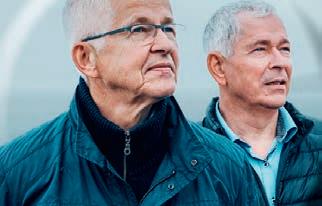

CEO Regin Jacobsen said overall the company was satisfied with results from the Faroe Islands during the October to December period last year.
He reported: “The salmon market has been strong due to low global supply, and the biological performance in the Faroe Islands has been strong with all-time-low sea lice levels and historically low mortality.
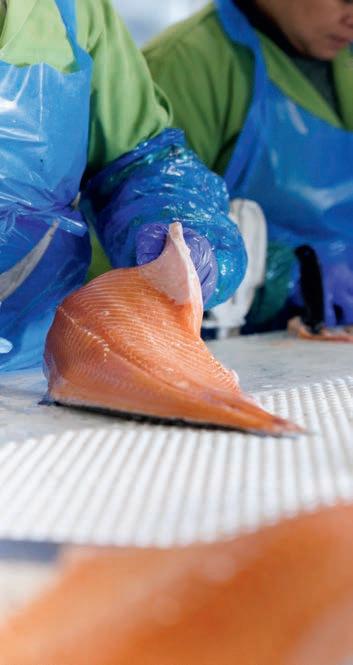

“Our smolt production in the Faroe Islands receives new production capacity from the hatchery expansions at Norðtoftir and Glyvradal.
“The biological performance in Scotland is still more challenging than in the Faroe Islands, but we are now much better equipped to tackle the challenges and mitigate biological risks in Scotland, e.g. with the new 4,000-cubic-metre wellboat in Scotland with dual-treatment and freshwater capabilities.”
He was referring to Bakkafrost’s Ronja Star, which arrived in Scotland last November.
Meanwhile, a new 10,000m3 Live Fish Carrier, Bakkafossur, arrived in the Faroe Islands at the beginning of January this year.
As well as playing a key role in providing treatments to minimise


biological risks such as sea lice and gill disease, the Bakkafossur has been designed to support future offshore farming in the Faroe Islands. With limited space in the Faroes fjords – only one fish farm operator is permitted for each fjord – expansion offshore is seen as the future of the industry.

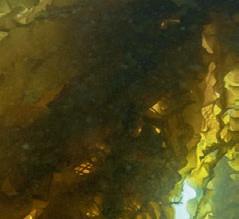
The expansion at Bakkafrost’s hatcheries that Jacobsen referred to will increase the smolt production capacity in the Faroe Islands with around 6.5 million smolts of 500g. The Norðtoftir hatchery is now in full production and the extension to Glyvradal was, at the time of writing, imminent.
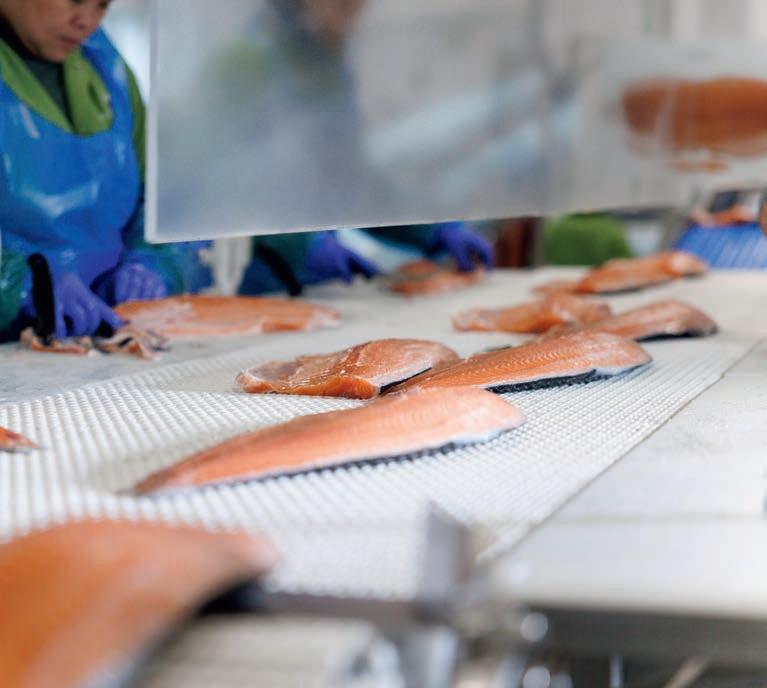
Bakkafrost’s goal is to build an annual smolt production capacity in the Faroe Islands of more than 23 million smolts of 500g in 2026.

Mowi reported a harvest volume for its Faroes operation in Q4 of last year of 3,140 tonnes gutted weight (Q4 2021: 3,777 tonnes). The company points out that, as it operates a relatively small number of sites in the Faroes, harvest volumes fluctuate more from year to year compared with countries where it has a bigger presence.



The company says that biology improved in the last three months of 2022, with positive development in biological key performance indicators (KPIs) such as production, survival rate and feed conversion ratio compared with the fourth quarter of 2021.
Hiddenfjord, the Faroes’ second largest salmon producer, is not a listed company and therefore does not release such detailed information. It is a family business co-owned by brothers Atli and Regin Gregersen.
Hiddenfjord takes sustainably issues seriously and, as reported last year, the company has taken the unusual step of saying “no” to airfreight for its salmon exports, effectively turning its back on the Asian market for fresh salmon and switching its North American exports to sea routes via Iceland.
Atli Gregersen famously commented: “Fish were not meant to fly.” So how’s that going? A spokesperson for the company told Fish Farmer: “The switch to using sea freight only has gone very well. Our market share in the US continues to increase. We now send approximately half of our total supply to the US, making it our largest export market.
“Our US customers are very pleased with the quality of our fresh fillet and whole salmon. We recently hired our fourth salesperson in the US. Most importantly, we have reduced our CO2 emissions for overseas transportation by 94%.”
The spokesperson added: “We are always looking to improve and continue to invest in infrastructure and technology. We are currently working on a few projects, but we are not ready to go public with them just yet. This will probably take place around the beginning of summer.”
What is on the record is that, last October, Hiddenfjord achieved the prestigious Best Aquaculture Practices (BAP) certification. BAP
sets standards for the environment, social responsibility, food safety, animal welfare and traceability.
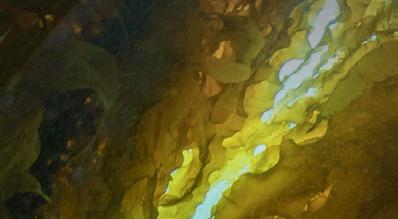
Commenting on the announcement, Mike Berthet, EMEA Market Development at BAP: “The Global Seafood Alliance is delighted to welcome Hiddenfjord to its Best Aquaculture Practices certification programme. This is a first for salmon farms and processing facilities in the Faroe Islands, and is a landmark signal that BAP continues to grow, attracting responsible producers across the complete supply chain.”
All the company’s farming sites and processing plant have been awarded stars, giving Hiddenfjord’s two-star certification. The
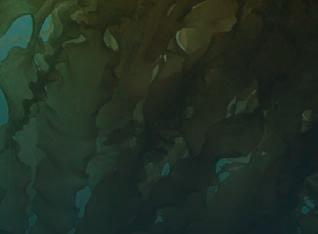




Biological performance in the Faroe Islands has been strong
company’s largest feed supplier, Skretting, is aiming to achieve its own BAP certification and Hiddenfjord is working on having its hatcheries fully approved, which together should mean a four-star BAP accreditation could be awarded.

Not all aquaculture in the Faroes involves salmon, however. Seaweed production is a growing industry, with output going up from around 50 tonnes in 2017 to more than 180 tonnes (wet weight) in 2021, according to the Faroese Fish Farmers Association.
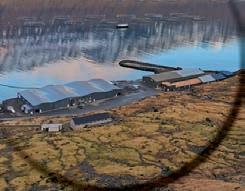
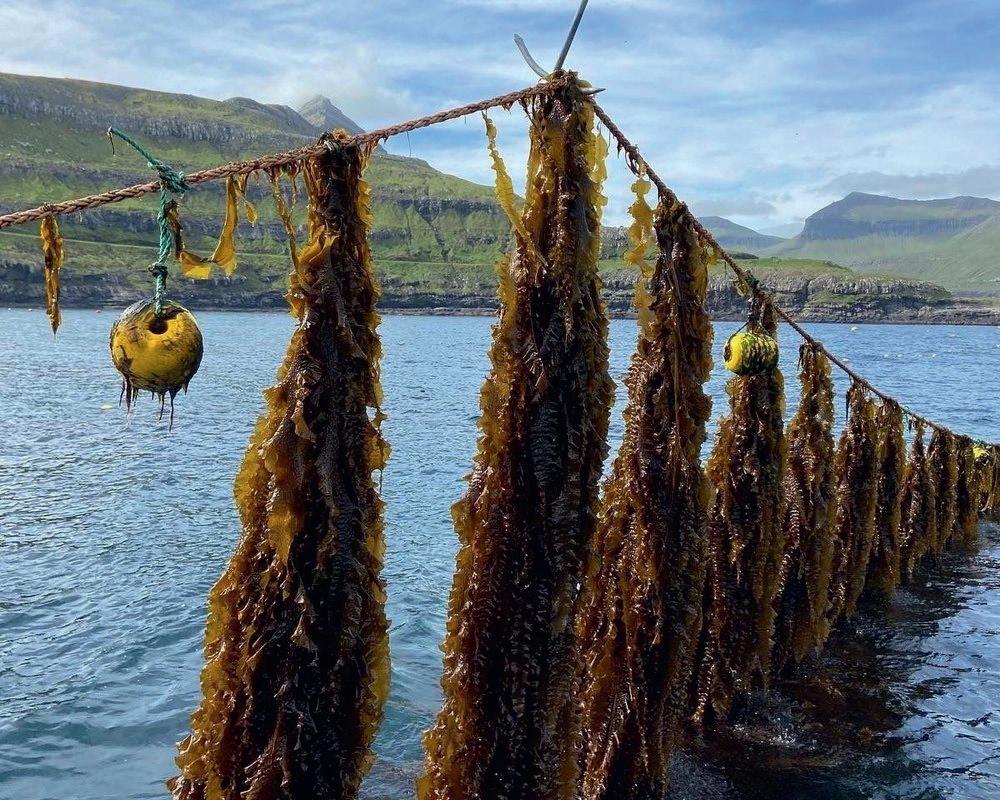
One of the key producers is Ocean Rainforest, which last month closed a US $6.2m (£5.2m) investment round. The capital raised will enable further expansion of the company’s operations in the North Atlantic Ocean and the Eastern Pacific Rim, and accelerate product and market development.
The funding was led by The Grantham Foundation for the Protection of the Environment, which invested alongside Katapult Ocean’s Deep Blue fund, Builders Vision and the Ocean Born Foundation. Existing shareholders World Wildlife Fund, Norðoya Íløgufelag and Twynam Invest also participated in the Series A round.
Ocean Rainforest is based in the Faroe Islands (where the company’s head office is located) and the US. Since 2010, it has developed a proven “first of its kind” openocean cultivation system for seaweed. Today the company is among the largest commercial seaweed cultivators in Europe and has obtained the first-ever offshore seaweed cultivation permit in US federal waters off California.
With fishing and aquaculture such an important part of the islands’ economy, the Faroes also has a strong supply chain to support the seafood industry. Boatbuilders including MEST and JT Electric, and suppliers such as Vonin, which manufactures nets, pens and moorings, not only support their local industry, but export their products and expertise far beyond the Faroes.
Faroese knowledge is also evident in the role played by Fiskaaling, the Faroes’ Aquaculture Research Station. Last year Fiskaaling hosted the International Sea Lice Conference and, in January this year, representatives from Costa Rica, Jamaica, Kenya and Nicaragua attended a workshop on fish farming run by Fiskaaling and supported by the Faroese government’s funding for international development. The initiative was taken in partnership with GRÓ’s Fisheries Training Programme in Iceland, under the auspices of UNESCO.
More proof, it seems, that the Faroes aquaculture sector has a lot to teach the rest of the world.
A group of Norwegian politicians have travelled to the Faroe Islands to look at its fish farming tax model, which is generally regarded as being less hostile towards the industry than the regime due to be introduced in Norway.
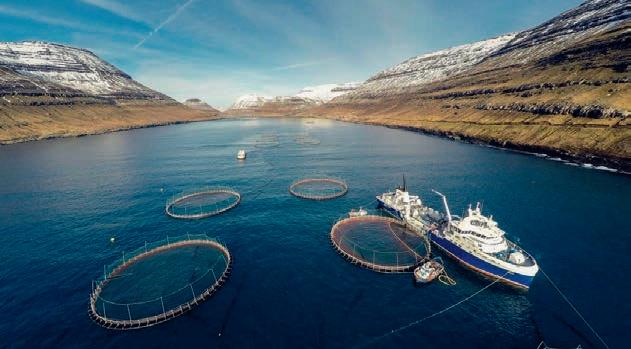
The initiative for the visit came from employer organisation Seafood Norway, and the five-strong group included national and local representatives on the right and left of the political spectrum. The Faroes tax model is based on the monthly harvest weight multiplied by the average spot market price. It means the rate varies according to the selling price and can go up or down.
Production costs are also taken into account, so the tax liability can rise or fall depending on profitability. Iceland is considering adopting a similar model.
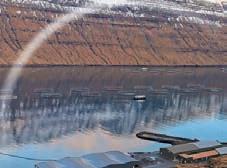
It appears, however, that the new Faroe Islands government is proposing a big rise in its salmon ground rent tax, doubling the rate to 20% at the top end.
The surprise news was disclosed earlier this month by Bakkafrost, which said the proposal has gone out to the industry for consultation. The rise is higher than that suggested by the previous administration, but the Faroe islanders elected a new Social Democrat-led government in December.
The new proposal consists of nine tax rates which range from 0.5% to 20%, calculated around the FishPool price index and production costs. The average production cost for 2021 is proposed as baseline, which is set to be DKK 39.15 (around NOK 59, or £4.65, per kg).
At the highest level the rate will be 20% if the FishPool price exceeds the equivalent of NOK 119 per kilo (£9.29) which is the price Norwegian buyers were paying for the best quality fish last week. Bakkafrost has yet to comment on how it feels about the plan, but the industry will clearly not be happy, even though the rate is still less than that proposed in Norway.
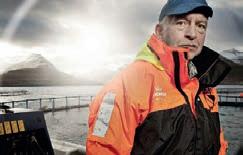
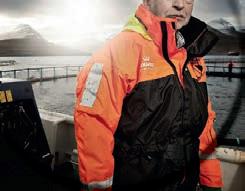
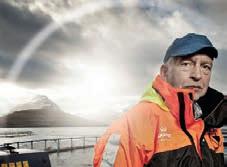
The switch to using sea freight only has gone very well
Twister – new customized equipment from MEST for Thawing Chilling Bleeding Buffer tank

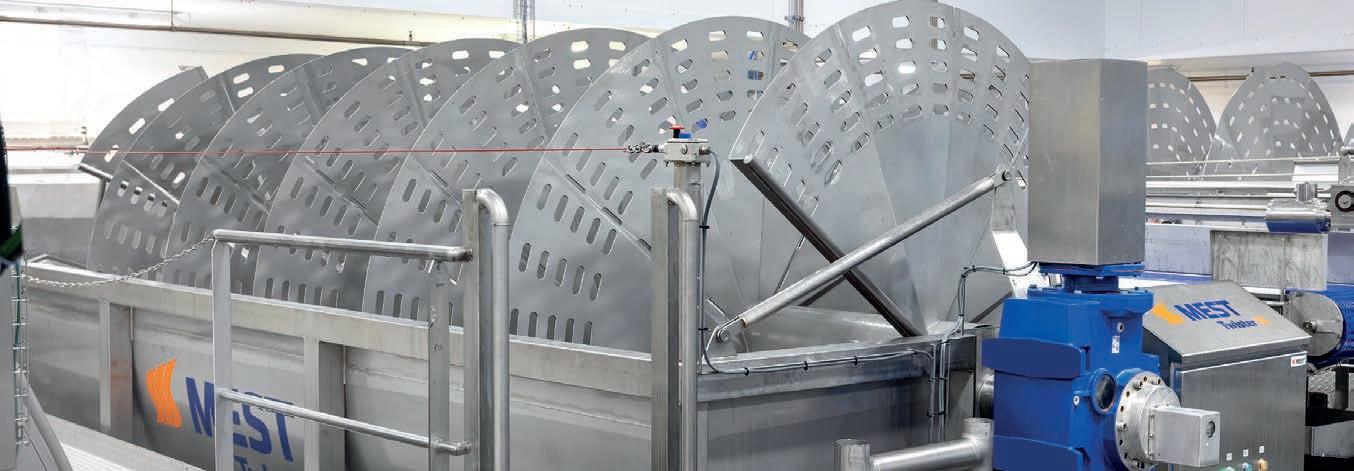
We supply a wide range of Twister tanks according to your needs.
Please contact us on sales@mest.fo or phone us +298 791100
Twister13 delivered to Bakkafrost at their processing plant, Faroe Islands Tel. (+298) 79 11 00 · sales@mest.fo · www.mest.fo/uk


Early warning of algae blooms can make all the difference – and now artificial intelligence is helping to provide that
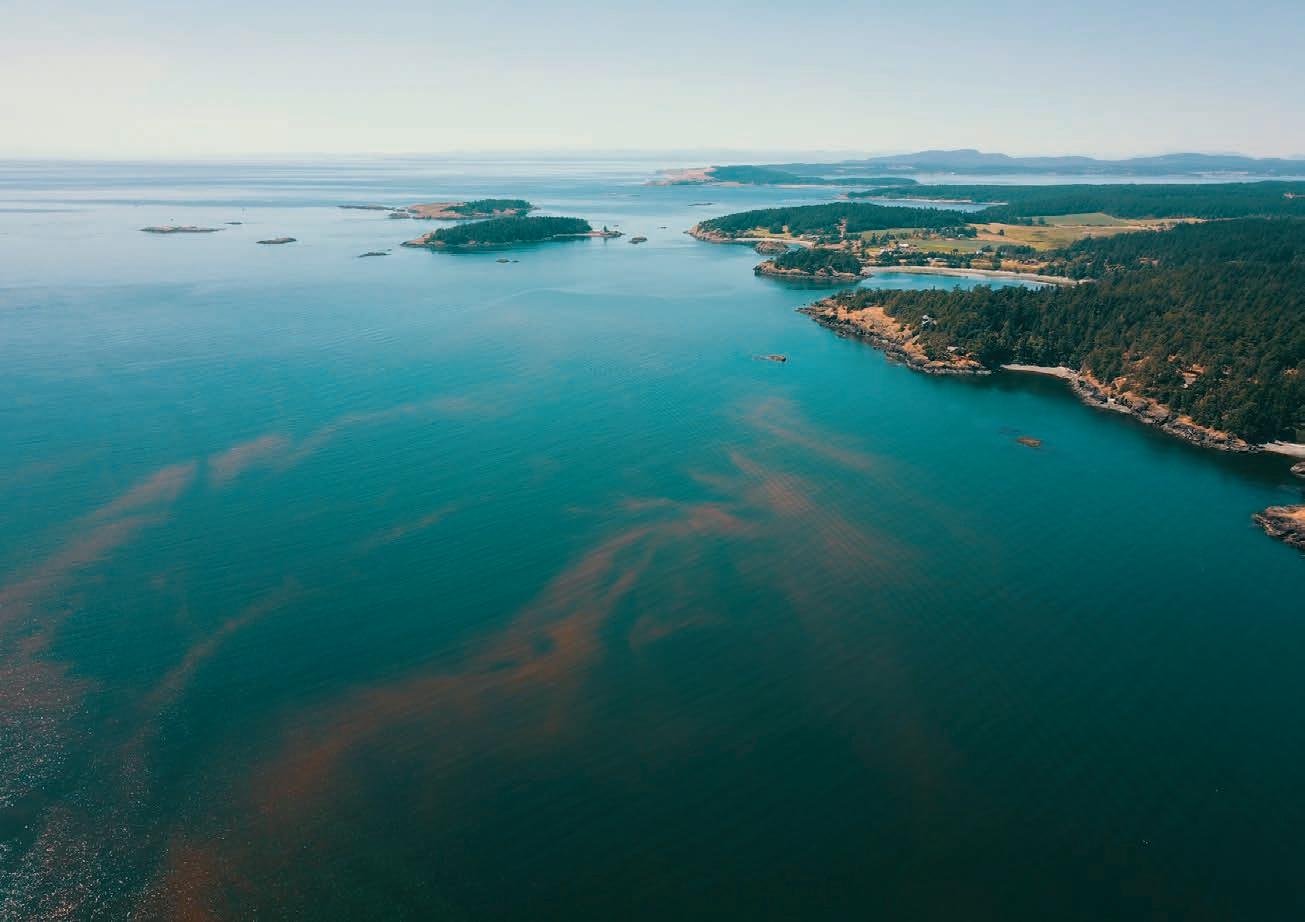
Harmful Algae Blooms (HABs) occur when microscopic algal or phytoplankton populations, amplified by environmental factors such as weather conditions and temperature, grow to such levels that they become harmful to surrounding life. These blooms can be particularly problematic for fish gill health and, with global temperatures rising, are becoming a more prevalent challenge for the global fish farming industry. In 2021, the reported cost of the required measures to treat fish and recover from a HAB was around £6m for a single fish farm.
Many producers are still using manual water quality sampling and microscopic analysis to monitor the formation of HABs, but sector experts agree that a greater focus on technology could hold the key to regular, real-time data collection and the development of early warning systems.
Since 2021, OTAQ Group has been working in partnership with Canadian machine learning specialists Blue Lion Labs to develop technology to directly address this challenge. As a result, the Live Plankton Analysis System (LPAS) has been created, with support from the Sustainable Aquaculture Innovation Centre (SAIC), CENSIS – Scotland’s Innovation Centre for sensing, imaging and Internet of Things (IoT) technologies – and the University of Aberdeen.
Live Plankton Analysis System
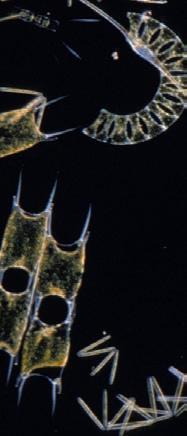



LPAS automatically identifies potentially harmful phytoplankton species and their concentration levels suspended in the samples taken from water surrounding aquaculture sites with increased
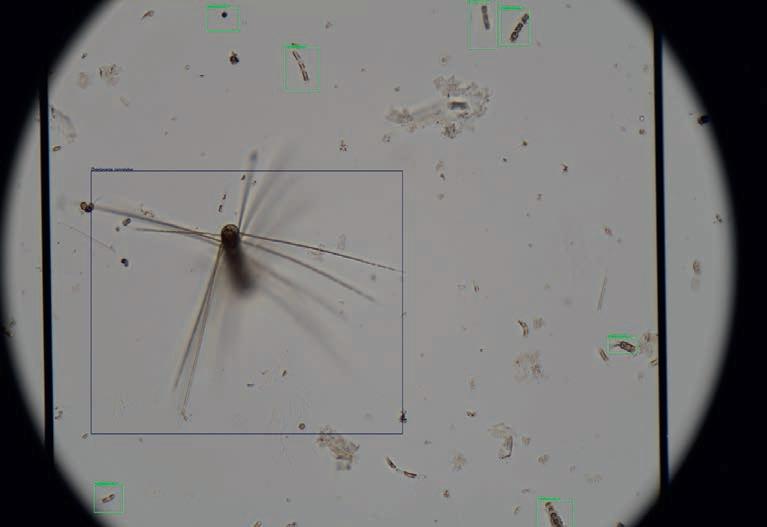


consistency and speed compared to the existing manual methods. The system is designed to be located and operate locally on site and notify operators if user-set safe-working criteria are exceeded, enabling users to make early and informed decisions on their sitespecific mitigation strategy and actions.
LPAS has been designed with field use in mind, to be operable by existing farm operations teams, and takes into consideration the need to function on both well-connected and remote sites.
The LPAS solution consists of four main components:
• AI engine
• Imaging hardware

• Analysis & user interface software



• Connectivity & data storage

AI Engine

In order to rapidly detect phytoplankton in water samples, LPAS employs an artificial intelligence (AI) engine, developed with Blue Lion Labs, a Canadian machine learning company specialising in waterborne organisms. Given an image, the AI engine identifies target species of harmful phytoplankton and the quantity of each detected species, which is then converted into concentration levels by OTAQ’s analysis software.
AI Engine Training
In order to achieve high confidence levels and consistency in the correct identification of individual phytoplankton species, multiple images of each target phytoplankton species are needed in order to train the AI engine. The greater the quantity, the better the accuracy. OTAQ, therefore, reached out to national laboratories in Canada and Scotland, as well as installed microscopes at over 40 trial partner marine farm sites in Scotland, Ireland, Chile and Australia in order to build an extensive database of images per species to achieve the necessary accuracy for the product prior to launch. The AI engine works on a continuous improvement model and so will continue to learn based on the images of existing and new species collected.
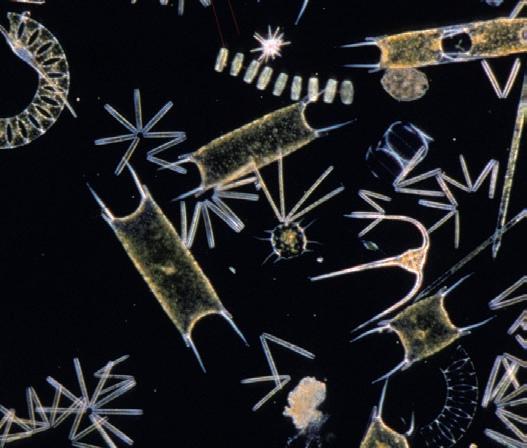
The imaging hardware comprises a laboratory grade microscope combined with a high-resolution digital camera linked into a local LPAS Computer designed around the AI engine and surrounding software. Stand-alone, reliable and easyto-install and use, the imaging hardware enables the operator to quickly capture
the digital images of local water samples and pass them to the analysis software.
Using the data from the AI engine, the local analysis software program and user interface generates on-site alerts for operators based on user defined parameters, alerting on the presence of specific species that are of concern in a particular region as well as alerting when acceptable concentration levels are exceeded. A clear traffic light system lets site operators know if there is an issue or not and they can they review more detailed data if required. All results are logged and stored, enabling the operator to record and track trends versus time per site.
Images and results data collected by LPAS are automatically stored locally and can also be uploaded to the OTAQ cloud. LPAS can also be configured to suit the level of internet connectivity available on the site.
If high speed internet connection exists, the information generated by the software is uploaded to and synchronised with the OTAQ cloud web server. The cloud infrastructure centrally stores the site data with encrypted security and is readily accessible securely by the customer from any location. For sites with low bandwidth or no internet connection, the information generated by the analysis software is stored locally and additionally copied to removable storage device. A site or company specific application programming interface (API) can also be set up for direct connection of LPAS data uploads into customer databases, if the customer desires.
The LPAS system is supported by OTAQ and Blue Lion Labs Biology and AI teams, conducting regular internal quality checks of the AI engine performance and providing continued customer support.


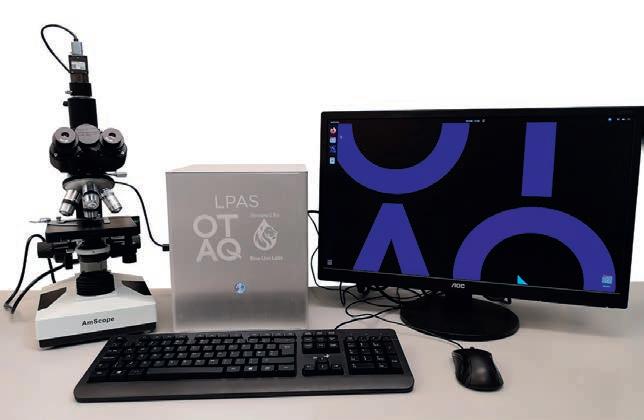
LPAS provides an easy and reliable method to gather immediate and accurate information on potential HAB risks. It is anticipated that the system will be a powerful tool for fish farmers, enabling earlier decision-making and mitigation activity to minimise impact. LPAS is currently being readied for a Beta testing phase, with anticipated commercial launch later in 2023.For further information please send enquiries to aquaculture@otaq.com
Opposite from top: Presence of Harmful Algae Bloom (HAB); LPAS AI detec�on of target phytoplankton species This page from top: Phytoplankton; LPAS Hardware Set-up.It is anticipated that the system will be a powerful tool for fish farmers
the environment and can contaminate a range of foods, including fish, which can pick up the pathogen from the surrounding water and sediment. It can therefore be present in any incoming fish and can enter factories in this way.
“Listeria bacteria are very good at forming protective colonies known as biofilms. Biofilms are very difficult to remove and can result in persistent niches of contamination in factories, particularly in hard-to-clean places such as drains, and damaged, cracked or complex equipment.
“Listeria monocytogenes can be killed by cooking food thoroughly and by pasteurisation. However, it can grow at low temperatures, including refrigeration temperatures of below 5°C, and is capable of surviving and persisting on preparation surfaces, equipment, drains and refrigeration units in food processing environments.
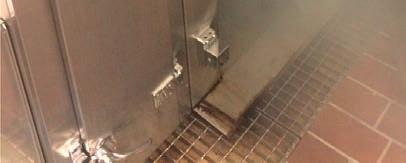
“For this reason, it can be difficult to control
In recent years, Europe has seen a rise in cases of listeriosis, and Listeria recalls of smoked salmon and trout products. Why is this and what can be done? We asked the experts, who tell us about a breakthrough in DNA detection.
First, what is listeriosis, and how can you get it? “Listeria monocytogenes is a foodborne pathogen that usually presents as self-limiting mild gastroenteritis in immunocompetent people, but it can cause serious illness called invasive listeriosis, an infection associated with severe symptoms and high mortality rates, in those with weakened immune systems,” explains Food Standards Scotland, the Scottish government agency responsible for food safety. “It is of most concern in chilled, ready-to-eat foods that can be eaten without cooking or any other treatment that would inactivate bacterial contamination present.”

Cases are now on the rise, says the Norwegian Food Safety Authority (NFSA).

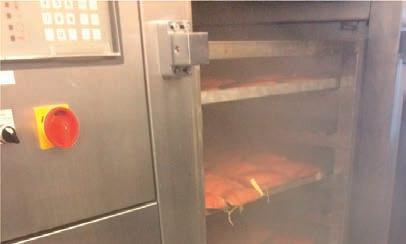

“In Europe, an upward trend in the number of listeriosis cases in humans has been observed in the last few years,” says Åsne Sangolt, senior adviser at the NFSA’s Biological Food Safety section.
“According to the European Food Safety Authority, from 2018 listeriosis cases have increased among two groups of the population: people over 75 and women aged 25 to 44 (believed to be mainly pregnancy related). The higher incidence of listeriosis among the elderly was likely linked to the increased proportion of people aged over 45 with underlying health conditions, such as cancer and diabetes.
“The rise in consumption of ready-to-eat foods and an improved monitoring system in some member states may also have contributed to this trend. Most people get infected through the consumption of ready-to-eat foods such as smoked and cured fish, heat-treated meat and soft and semi-soft cheese. However, other foods – such as prepared salads – can also lead to infections.”
The bacteria is everywhere and tricky to eradicate, adds Food Standards Scotland (FSS): “Listeria monocytogenes is widespread in
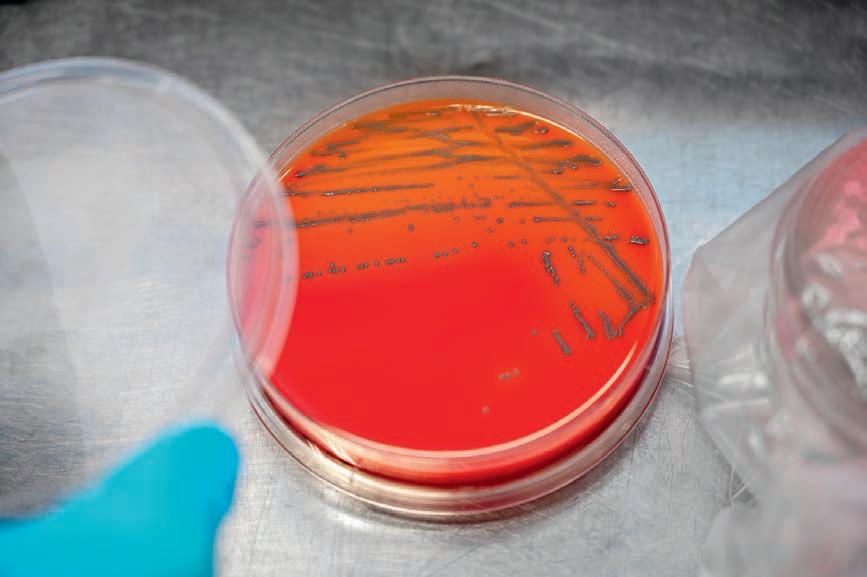
Above:
Right:
 Listeria monocytogenes grown on an agar plate
Listeria monocytogenes grown on an agar plate
It is critical for producers to have measures in place that aim to prevent contamination
Listeria is a challenge for the food industry, but DNA may hold the key to improving detection of this unpleasant bug. By Sandy Neil
and presents a particular risk in cold-smoked and cured fish such as cold smoked salmon and gravadlax, which are produced and consumed without cooking.”
So what can be done? FSS says: “As Listeria is capable of growing at low temperatures, it is critical for producers to have measures in place that aim to prevent contamination via raw materials, ingredients and the food production environment.
“Before placing food on the market, food businesses are also required to demonstrate that they have set an appropriate shelf life that will not allow Listeria to grow to unsafe levels before the product is consumed. In order to control the growth of low levels of bacteria that may be present, it is also important that both retailers and consumers keep such products in fridges that are operating below 5°C and ensure they are not consumed after their use-by date.”
What is behind this rise in listeriosis cases and recalls?




“It is not possible to establish whether the recent Listeria recalls for smoked salmon and trout in the UK, Norway and France represent a growing problem in terms of incidence of the pathogen or are due to improvements in detection and reporting,” FSS tells us. “In particular, increased use of whole genome sequencing now enables us to link more cases of human illness and identify food vehicles that have been implicated in outbreaks.
“Food chain investigations are used to investigate the likely source of illness. This includes interviewing patients to understand what they have eaten. Once a food or foods have been implicated, investigations of these businesses can start, which may include sampling to look for the particular bacterial strain that has caused the illness. Genome sequencing can be used to type (‘fingerprint’) the bacteria, allowing them to be compared with those found in the patient. These investigations are undertaken by the relevant health agency – for example, the UK Health Security Agency.”
The NFSA’s Sangolt adds: “The outbreak of five listeriosis cases in Norway in 2022 was identified through whole genome sequencing analysis. Listeria monocytogenes with the same genetic profile was detected in samples from five patients across the country. The patients interviewed by the NFSA said that they had eaten smoked salmon or smoked trout in the time before they became ill. Two of them had been eating smoked salmon from the same producer. During the investigation, bacteria with the same genetic profile as the samples from the patients were found in a product from this manufacturer.
“Until a few years ago, it was considered that most illness cases of listeriosis were sporadic, with 20 to 40 cases per year in Norway. After the implementation of whole genome sequencing analysis, it has been found that apparently sporadic cases can be linked to each other via the DNA sequence, indicating that the cases are parts of outbreaks that may last for years.”
“In the last few years, the use of whole genome sequencing of DNA has increasingly being used for typing of Listeria,” explains Trond Møretrø at Nofima, the Norwegian Institute of Food, Fisheries and
Aquaculture Research. “The use of this high-resolution method has likely led to more outbreaks being solved and linked to specific foods.”
Dr Møretrø, a research scientist with over 20 years’ experience working with Listeria, tells us: “According to data from the European Food Safety Authority and the European Centre for Disease, Prevention and Control, there is a tendency of an increased total number of outbreaks of Listeria being reported in Europe, but the number of total infections from Listeria (listeriosis) is relatively stable.
“There has been an increased number of reported outbreaks linked to cold smoked salmon... but it is not entirely clear whether this is due to an increased number of infections due to consumption of cold smoked salmon or due to more outbreaks than before being detected and linked to specific foods.
“The main problem is that Listeria establishes itself in the fish processing plants and contaminates the fish during processing. Listeria can originally be introduced to the processing plants from many sources such as raw fish, water, equipment etc. Direct contamination from human contact with fish is likely not an important source.
“In general, it is very challenging to eliminate Listeria from the food processing environment and research has shown that sanitation often has limited effect. If possible, producers could consider additional strategies to reduce Listeria monocytogenes levels or its ability to grow in the products, but legislation of such mitigation strategies varies in different markets.

“Consumers in risk groups (pregnant, immunocompromised, elderly) should consider avoiding consumption of cold smoked fish products and other risk products for Listeria such as ready-to-eat meat products and soft cheeses. Consumers/retailers should keep products cool at under 4°C and products should be eaten before the use-by date.”
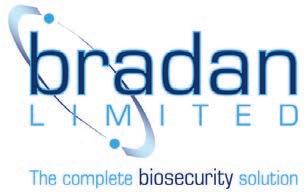
AKVA group is aiming to create the first fish farm pen made from 100% recycled plastic, working with specialist firms Oceanize, which granulates the old pens, and Plasto, which will use the granulated plastic to produce new components. The pens in the trial have come from Norwegian fish farmer Nova Sea. Norway’s current rules require that “virgin” plastic is required, but this project is intended to show that recycled materials can also meet the standard’s exacting requirements.
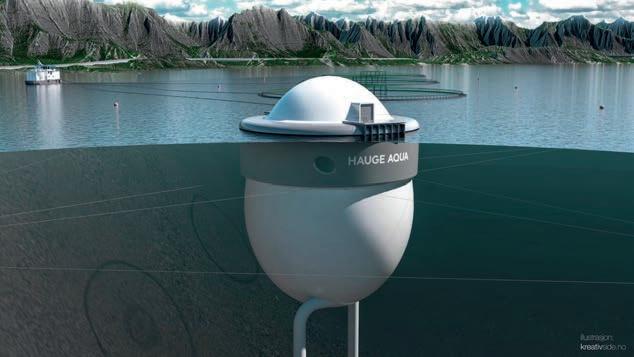
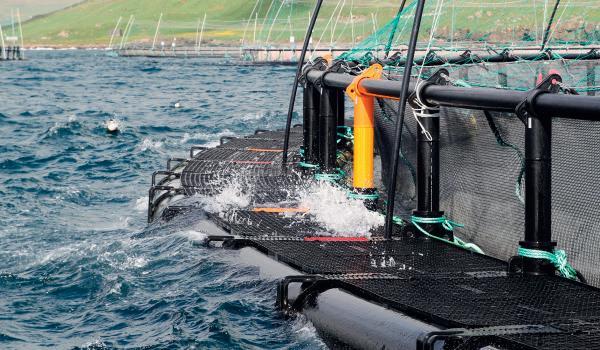
Dag Ove Antonsen, head of the project in AKVA group, says: “We are pioneering a better future. Nova Sea contributes with important raw materials to the project and the Norwegian Retailers’ Environment Fund supports the project, which aims to increase the use of recycled plastic resources.”
Scottish-based Gael Force is marking its 40th anniversary this year. Founder and Group Managing Director Stewart Graham started “Island Fabrications” in 1983 in Stornoway in the Hebrides (pictured below). Originally a one-man creel manufacturing and steel fabrication business, working out of a 500-square-foot unit, the rebranded Gael Force has opened a 6,500-square-foot factory in Stornoway and the UK’s largest one-stop shop for marine equipment in Inverness, as well as expanding internationally.
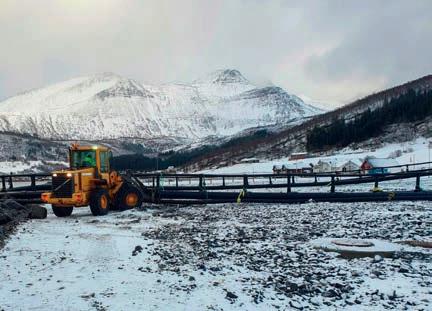
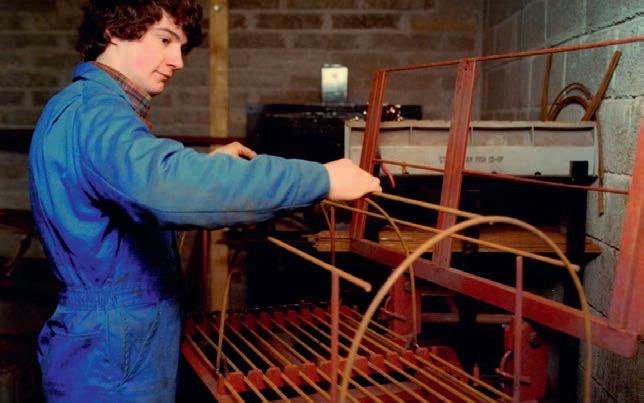
Fish are thriving in the Egget (also known as the Egg), an innovative closed cage being developed by Hauge Aqua. In an update on the Egget’s ongoing trial, Siri Vike, Director of Fish Health, says survival rates are much higher than in traditional pens, with a mortality rate of 0.7% in the Egget compared with 17%. Lice treatment has not been required and checks for gill and skin damage have found the fish to be in good health. Vike says: “The Egg will solve all the major challenges to the industry: lice/algae, escape, collection of sludge… no foraging, no predators and better utilisation of land – enabling farming in places where it would otherwise be impossible. But the most important thing is that the fish should have a better life inside the Egg.”
Norwegian net maker Mørenot has been acquired by the Icelandic industrial group Hampidjan, which manufactures and sells fishing gear equipment, fish farming equipment, and service and products to offshore applications. The group is headquartered in Reykjavik, Iceland, and is present in key regions such as the Nordics, Greenland, Iceland, Canada, the US and Australia.
Mørenot, which supplies the aquaculture and fishing sectors with nets, pens and moorings, said in announcing the deal: “We expect the change of ownership to create new opportunities, as there are several large synergies between Mørenot and Hampidjan.”
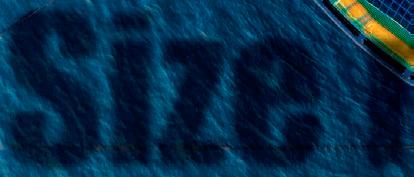
Following a trend that started in Norway, pens in Scotland are getting ever larger. We find out why.
By Robert OutramScotland’s net-pen farms are getting bigger. Pens at 80m or 90m have given way to 120m pens and increasingly all the big producers are installing 160m pens. It’s a trend that started in Norway, but it now looks set to become the standard for Scotland too.
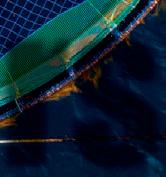


In September last year, Mowi completed a successful smolt transfer to its new pens at Loch Hourn, where seven 160m pens have replaced 12 120m pens.
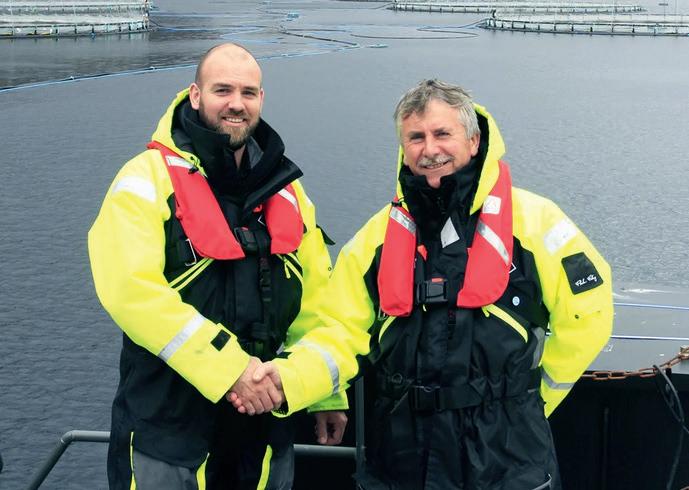
Speaking at the time about the transition to larger pens, Stephen
MacIntyre, Head of Environment, said: “The salmon farm at Loch Hourn has been well established for 30 years. In that time, it has been a successful operation from an economic, environmental and social viewpoint. Mowi’s investment in this new, larger pen and net technology will ensure that the farm continues to be successful in the future as fish farming in Scotland evolves.”
Mowi points out that larger 160m pens have been widely used in Norway since the early 1990s. Through 2022, Mowi Scotland sent cohorts of staff from farms that are making that transition to larger pens such as Loch Hourn to learn from their Norwegian counterparts. Some of the team from Loch Hourn took part in this knowledge exchange.
Alex Harvey, Farm Manager, says: “Two of our staff went on an information exchange


 Above: Fish farming cage
Above: Fish farming cage
A bigger pen will have the ability to ride out the variations
visit to Norway. The knowledge they gained there and the guidance we received from Roar Paulsen, our Production Director, helped us understand how best to prepare the pens for smolt arrival. One key element of which was how to present feed to a larger number of smolts. I’m delighted to say this has given the fish the best possible start, feed uptake has been tremendous and has given us a very encouraging start to the cycle.”
The Loch Hourn deployment follows Mowi Scotland’s initial move up to 160m at its combined Seaforth and Nester site, on the isle of Harris, in June 2021. AKVA group installed 10 of its Polarcirkel pens on the site.
Don MacLeod, the Seaforth Site Manager, commented: “The installation of 160 metre pens – the largest pens now used in Scotland – are important as we look to raise salmon at exposed locations that offer excellent growing conditions, but also offer increasing weather challenges from storms. The installation of 160m net pens and other associated infrastructure supplied by AKVA group will significantly improve our containment systems and safety. The transfer of salmon into our Seaforth farm provided us a very short window of opportunity, so we are pleased to have worked alongside the experts at AKVA group to deliver and install the materials in time.”
Mowi is now trialling five 200m pens at Hellisay, off Barra, with the first smolts expected to be released this spring.
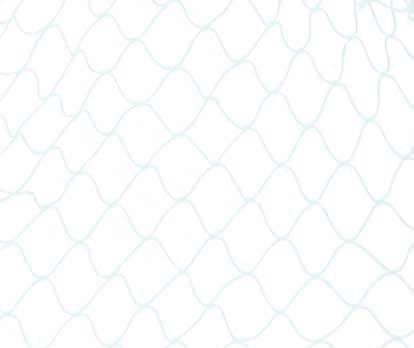
In December, Scottish Sea Farms installed its first 160m pens, at Fishnish off the isle of Mull. Where previously Fishnish had 10 100m pens, there are now just four large pens capable of supporting the same biomass.
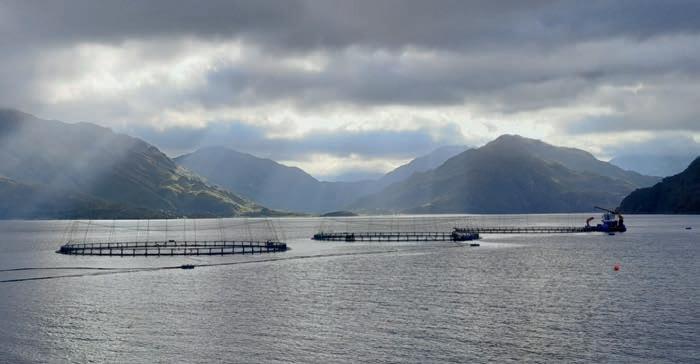

As Anne Anderson, Head of Sustainability and Development at Scottish Sea Farms, explains, there are a number of factors behind
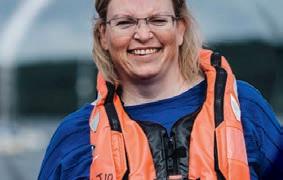
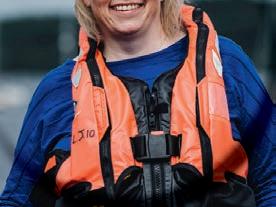
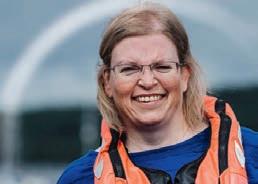
the move to larger pens. One of these is the move to more high-energy sites away from the sheltered inshore locations that are traditionally associated with fish farming.
Locations with strong currents and tidal flows are treated more favourably when it comes to planning consent under the “NewDEPOMOD” framework, which assesses the impact of fish farm discharges on the seabed. They also represent a natural habitat for salmon, which thrive in such environments.


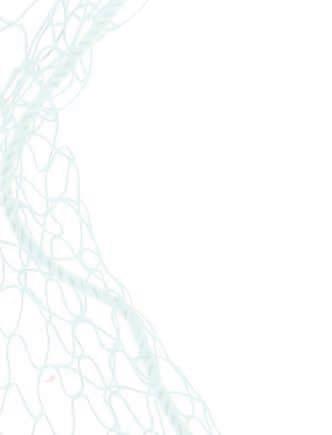
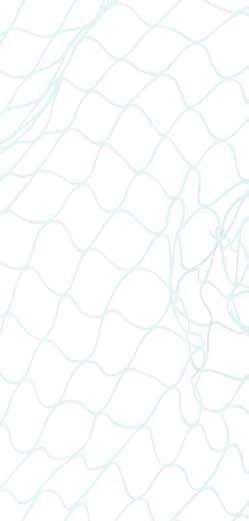
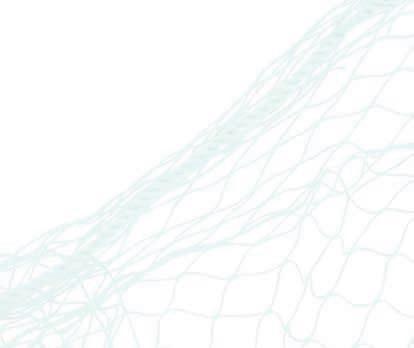
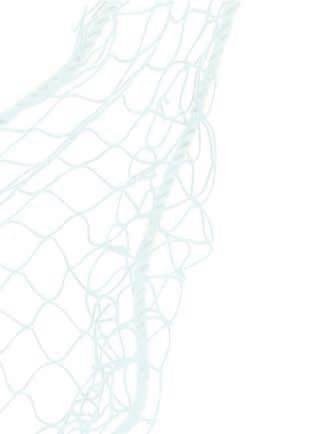
Unfortunately, these sites are also very challenging when it comes to farm structures. Anderson says: “Those high-energy locations have a greater swell going through them, with significant wave heights.
“So it is not just the flow and the current affecting the movement of the net, it’s also the bend and the flex of the pen. A bigger pen will have the ability to ride out the variations of high-energy locations.”


“Even moving out 50m can make a difference in the flow and the strength of the current that’s running through the farm.”
Holding the same biomass in fewer, larger pens can also create economies of scale when it comes to husbandry, as operations take less time when there are fewer pens to deal with.
The larger pens have larger walkways and can accommodate automatic winches, for example, to assist with lifting the nets, which are larger and heavier with a pen of that size. Having more machinery also helps to make the farm site a more attractive workplace for the site staff.
Larger pens are more expensive, pen for pen, but being able to reduce the number of pens can also mean the overall cost is fairly neutral.




If the farm was simply due for a like-for-like upgrade, switching to 160m pens would be more costly, as it is not only the pens themselves that would need to be replaced: grids, moorings and ropes would also need an upgrade. If the whole farm was due to be replaced anyway, because the infrastructure had reached the end of its life, that would not be such a consideration.
But as Anderson stresses, another key factor is that larger pens are also better for the fish. Fewer larger pens can be deployed
Another key factor is that larger pens are also better for the fish
with more space in between them, enabling a healthier flow of water, which helps keep the water in the pens oxygenated.
The larger pens hold more biomass, but the stocking density is the same, and with more space it is easier for the fish to avoid predators approaching the net, especially seals.
Anderson says: “When you have seals circling pens, within a 160m pen the seal is further away than they are with a 120m. So the shoal can move into the centre and be further away from the predator.
“It’s about managing the stress of fish. Predator presence creates elevated stress, so giving them more habitat to retreat into becomes really important.”
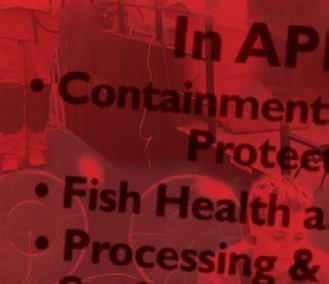
The move to 160m pens and larger also creates new requirements for workboats and wellboats. For example, if all the fish in a large pen are being taken in for freshwater treatment, it requires a wellboat with a larger capacity. This is one of the reasons we have seen a trend to bigger wellboats being deployed, first in Norway and now in Scotland. There are other knock-on effects – for example, to ensure fish health and welfare when placing them in a high-energy site as their first time in seawater, it has become apparent that the smolts need to be given more time to grow to be larger and more robust, and this has now increasingly become a key part of the strategy for producers.
For Scottish Sea Farms the Fishnish upgrade is part of a rolling programme across the company.


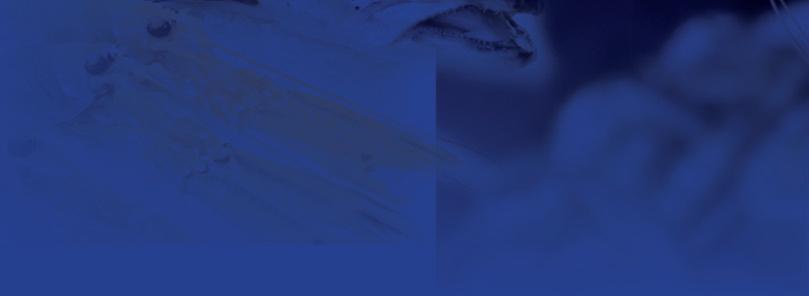
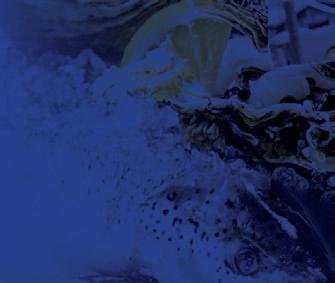
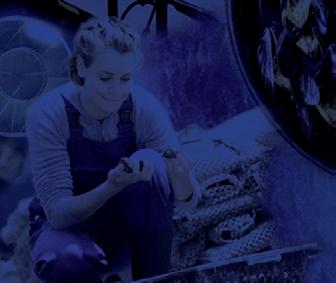

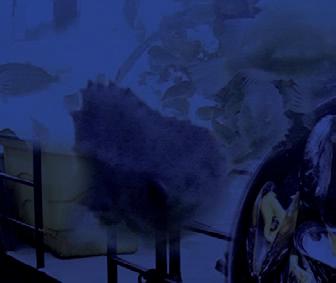
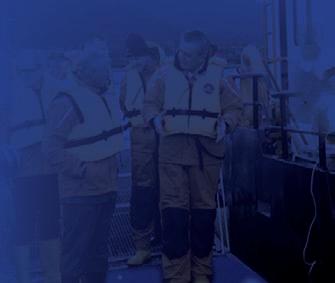
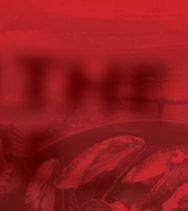







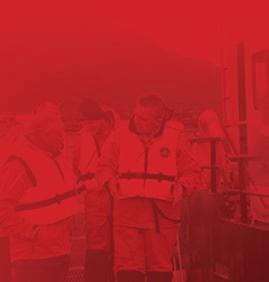
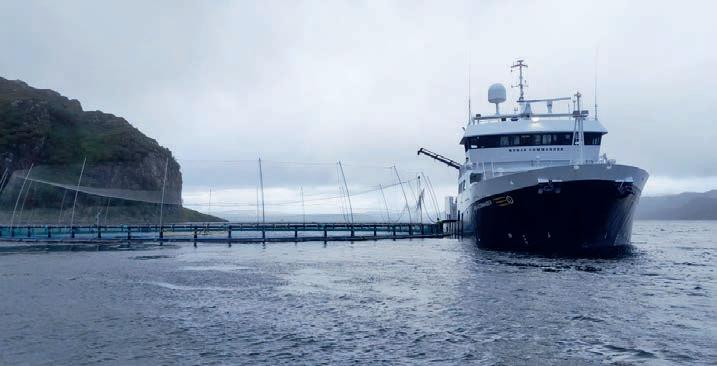
Anderson says: “It’s a programme of modernisation. We still have farms with 80m, 90m pens. This is a huge investment over the next period of time, as we are modernising each part of the estate. When we’re putting together new farms or farms where we’ve had expansion, or consolidating farms into a single expanded farm, we are moving to fewer, larger farms and fewer, larger pens on those farms.
“So, our modernising programme will move forward. Fishnish was our first 160 and we’ve got plans in play for a number of sites moving to 160s over the course of this year, next year and beyond, and likewise farms moving to 120s.”
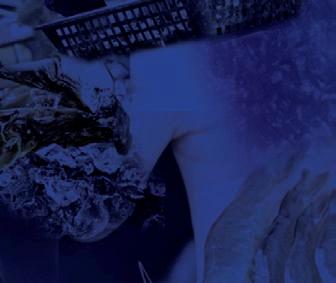

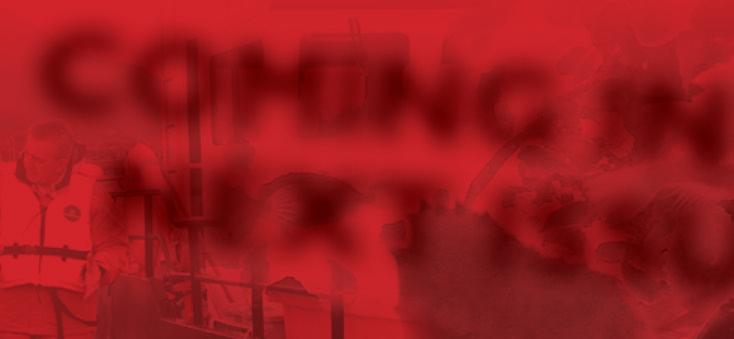
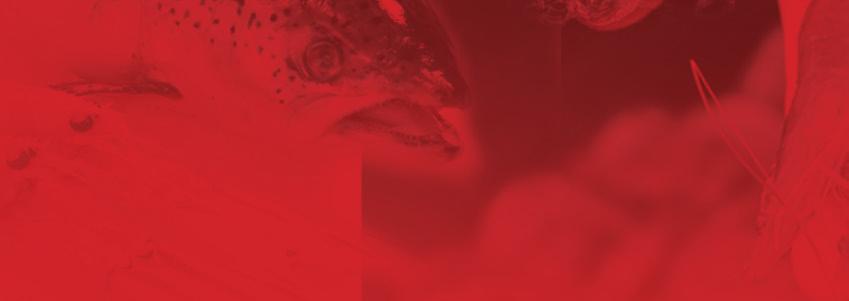
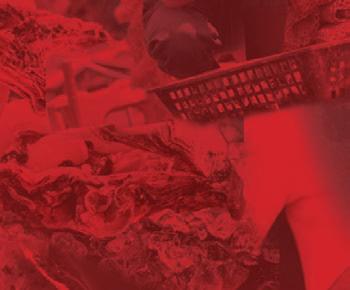
That can mean reusing the old infrastructure to reduce waste – for example, taking 120m pens that have been replaced by 160m pens, to replace in turn a smaller, older farm.

All this has been made possible by developments in engineering and also by changes in regulation. Companies such as Scale AQ (which supplied the Fishnish pens), AKVA, Vonin and Gael Force are using new materials and designs to create larger, more robust structures, and net makers such as Mørenot and W&J Knox are also rising to the challenge.
Meanwhile, in Scotland, regulations relating to “permitted development” taking effect in 2019 have made it easier for farm operators to make changes within certain parameters – for example, as long as total biomass and medicine use remain the same – so that it is no longer necessary, in most circumstances, to seek planning permission to install fewer, larger pens.
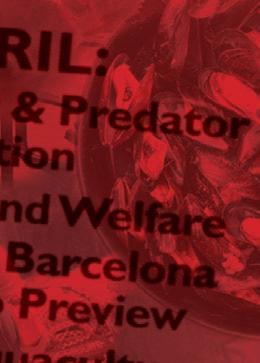

Future developments, such as the new spatial planning framework for Scottish aquaculture being brought in under the Scottish Environment Protection Authority (SEPA) are only likely to reinforce the move to high-energy locations. It seems clear, then, that for the fish farming sector “bigger is better” will be the mantra for the foreseeable future.

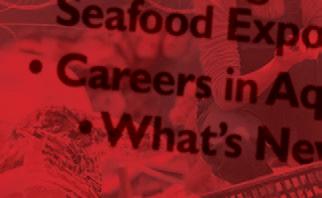
International Women’s Day is celebrated around the world on 8 March. Marking that, Fish Farmer speaks to women involved in aquaculture about their own personal journeys, and how to encourage more women and girls to consider a career in the sector.





Women in Scottish Aquaculture was set up “to introduce more women into aquaculture and support those already working in the sector”.
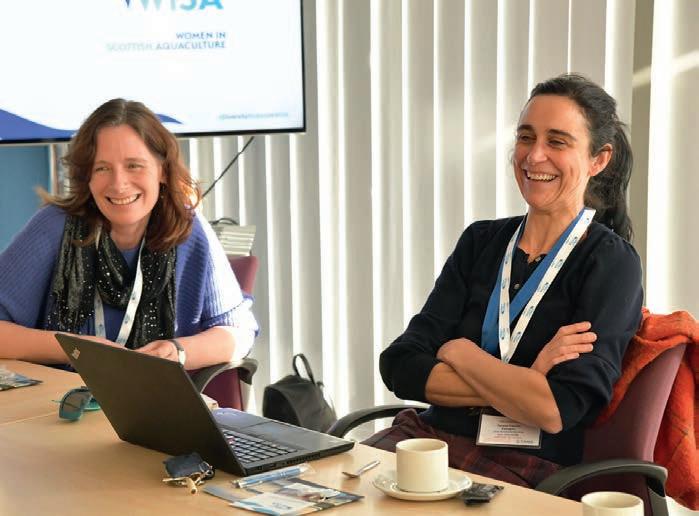
Since its inception, it has grown into a powerful grassroots network, raising awareness and hosting events, as well as supporting a mentoring scheme to put people in aquaculture who identify as female together with senior figures in the industry, male and female, who can help them to build up skills and confidence in their chosen careers.




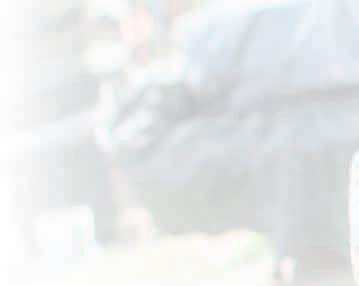
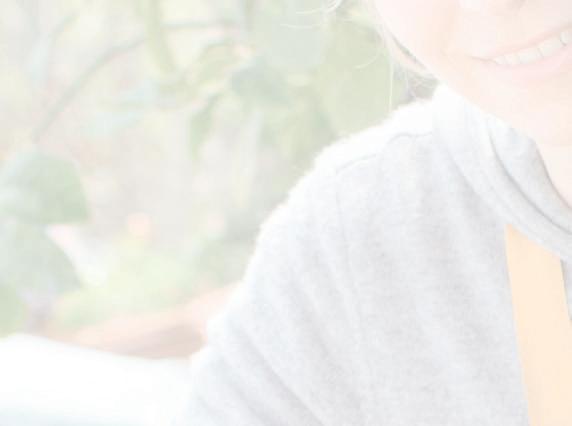
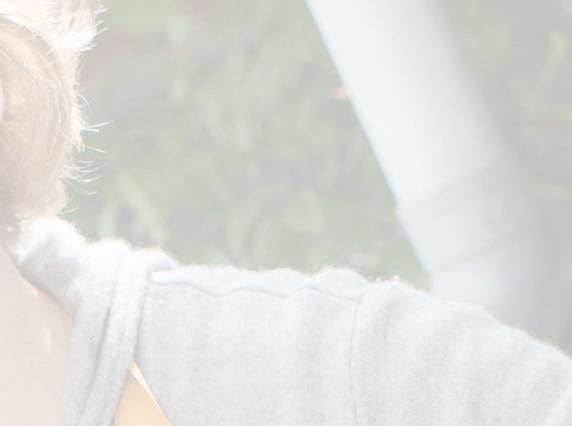
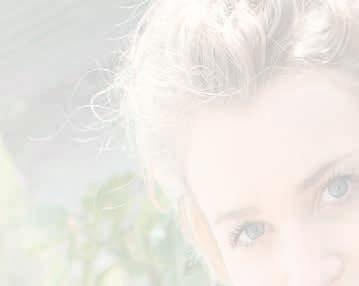
Teresa Garzon has a degree and PhD in biology and biochemistry from the Autonomous University of Barcelona. With previous experience in academia, she has now been working in the aquaculture industry for 10 years and she is currently Key Account Manager with fish health specialist business Patogen.
FF: What encouraged you to get into aquaculture in the first place?
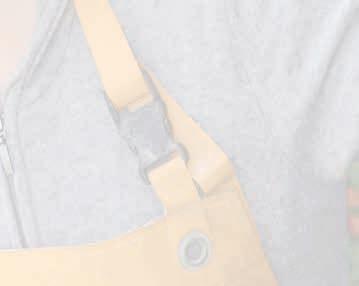

TG: I started to work in aquaculture without knowing much about it. I was working in a biotechnology company based at SAMS (seafood toxins) when I was asked to help to improve a laboratory assay for the salmon producers. This collaboration exposed me to an interested sector, investing both time and money in finding solutions to their challenges. These people were both committed and enthusiastic, inspiring me to stay.
FF: Describe your current role – what’s a typical day like?


TG: Since we opened the new [Patogen] lab in Oct 2021, we have had great facilities near Oban, so I am a lucky person, as I get to spend my personal and working time in this beautiful part of the world. I love my job!
The working day involves dealing with the laboratory and our customers’ assignments as well as visits to sites or business meetings. It is a good mix of travelling, science and finances, along with the flexibility to spend meaningful time with family and friends.


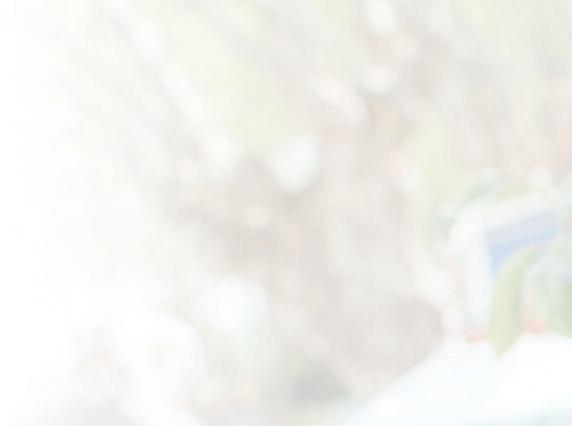
We know women are more than capable of excelling in aquaculture
FF: What is your proudest achievement so far?


TG: I have been able to help the industry with non-lethal methods or alternative ways to test fish and contribute to increasing [disease] prevention.

I am proud of helping to build a business in Scotland with state-of-the-art facilities for fish health and new services that will benefit fish producers.
I take pride in dedicating some of my time to helping and encouraging more women in the sector through Women in Scottish Aquaculture (WiSA) and at a personal level.
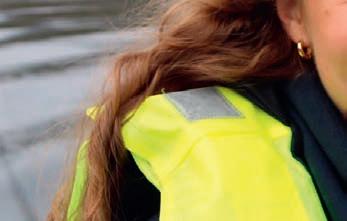

FF: Have you encountered or been made aware of particular challenges for women in aquaculture, or entrenched attitudes? How would you address those issues?
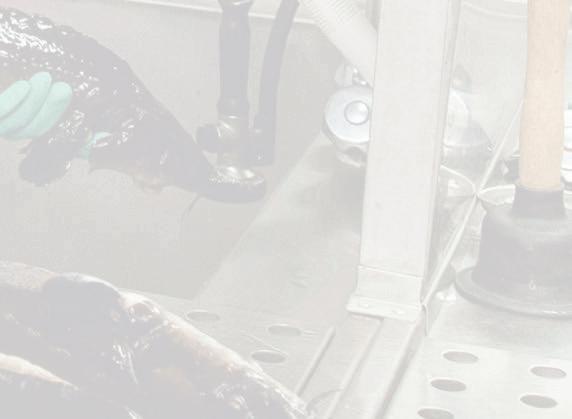

TG: With more women starting in the sector, we slowly have come across and identified some barriers due to pre-judgments or misconception from both sides.
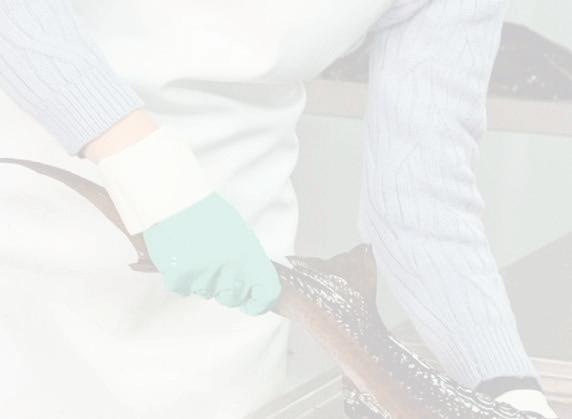
It is great to see how the realisation of this as an issue and the recognition of the advantages of a more diverse workforce has been welcome, and there is a willingness to change.
However, to make this change happen will require having more women in decision-making roles. This would be the way to include more views on policies that impact us.
A good example is childcare. Women aren’t the only ones who need more flexitime to look after their families better – all parents do. Another barrier is the misconceptions around the industry that still stop women from considering it as an option.

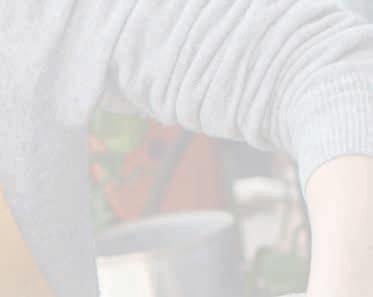
One challenge that has presented itself is a broadening of the definition of diversity, a complex assignment, particularly in Scotland where the percentage of ethnically diverse groups varies by region.
FF: What can people in the industry do to encourage more women and girls to get involved in aquaculture? How do you see the role of WiSA?

TG: Both producers and supply-chain work individually or together through organisations such as Salmon Scotland and the Sustainable Aquaculture Innovation Centre (SAIC), reaching schools and universities and showing not only the opportunities that the aquaculture industry provides for jobs and careers, but also the importance for the Scottish economy. WiSA has not only been promoting and supporting these actions, it has also actively organised forums, mentoring programmes and networking events, which have been welcomed by both women and men working in the industry.
FF: Now that networking events appear to be back to normal, what does WiSA have coming up?
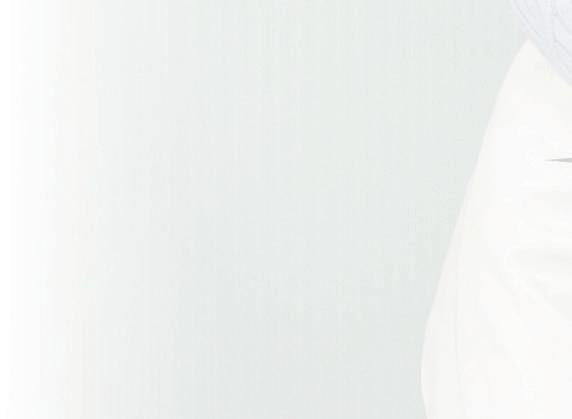
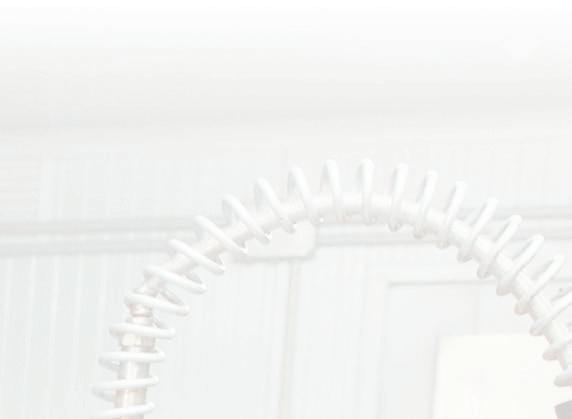


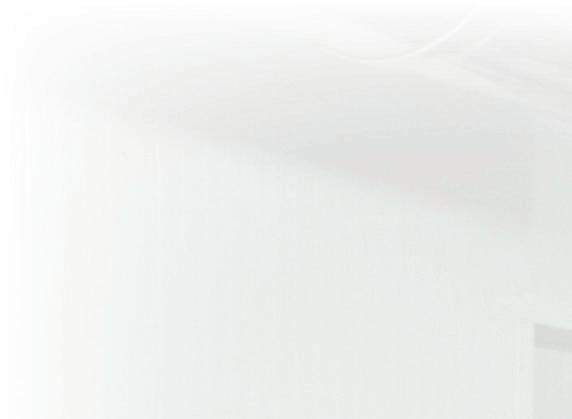

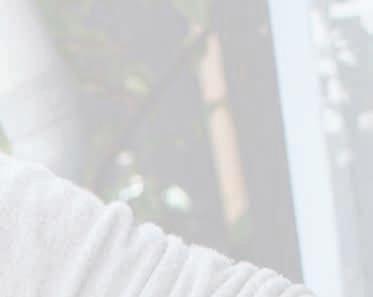
TG: As the sector is both seasonal and covers a wide geographic base, we are looking to plan one big face-to-face networking event every year. However, to ensure that we can all still stay connected, SAIC will continue to run the WiSA forum and engage on social media.
Of course, we are all excited about this year’s mentoring programme for which applications are now closed. In terms of numbers, I am happy to report that the recruitment drive was very successful and we were over-subscribed!
Matilda Lomas is the Biology and Cleaner fish Coordinator for Bakkafrost Scotland. Having previously lived on the Isle of Harris, the importance to Scottish communities of employment through aquaculture was made even clearer when she joined the industry as a newcomer in 2014. She is passionate about providing
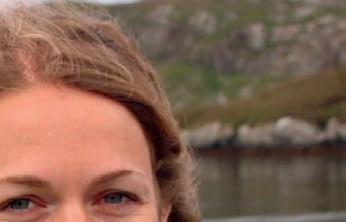
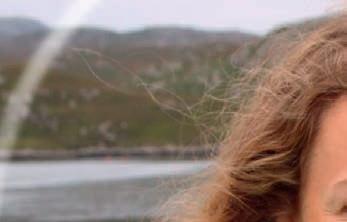
Opposite from top: Teresa Garzon; Le� to right: Mary Fraser and Teresa Garzon
This page from top: Ma�lda Lomas; Ma�lda speaking at the Aquaculture UK trade show
inclusive and empowering spaces for girls and women.
FF: What encouraged you to get into aquaculture in the first place?
ML: Aquaculture offers great job opportunities in rural areas of Scotland and I was in the Western Isles in need of a career! I have been lucky to have supportive managers and colleagues who have helped me progress from a complete newcomer in the sector to a passionate advocate of fish health and welfare in salmon farming.
FF: What is your current role?
ML: I am responsible for sourcing and coordinating the safe deployment and husbandry of Bakkafrost Scotland’s cleaner








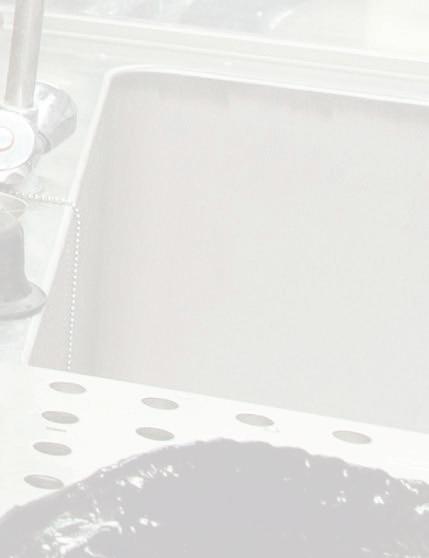
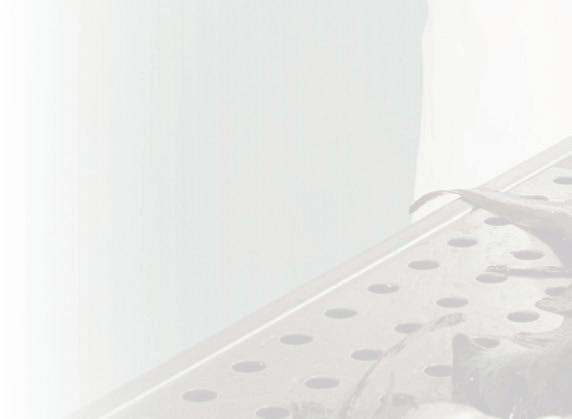
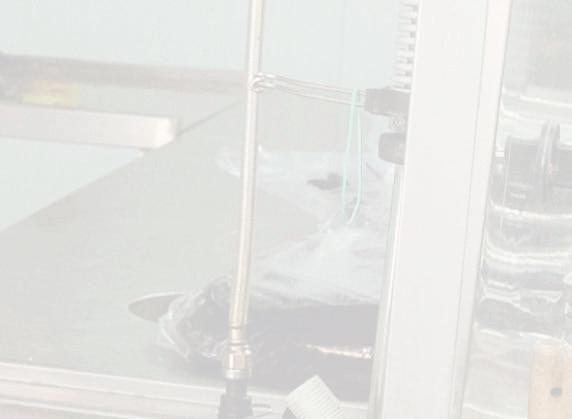
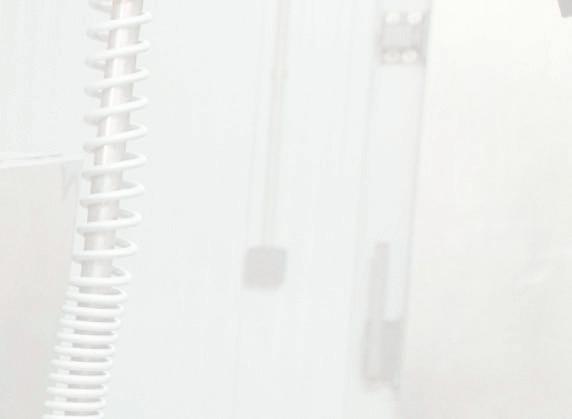














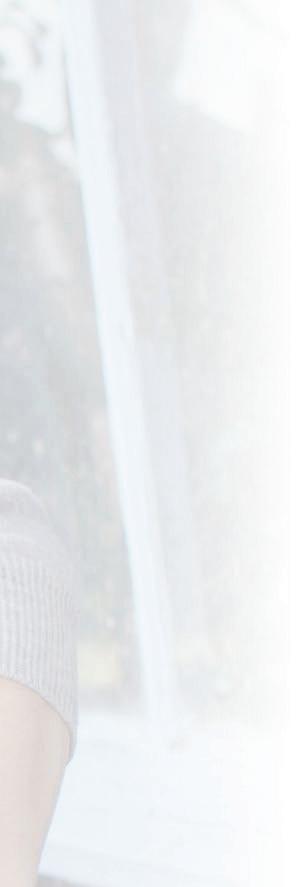
fish. I also manage our veterinary practice to ensure we’re treating our salmon effectively while meeting environmental standards. I enjoy a mix of short- and long-term logistical and financial planning in the office, and getting out to monitor the cleaner fish across our marine sites on the west coast.
FF: Proudest achievement so far?


ML: I like to think I work hard to get the best outcomes for our fish. But in honour of International Women’s Day, I am proud of the efforts that myself and many colleagues make to help women feel valued and treated equally in aquaculture. As a member of WiSA, I’m glad I get the opportunity to be part of that supportive network.
FF: Have you encountered particular challenges for women in aquaculture, or entrenched attitudes? How would you address those issues?
ML: I have helped women manage challenges in the workplace that I don’t think men would have had to deal with. I know women and men who are great “allies” for women in aquaculture, and it can be a big help to reach out to a colleague dealing with a problem or wanting to progress their career.



FF: What can people in the industry do to encourage more women and girls to get involved in aquaculture?

ML: WiSA is already making progress involving women and men in this conversation. Women and men thrive when everyone at work has the tools and insight to address inequality and unfair behaviour – unconscious bias training could help with this. Efforts are already being made to address the lack of housing in rural areas and more flexible shift patterns could also encourage women to stay in the sector. We know women are more than capable of excelling in aquaculture, so it’s important that we work together to give them a warm welcome and empower them.



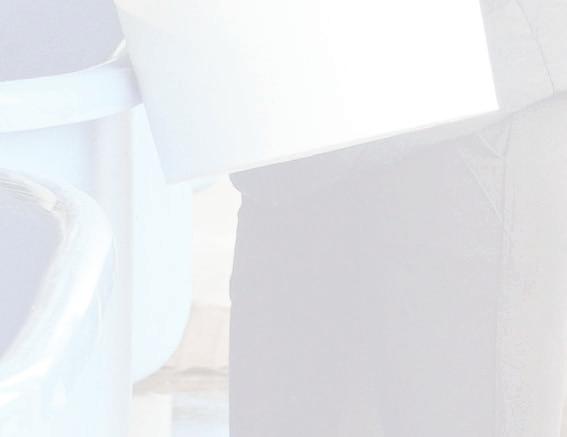
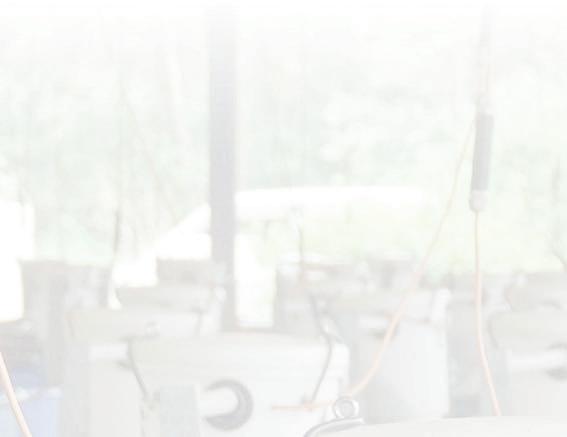
The Women in Aquaculture scholarship programme, run by Norwegian salmon farmer Kvarøy Arctic, offers two places each year to international students to gain hands-on experience at a marine fish farm. Two scholarships are available each year, with one dedicated to an applicant from any country globally and a second designated for applicants from countries in Africa.
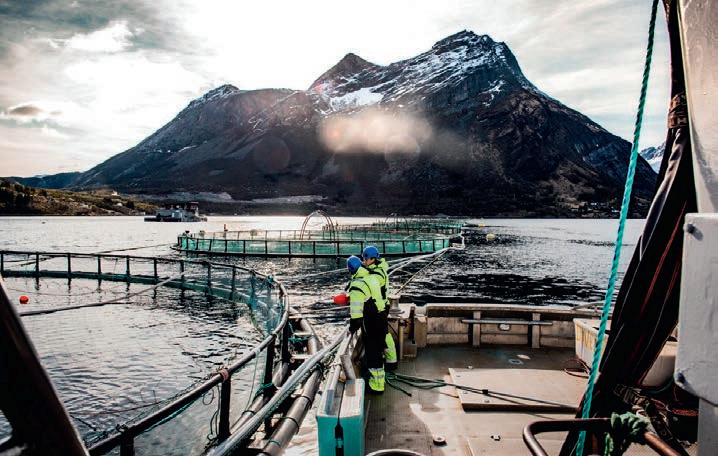
The successful candidates for the 2021 scholarship were: Oyebadejo Opemipo (Oyebadejo Augustina, as she then was) from Nigeria, now a Senior Farmer and Consultant at Orisha farms, and Research Director and Project Manager at Aquaworldorg; and Marta Carvalho from Portugal, who is now a fish nutritionist and aquaculture researcher at The University Institute for Research in the Sustainable Aquaculture and Marine Ecosystems (IUECOAQUA) centre of excellence at the University of Las Palmas de Gran Canaria.
FF: What was your scholarship experience like?



MC: The experience has been incredible with this scholarship. Firstly, it was a great honour for me to be the recipient of a scholarship dedicated to women in this sector; this means a lot nowadays in a sector that is still dominated by men. The scholarship award was a great funding opportunity that enabled us to continue our training in aquaculture, but it was also much more than that: it gave us a boost of motivation and confidence that sometimes we, as women, do not get so easily as men
Men are recognised for their work much more often than women – this is still a reality. We have made a lot of progress as a society, but we still have work to do, and companies such as Kvarøy and programmes such as the Women in Aquaculture scholarship are a big step forward.
FF: What encouraged you to get into aquaculture in the first place?


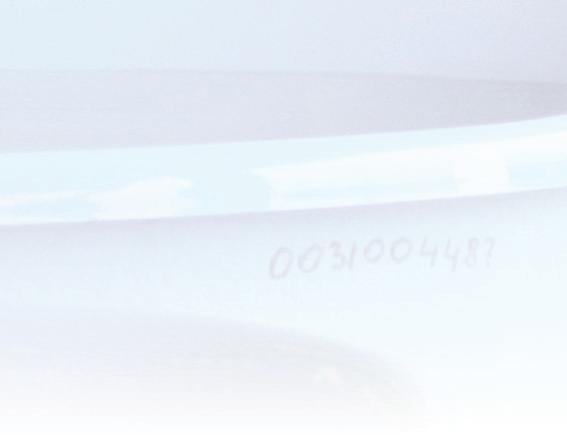

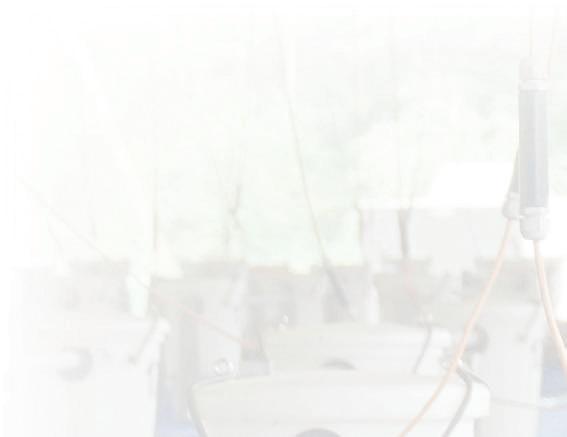
I really believe that without aquaculture production we could not be able in the future to satisfy the global food demand and nutritional requirements of humans sustainably. Our natural fish stocks are under sustainable limits and the world population is continuously growing. It is a big challenge to feed the human population with our limited natural resources and wild stocks. Furthermore, fish and seafood is a very nutritive food. I really believe that aquaculture is the future to feed the human population.
This

Opposite: Eliza Syropoulou

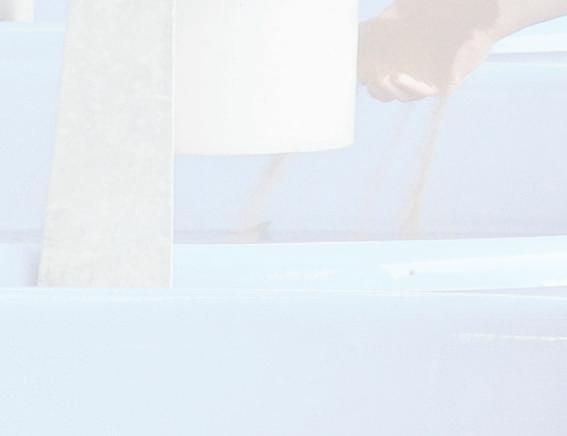

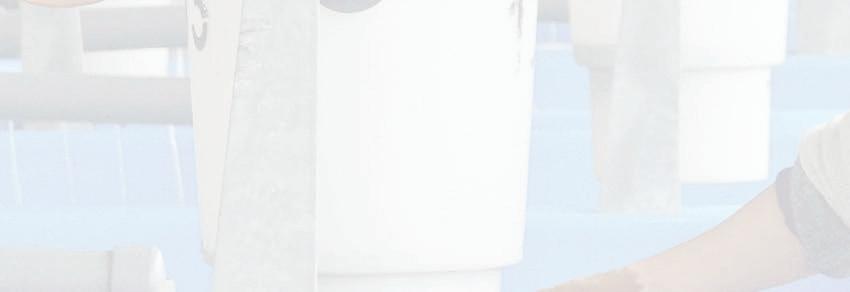
Men are recognised for their work much more often than women; this is still a reality
FF: Describe your current role
MC: I am currently working as a postdoctoral researcher at the ECOAQUA Institute at the University of Las Palmas de Gran Canaria, where I also pursued my PhD studies, which I finished last year. My research during these years has been focused particularly on fish nutrition and on finding new raw materials for aquaculture feed. I have been working with very promising feedstuffs for the future of aquaculture such as insects, single cells, microalgae, krill etc.
FF: Proudest achievement so far?
MC: Undoubtedly, one of the greatest achievements was to finish my PhD studies successfully and winning an award for best PhD thesis this year. These are great achievements because PhD years are quite exigent times, requiring much mental strength, confidence, resilience, consistency and autonomy for dealing with all the difficult work and sometimes the solitary times that it means.
The other great achievement of my career was being awarded the Global Women in Aquaculture scholarship for all the reasons I have mentioned above.
FF: Have you encountered particular challenges for women in aquaculture, or entrenched attitudes? How would you address those issues?
MC: Although I have never personally felt gender imbalance in my home or work countries, I am very aware that many women are rejected from jobs and opportunities in this sector simply because they are women. This is a fact that is easily supported by the percentage of women involved in the aquaculture industry, which is only 19%, according to FAO official data from 2018. Although I think that this is more accentuated in jobs directly related to the industry itself such as in farms and companies, I believe that in research this also happens, probably at a smaller scale. I really believe that our role as women is to support each other and fight together against gender imbalance globally.
FF: What can people in the industry, do to encourage more women and girls to get involved in aquaculture?
MC: Women who already work in the sector play an important role in inspiring other young women and, therefore, promoting and motivating the number of women enrolled in the aquaculture sector, regardless of country or culture. Indeed, I feel that we need men and women together to progress. Secondly, companies such as Kvarøy and programmes such as the Women in Aquaculture scholarship are a big step forward in this issue. More funding, more recognition to women, more higher positions given to women in the industry, salaries that are comparable to men’s – all of those are things that the industry, people and governments can do to encourage more women and girls to get involved in aquaculture.
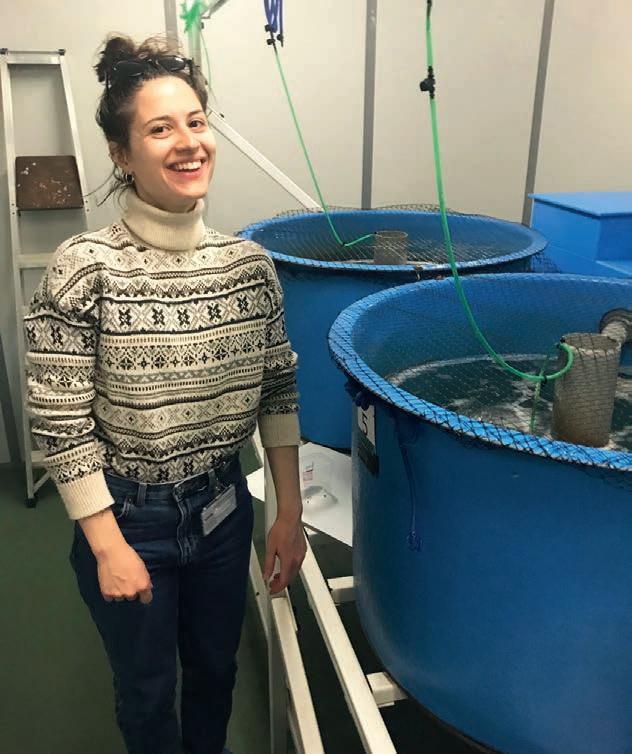

Eliza Syropoulou from Greece and Abigail Ebachi Tarchie from Ghana were the recipients of the Women in Aquaculture scholarship programme for 2022. Syropoulou is a PhD student at Wageningen University in the Netherlands, focusing her studies on fish welfare and nutrition, specifically as it relates to recirculating aquaculture systems (RAS) and microbiology.
FF: What encouraged you to get into aquaculture in the first place?
ES: I first got acquainted with aquaculture though an internship during my undergraduate studies in biology. Even though I

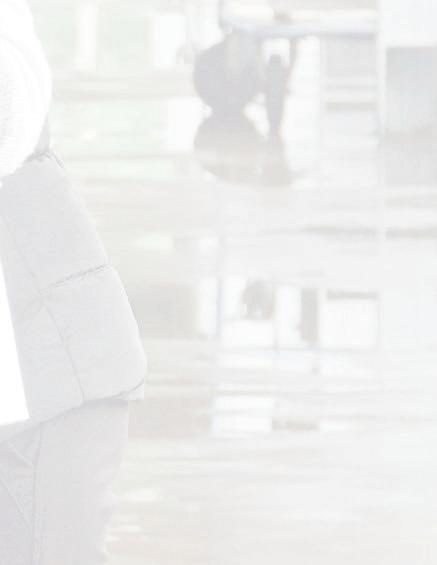

explored other career prospects, I soon realised that my future lay within aquaculture. Initially I was fascinated by working with animals. It was later on that I realised the applicability of my research and the societal impact it can have, especially in a country such as Greece which is a big aquaculture producer.
FF: Describe your current role
ES: I am a Marie Curie Fellow and PhD student at Wageningen University, the Netherlands. I am currently in the third year of my project, which investigates the effect of dietary carbohydrates on fish and RAS performance using a series of analytical and molecular tools.
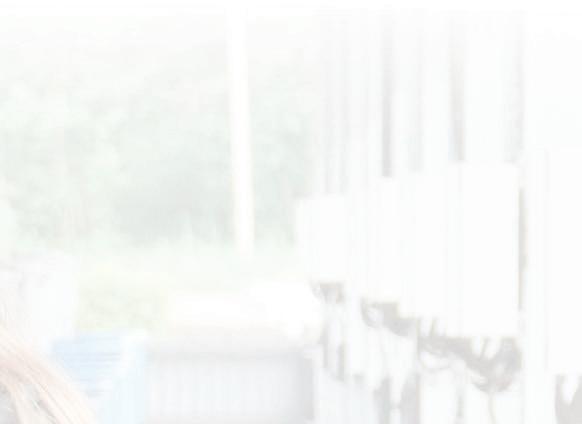
FF: Proudest achievement so far?
ES: Apart from being awarded with the Kvarøy scholarship, I would say that serving as a student representative in the board of directors of the European Aquaculture Society (2020–2022) was definitely the greatest milestone so far. It was an incredible honour to work with experts from several aquaculture fields, coordinate the efforts of young researchers and organise international conferences.
FF: Have you encountered particular challenges for women in aquaculture, or entrenched attitudes? How would you address those issues?
ES: Fortunately, I have never faced any kind of discrimination because of my gender. What I notice, however, is that even though the representation of women in aquaculture is increasing over time, this is mainly in the academic environment and not so much in industry. Hopefully this will change soon.
FF: What can the industry, or women in the industry, do to encourage more women and girls to get involved in aquaculture?
ES: If the aquaculture industry adapts to the new standards and exploits all developing technologies, more skilled people will be needed irrespective of their gender. This will give equal opportunities to all and motivate more women to get engaged in the sector. Overall, it would be useful if the industry clearly stated its needs so people interested in the field get the appropriate education and training. This way women can be competitive in the job market.
Eleanor Lawrie joined Mowi as a farm technician, but is now part of a workboat crew operating on the Ailsa Craig off the west coast of Scotland. She is Mowi Scotland’s first full-time female deckhand.


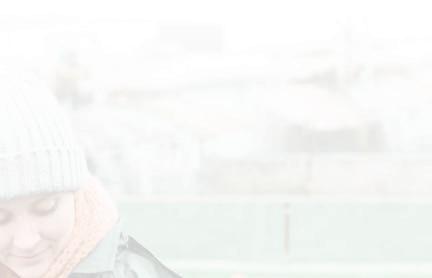

FF: What encouraged you to get into aquaculture in the first place?
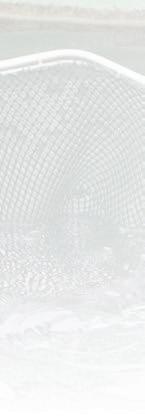
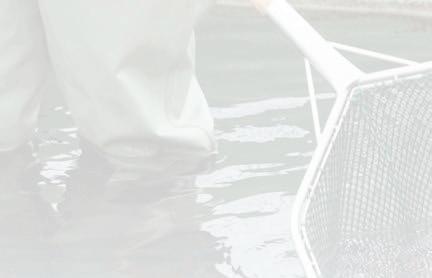

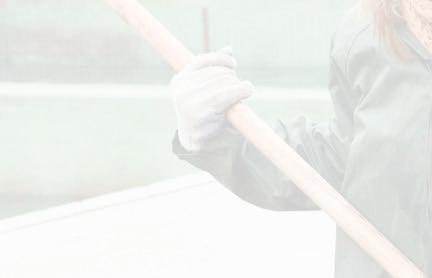

EL: I’ve always wanted to work on the water. I studied marine science in university and did a semester in the Netherlands studying fisheries and aquaculture. Although I had been planning on continuing in research, I sort of fell into aquaculture by accident and I have loved it ever since. I started out as quality monitor and fish welfare officer in the harvesting department of processing, moved onto sites and while we were fallowed (empty) I was sent to cover on some workboats and knew that was where I was meant to be.
FF: In particular, what appeals to you about the workboat side of the business?








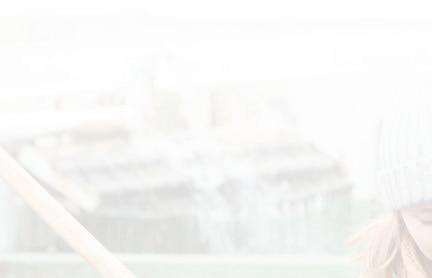

EL: I really enjoy the mechanical things involved in fish farming. Operations such as treatments and harvests are one of my favourite tasks, and you get to do a lot more of that a workboat. I love getting into the maintenance side working on the boats such as servicing engines and looking after the crane.
FF: What’s a typical day like?


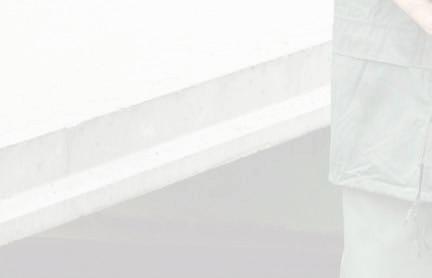

EL: There isn’t really a typical day on a workboat! Starting up and shutting down are always the same. Since I’ve been on the Ailsa Craig we’ve done a wide variety of things ranging from setting up the cages ready for the salmon to go in to treating the fish and harvesting them at the end of the cycle, and generally anything around site that involves heavy lifting requiring the crane or capstans. We also get to do tows, which is really good experience for being in the open sea and around vessels that aren’t just fish farm vessels. When we have quieter days with less site tasks or
days when it is too rough to go to sea, we do maintenance around the boat, so there is never really a quiet day.
FF: Proudest achievement so far?


EL: Getting on the Ailsa Craig! With staff shortages everywhere, it’s difficult enough to move departments. All the deckhand jobs that come up have quite a high number of applicants, so I am quite proud of the fact I was able to transfer across.
FF: Have you encountered particular challenges for women in aquaculture, or entrenched attitudes? How would you address those issues?
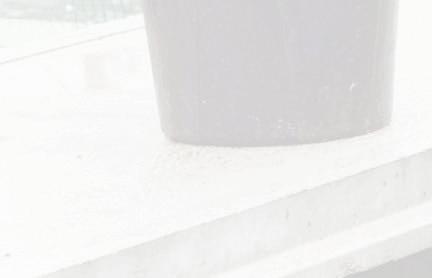
EL: Not anything major. In the beginning, a lot of people assumed I wasn’t strong enough for some of the work, which I wouldn’t even call an issue because it just meant that people would try to help me. I’m quite stubborn, so even though they would be trying to help, it would annoy me. It doesn’t take long for the people around you to realise you can actually do the work though.
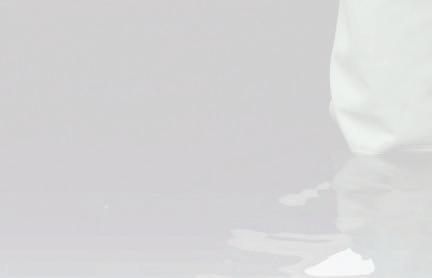
FF: What can the industry, or women in the industry, do to encourage more women and girls to get involved in aquaculture?
EL: I don’t think there’s anything stopping more women from entering the industry, so it’s really about getting the word out early. When you are young and thinking of your future career, it’s very unlikely that boating and manual labour style jobs would come up as a suggestion or something to think about, so I think just speaking to young women and girls who are making their career decisions and letting them know it’s a possibility – and a great career opportunity at that.
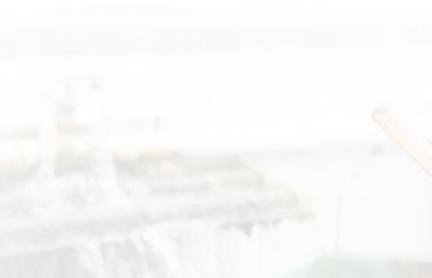
There isn’t really a typical day on a workboat
SEAWORK, Europe’s largest commercial marine and workboat exhibition, is a proven platform to build business networks. The 24th edition takes place over 13–15 June this year at the Mayflower Park venue, Southampton.
Delivering an international audience of visitors supported by trusted partners, Seawork is the meeting place for the commercial marine and workboat sector.
The exhibition encompasses 12,000m2 of undercover halls featuring 600 exhibitors and more than 70 vessels and items of floating plant and equipment on the quayside and pontoons.
Features include:

• Full Conference programme
• The European Commercial Marine Awards (ECMAs) and Innovations Showcase
• The Careers & Training Day
• Speed@Seawork
For more information, go online to www.seawork.com

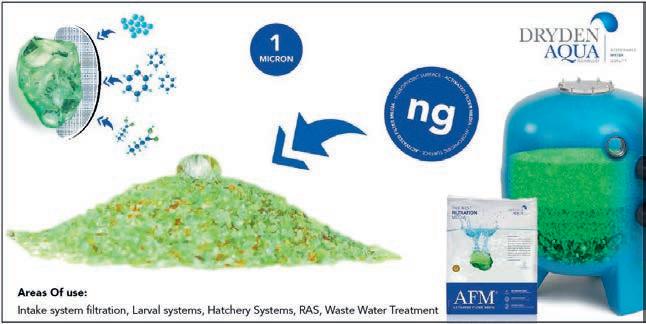
THE construction of the AFM Factory near Basel, Switzerland, in January 2020 enabled Dryden Aqua to start the sustainable mass production of its hydrophobic, next-generation(ng) AFM filter media.
Filtering down to 1 micron, the hydrophobicity makes AFMng uniquely suitable for the removal of organics, microplastics and fats. Filtering many parasite life stages, while providing clean water, AFMng is increasingly used for filtering incoming raw water supplies, as well as wastewater treatment before its release into the local environment. The filter media is sustainably produced from recycled materials. For more details, see www.drydenaqua.com
SEAEYE, Saab UK’s Fareham-based business, hosted local MP and Home Secretary Suella Braverman in February, as she visited the company’s new site. Seaeye, a world leader in underwater robotics, has been expanding rapidly, recruiting skilled jobs locally. The new site in Segensworth sees Saab’s presence grow to 8,400m2 as part of a multimillion-pound investment, and more than 100 new jobs are being created. The move to the new facility is expected to complete this autumn.
Braverman visited the site to meet with Saab UK’s senior management team to hear about the further growth being planned in Fareham and to see the progress being made on the new facilities.
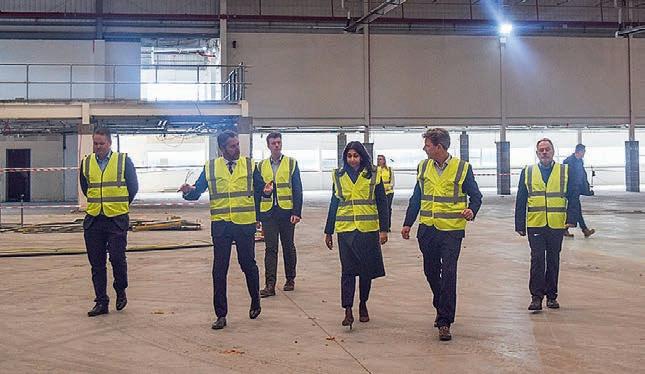
FIAP’S profibreed EggJar PRO glass jar, specifically shaped for the incubation of fish eggs, imitates natural stream conditions for optimal incubation and a high hatching rate. Hatching water passes from top to bottom through the inlet pipe located in the centre. The large diameter (30mm) of the water inlet and a semicircular-shaped bottom allow excellent flow conditions. The water requirement is approximately 4–5 litres per minute. The EggJar comes with a 1,000-micron lid strainer that prevents egg loss. When the fish hatch, the lid strainer can be removed to allow the fish to swim.
The EggJar PRO is suitable for trout, salmon, rock bass, catfish, tilapia and many other fish species, and has a capacity for approximately 45,000 trout eggs. www.fiap.com
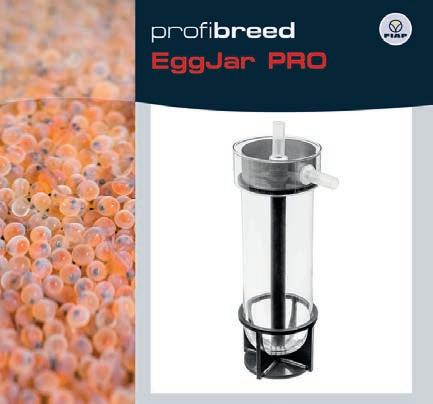
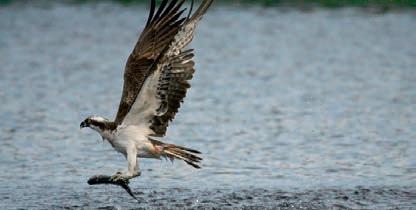
en.aquafuturespain.com
Santiago de Compostela, Recinto
FIG-Silleda, Spain
March 28-30, 2023
APRIL 23
LACQUA23
www.was.org
Panama City, Panama
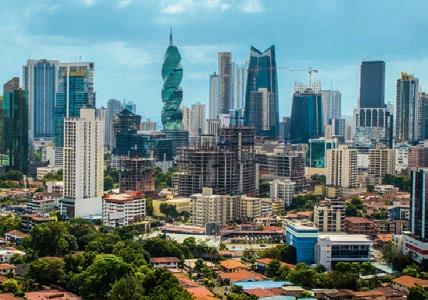
April 18-21, 2023
SEAWORK
www.seawork.com
Seawork is a “one stop shop” providing access to the commercial marine and workboat business.

Southampton, United Kingdom
June 13-15, 2023
SEAGRICULTURE USA 2023
seagriculture-usa.com
2nd International Seaweed Conference USA.
Portland, Maine, USA (TBC)
September 2023 (TBC)
NOVEMBER 23
AFRAQ 2023
www.was.org/meeting/code/AFRAQ23
Lusaka, Zambia
November 13-16, 2023
seagriculture.eu
12th International Seaweed Conference EU organised since 2012.
Trondheim, Norway

June 21-22, 2023
AUGUST 23
FEBRUARY 24
www.was.org
San Antonio, Texas, USA
February 18-21, 2024
MAY 24
AQUA
www.aquanor.no/en/ Trondheim, Norway
August 22-25, 2023
www.oceanbusiness.com
The hands-on Ocean Technology Exhibition and Training Forum.
Southampton, United Kingdom
April 18-20, 2023
MAY 23
www.bluefoodinnovation.com
London, United Kingdom
May 23-24, 2023
www.was.org
Darwin, Northern Territories, Australia
May 29-June 1, 2023
JUNE 23
THE SAGB’S 53RD ANNUAL CONFERENCE AND DINNER
www.shellfish.org.uk
June 6 - 7, 2023
SEPTEMBER 23
www.aquaeas.org
The European Aquaculture Society’s annual conference focuses on “Balanced Diversity in Aquaculture Development”.
Vienna, Austria
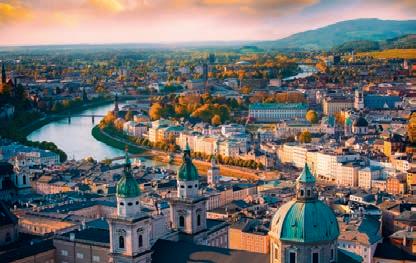
September 18-21, 2023
AQUACULTURE UK 2024
www.aquacultureuk.com
Aviemore will once again be the venue for this biennial trade fair and conference. It is undoubtedly the most important aquaculture exhibition held in the British Isles. The show has a tremendous following and with increased investment for 2024 it promises to reach even further across the broader aquaculture markets in both the UK and Europe.
Aviemore, United Kingdom
May 14-15, 2024
AUGUST 24
AQUA 2024
www.aquaeas.org - www.was.org
Copenhagen, Denmark
August 25-29, 2024
The theme of AQUA 2024 is BLUE FOOD, GREEN SOLUTIONS.
NOVEMBER 24
WORLD AQUACULTURE 2024
Oman
November 2024
The 24th edition of Europe’s largest commercial marine and workboat exhibition, is a proven platform to build business networks.
Seawork delivers an international audience of visitors supported by our trusted partners.
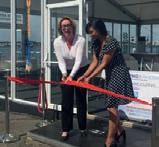


Seawork is the meeting place for the commercial marine and workboat sector.
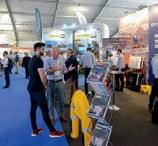

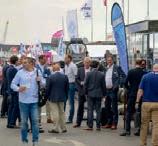
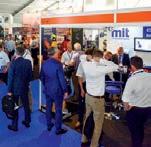

For more information visit: seawork.com contact: +44 1329 825 335 or email: info@seawork.com
12,000m2 of undercover halls feature 500 exhibitors with over 70 vessels, floating plant and equipment on the quayside and pontoons.
Speed@Seawork on Monday 12 June at the Royal Yacht Squadron in Cowes offers a sector specific event for fast vessels operating at high speed for security interventions and Search & Rescue.

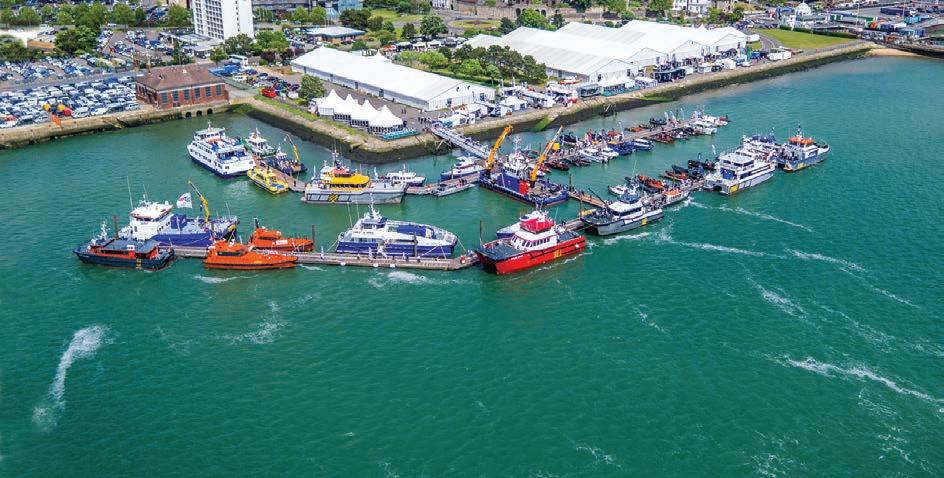
The European Commercial Marine Awards (ECMAs) and Innovations Showcase. The Conference programme, chaired by industry experts, helps visitors to keep up to date with the latest challenges and emerging opportunities.
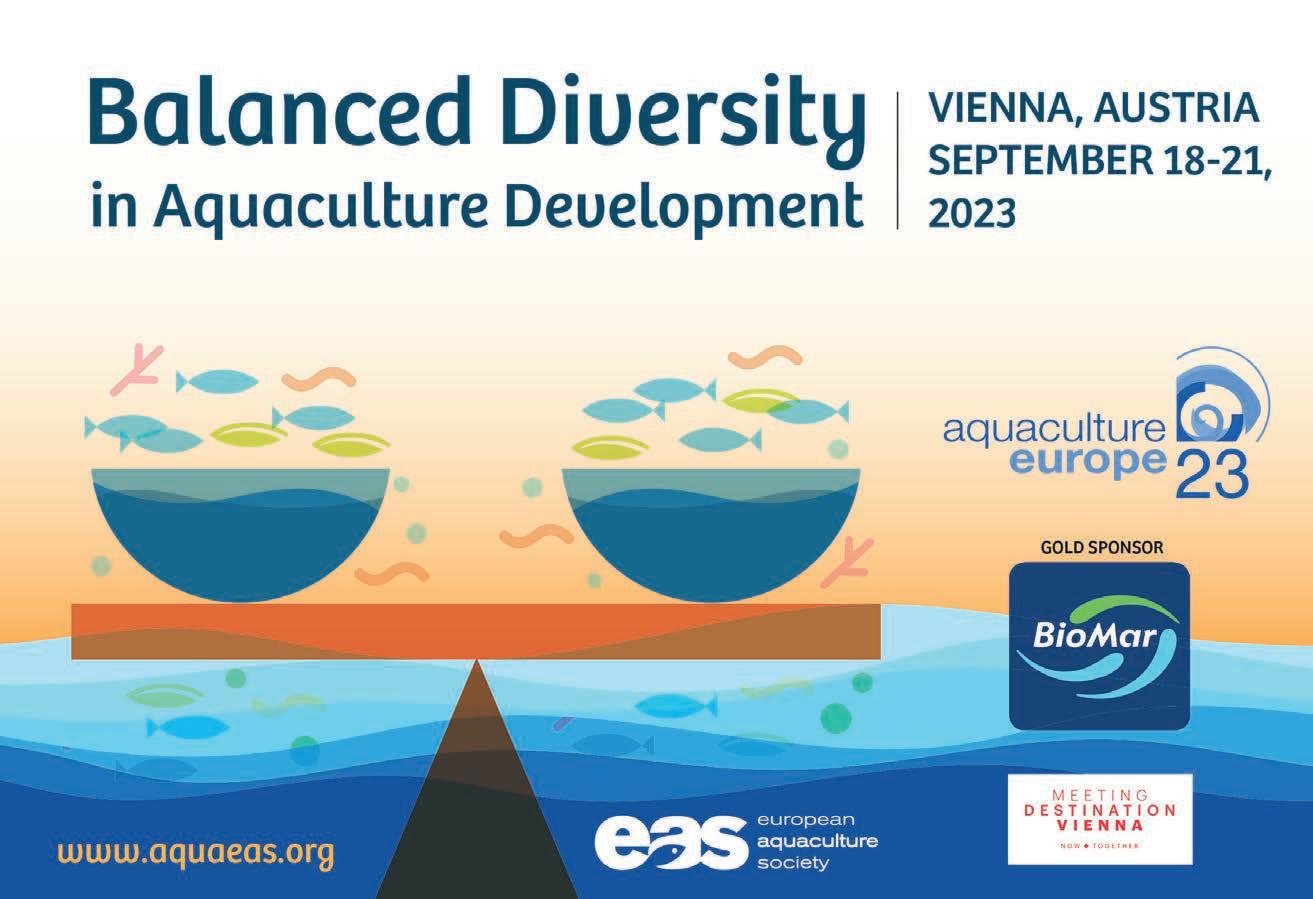
The Careers & Training Day on Thursday 15 June 2023 delivers a programme focused on careers in the commercial marine industry.
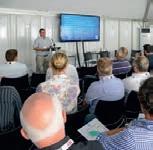

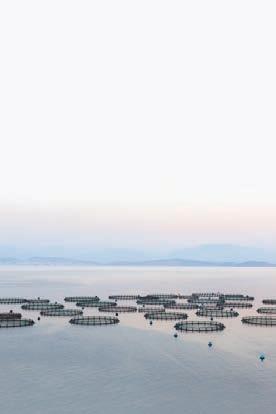

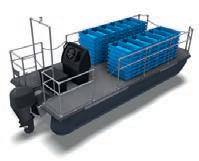











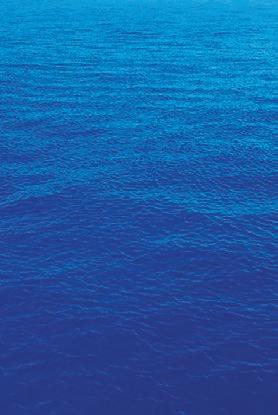
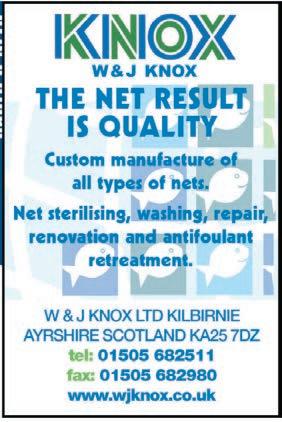












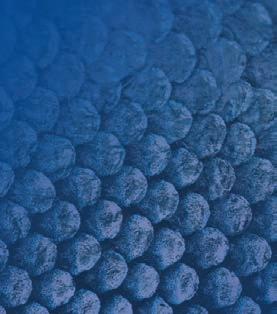



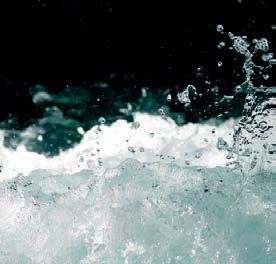




















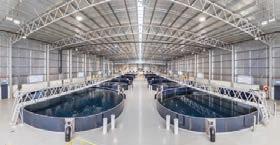




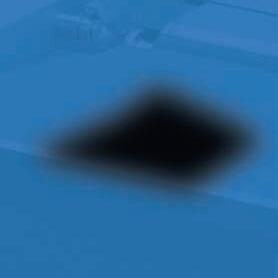






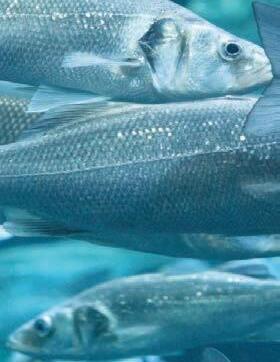


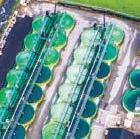
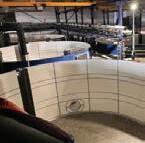
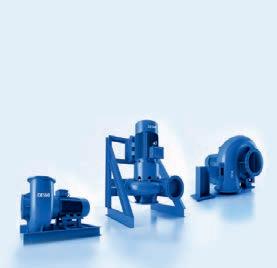

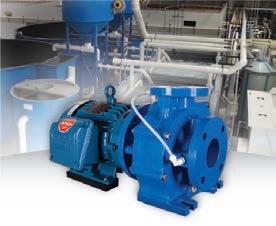



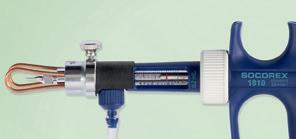


I’m sure you’re all aware that fruit and vegetables are starting to run short. The government is saying: “It’s all to do with bad weather.”No one appears to be looking at the underlying causes of the shortages. Last year, it was courgettes and now we have a whole raft of things. Food prices have risen sharply and they can’t blame the current shortages on the Ukraine war, so they find some other thing that they couldn’t have predicted –such as the weather in Africa.
The blame game in politics only encourages looking for shortterm excuses. Rarely, if ever, is there an attempt to look for a deeper cause.
There are few in power who are willing or have the experience to look at this problem. So they use advisers who have their own political axe to grind, as is patently obvious when it comes to our own industry.
As I write this, the BBC has issue an article about food inflation. Apparently, dairy products and a few other selected items have risen by 17% over the last four weeks. I doubt this is the last we will hear or see in this area, as very few food producers in the UK feel particularly disposed to producing more for a government of either flavour.
As margins are so tight, greenhouse producers have been extremely wary of producing more and so have been keeping production very tight to their projected sales. It has come as a shock to government that you can’t just produce tomatoes instantly when you want them!
While we are theorising about what we should eat, no one is trying to work out if we can produce what we need or whether these changes will be worse for the environment. I note with a degree of grim satisfaction that those scions of intelligence at Cambridge University have voted that all food at their campus should be vegan. At least we know that they will be a little thinner as the shortages bite.
We have very little traction abroad as we tend to pay low prices for the food we buy. This problem is exacerbated by the public’s attitude to food generally. When food prices rise, our purchasing power is limited because any increase in price is seen as much larger from such a low starting point. In 2017, Europe spent 50% more on food per capita than the UK (c.8% vs. c.12%). This means that price rises hit us much harder, but also our food buyers have to negotiate much harder. In times of short supply, who would you sell to?
So I don’t see this improving quickly. Thomasina Miers, an exMasterChef winner who runs a chain of restaurants, was quoted recently as saying the food system “is broken”. She suggests that more sustainability is needed and that moving towards more vegetable-based production would solve this problem. It all seems so easy until someone notes what has happened to Spain, Morocco and California to name a few. Their groundwater is so depleted that they are at risk of collapse.
Let’s not start discussing biodiversity issues as large amounts of countryside disappear under plastic. Nor should we notice or discuss the huge use of chemical fertiliser required for this type of production.
Until government starts to look at the food production system
holistically, we will have more biased advisers presenting targeted information to achieve their desired end. The size of our population and the potential of our food production system mean that we need a balanced mix. If we allow these advisers to control our food production, it isn’t just vegetables that will go short!
As I travel across Europe, I note that some cultures are much more food aware than others, eating a much more varied diet and wasting little food. Whilst I think it will be a long time before we see a similar culture develop in the UK, I do think that the rise in food prices has some benefits. More money and investment will go into food production and the countryside, which has sadly been lacking for about 50 years. High prices will encourage more people to learn how to cook and make use of cheaper cuts and cheaper vegetables. Lastly, and for me probably most importantly, it will make people think twice before throwing away good food. This may be a painful period in many ways, but it is to be hoped that at the end of it, food production is put back on top of the government’s agenda.

We have very little traction abroad as we tend to pay low prices for the food we buy




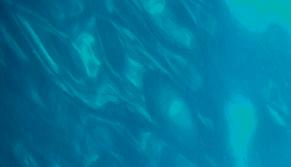




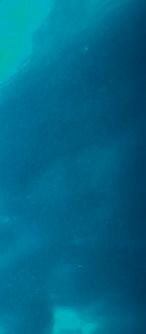















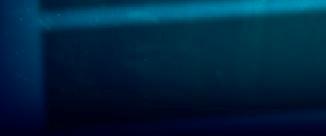

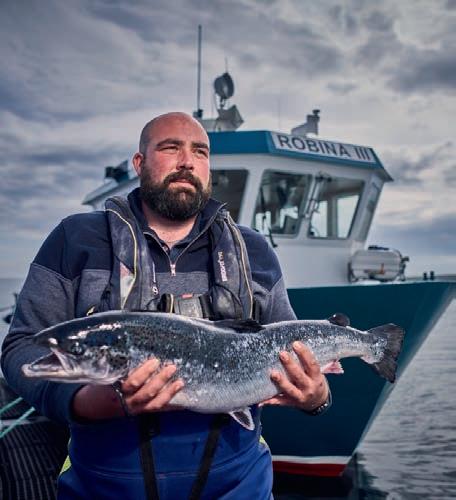














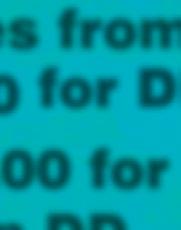


Clynav™ will turn the way you see PD control upside down.

Clynav is like no other PD vaccine - it uses Elanco’s unique DNA plasmid technology and has become the leading choice for PD protection in Norway. Clynav is delivered intra-muscularly without the need for an adjuvant.








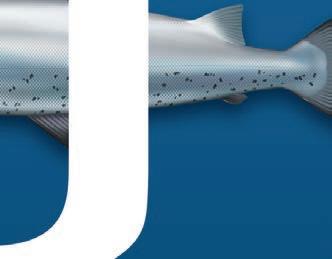













So, with Clynav, you can rest assured of excellent PD protection without the risks associated with conventional vaccines.
Take back control of PD with Clynav. It will change your point of view, for good.
